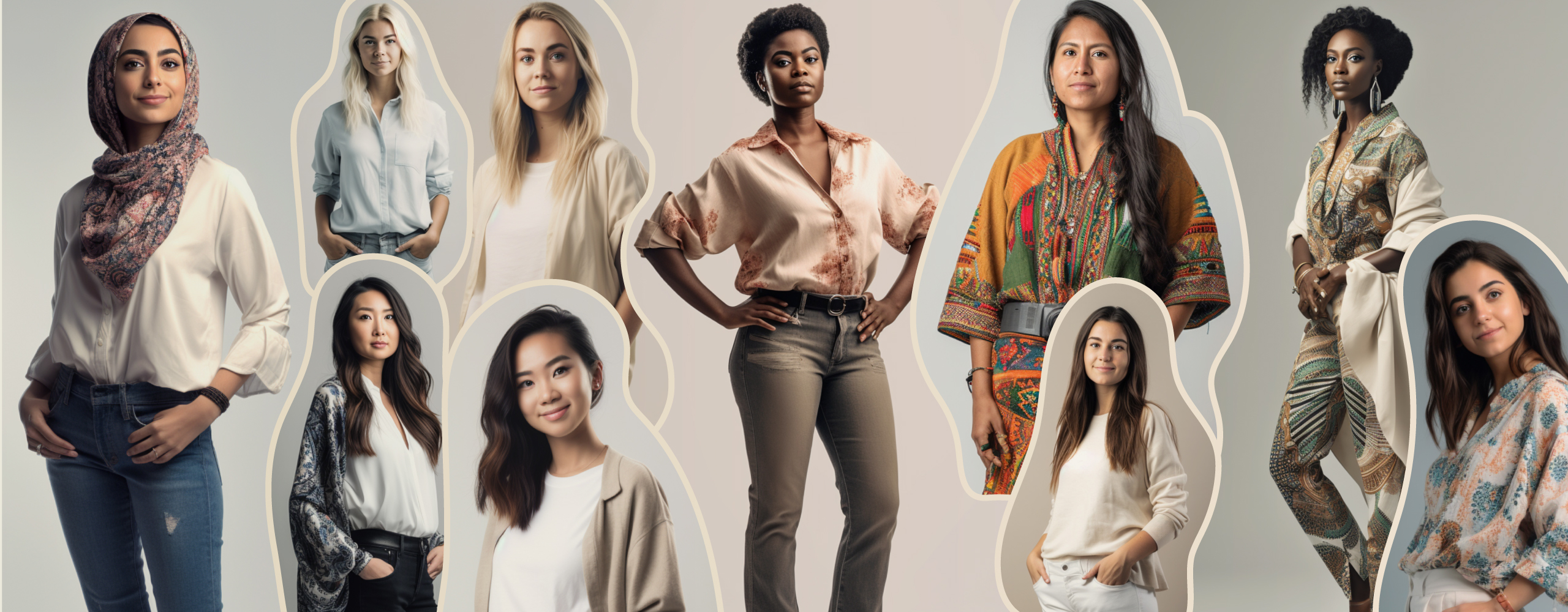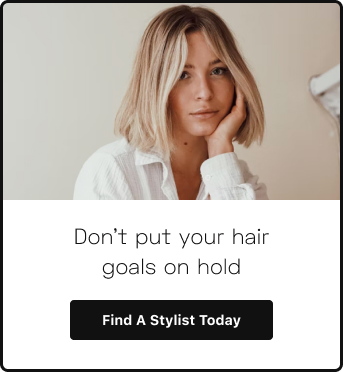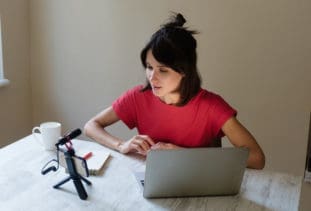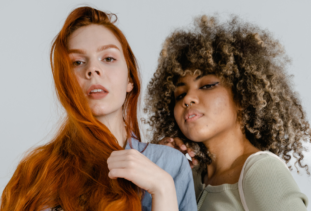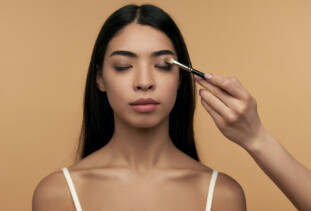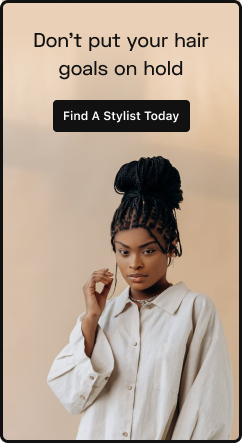Motivated by the question of how beauty is perceived differently across cultures, we embarked on a project using Midjourney, an AI image generator, to showcase “beautiful women” worldwide. The challenge was in crafting an AI prompt, free from our biases, that could effectively guide the AI to consistently generate the images we sought, culminating in a prompt detailed in our methodology section below.
Since beauty is a subjective concept with diverse definitions shaped by cultural contexts, we wondered how AI would interpret our prompts. It’s important to understand that AI’s “understanding,” derived from human-input data, reflects human perspectives. Therefore, we are not comparing AI perception with human perception, but exploring whether AI can replicate the diverse patterns of beauty as interpreted by humans worldwide. We also question if AI, like its human data sources, might uphold unrealistic beauty standards.
The resulting images are captivating. Their allure lies not only in the artistic expression of the AI, but also in the fascinating spectrum of beauty they encapsulate. Each image stands as a unique interpretation of beauty, offering a glimpse into the variability of aesthetic standards across the globe.
Click the images below to view full body renderings.
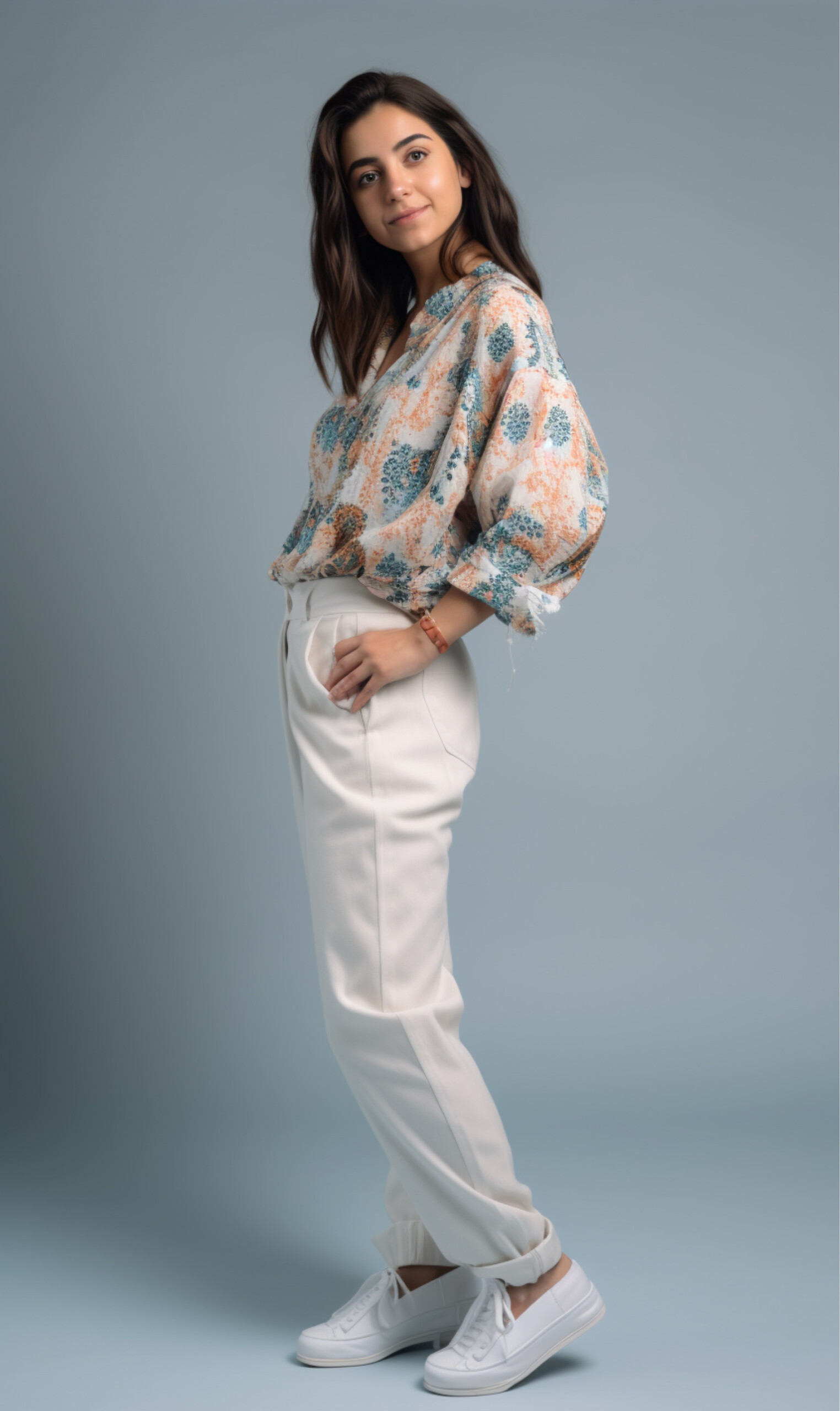
Algeria
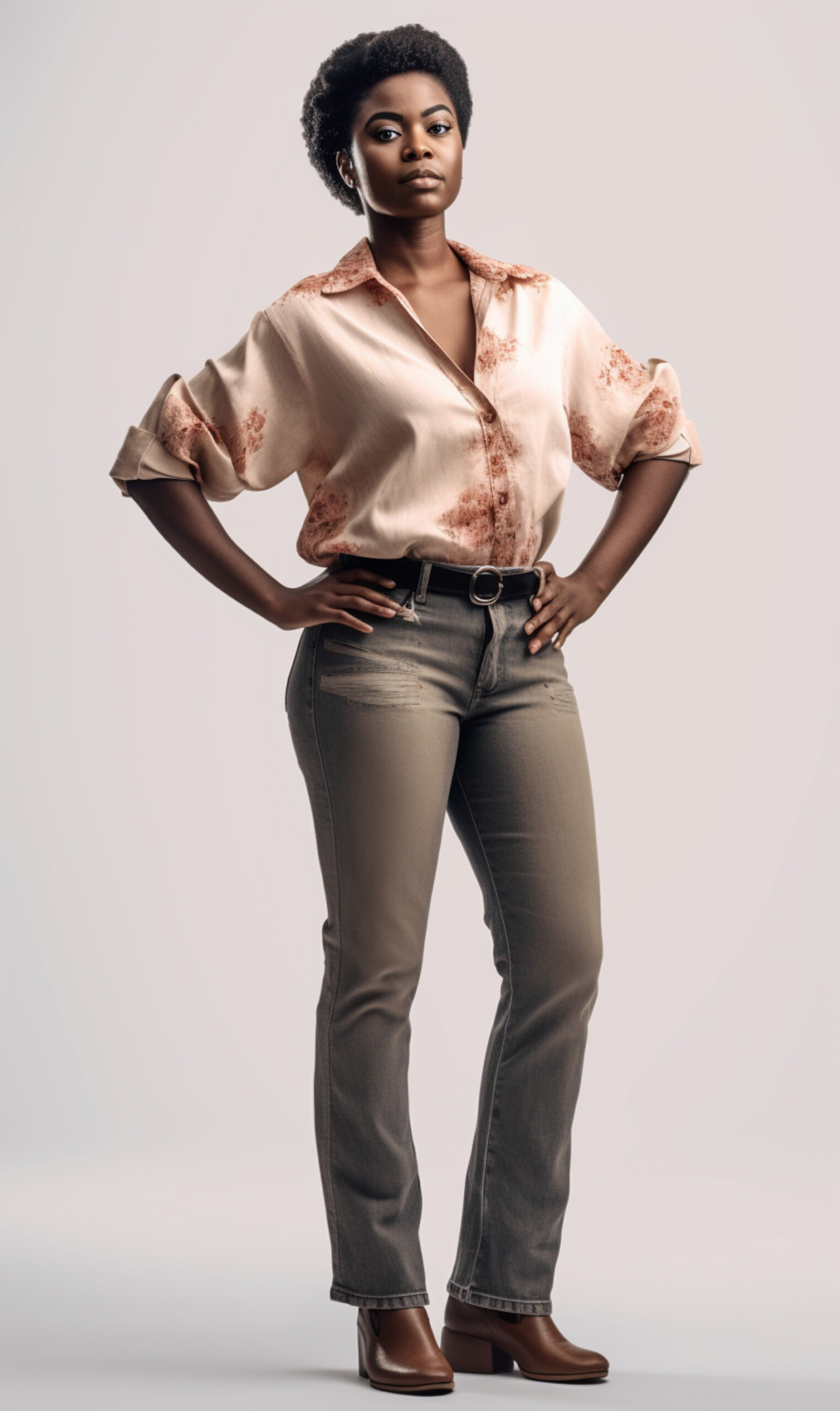
Angola
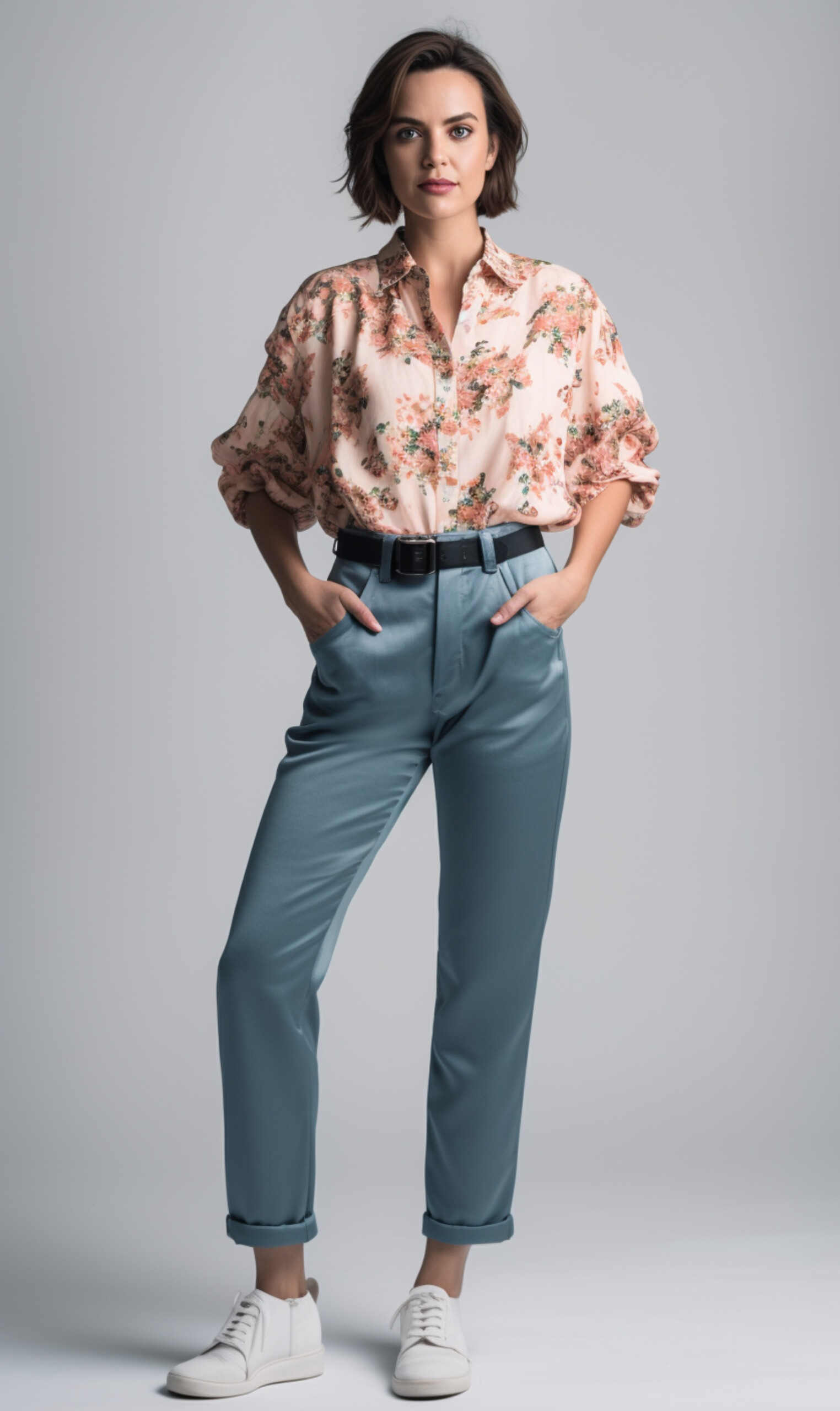
Argentina
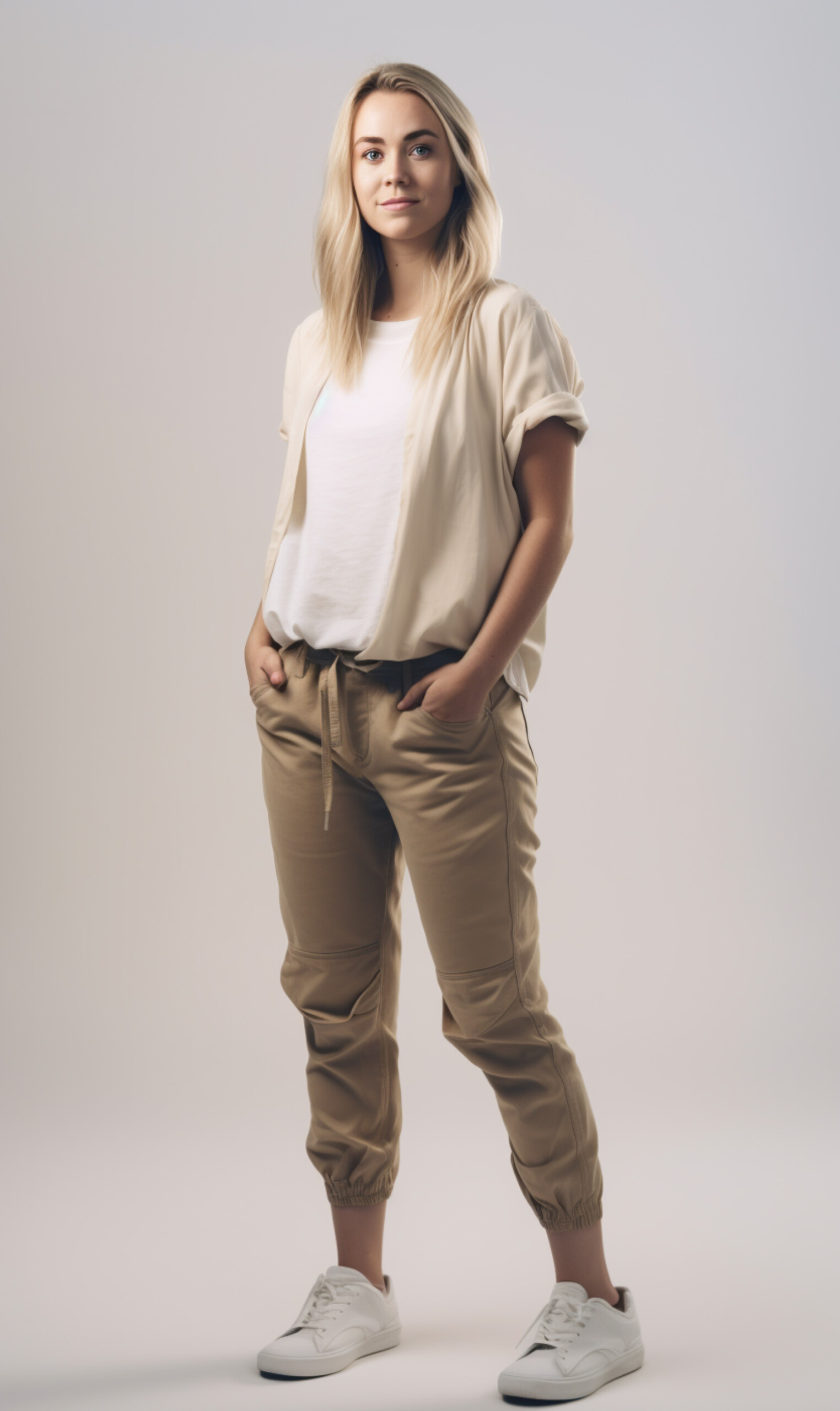
Australia
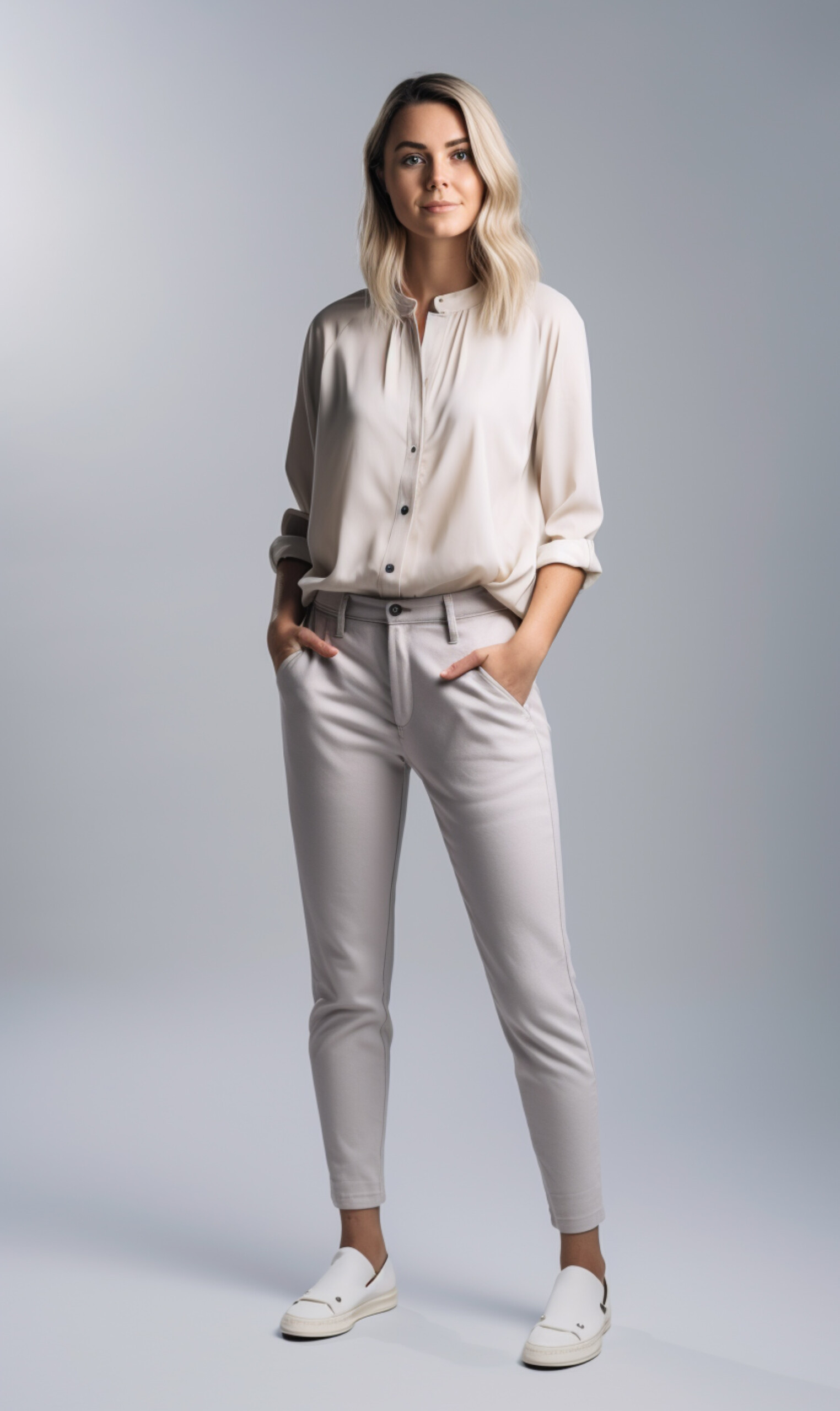
Austria
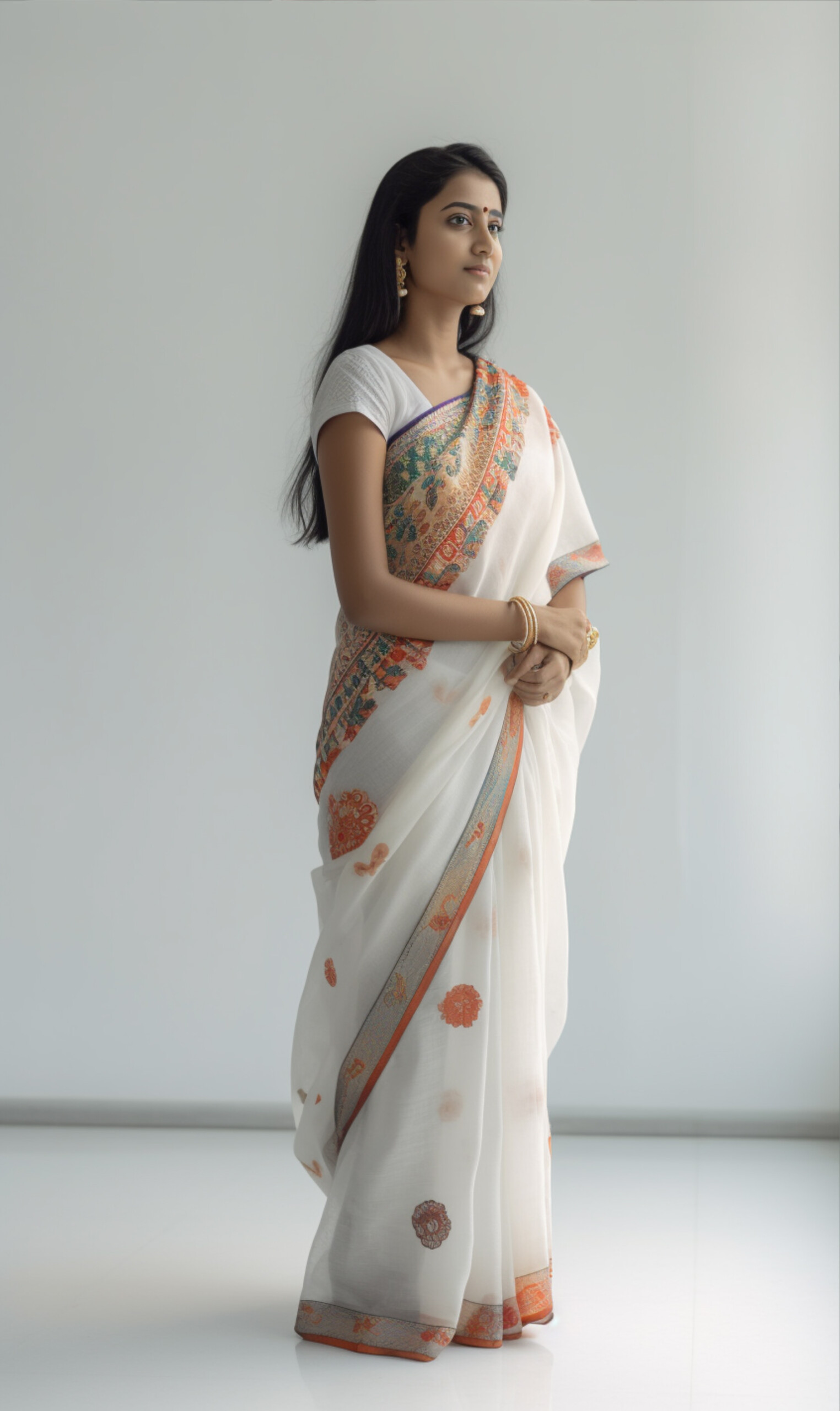
Bangladesh
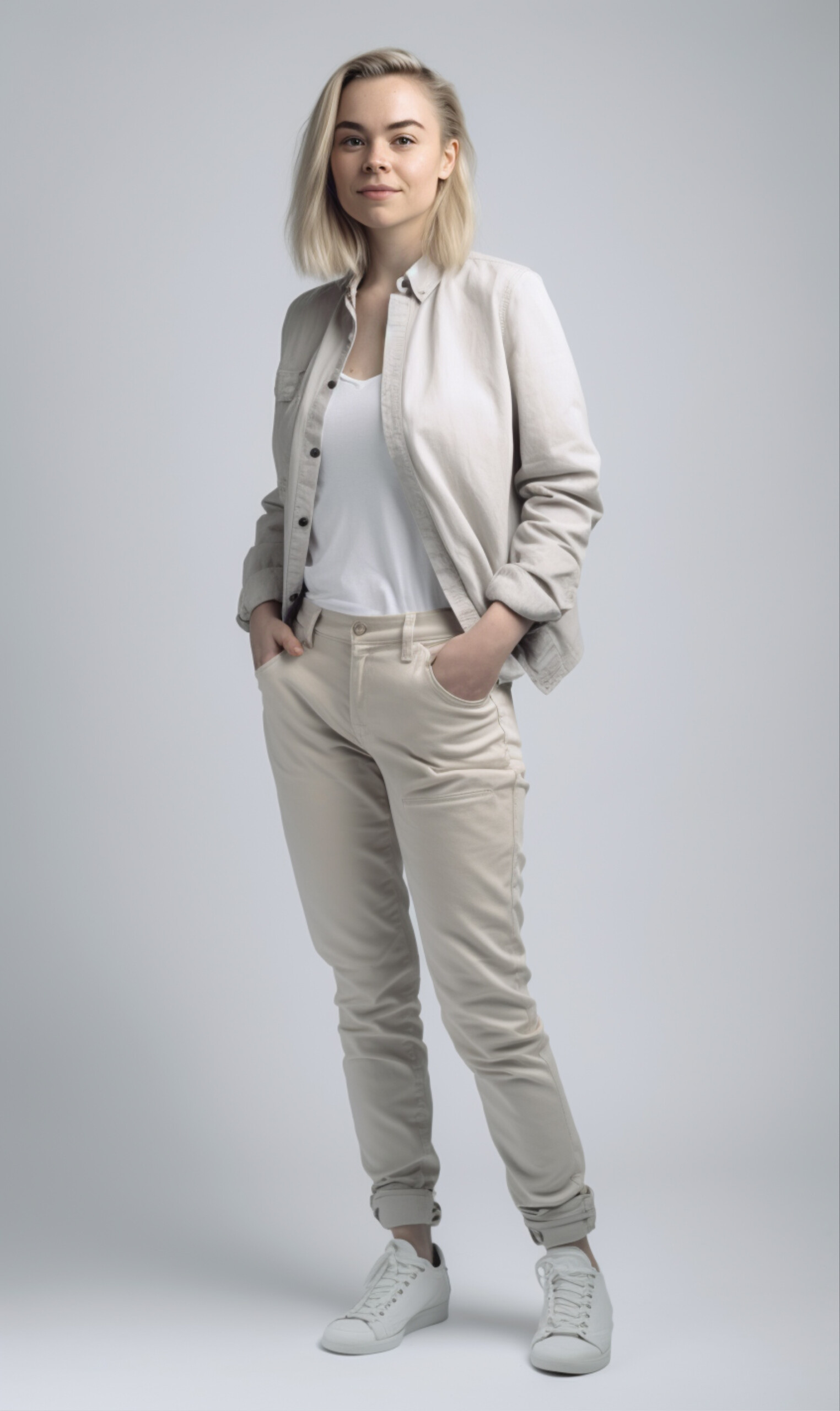
Belgium
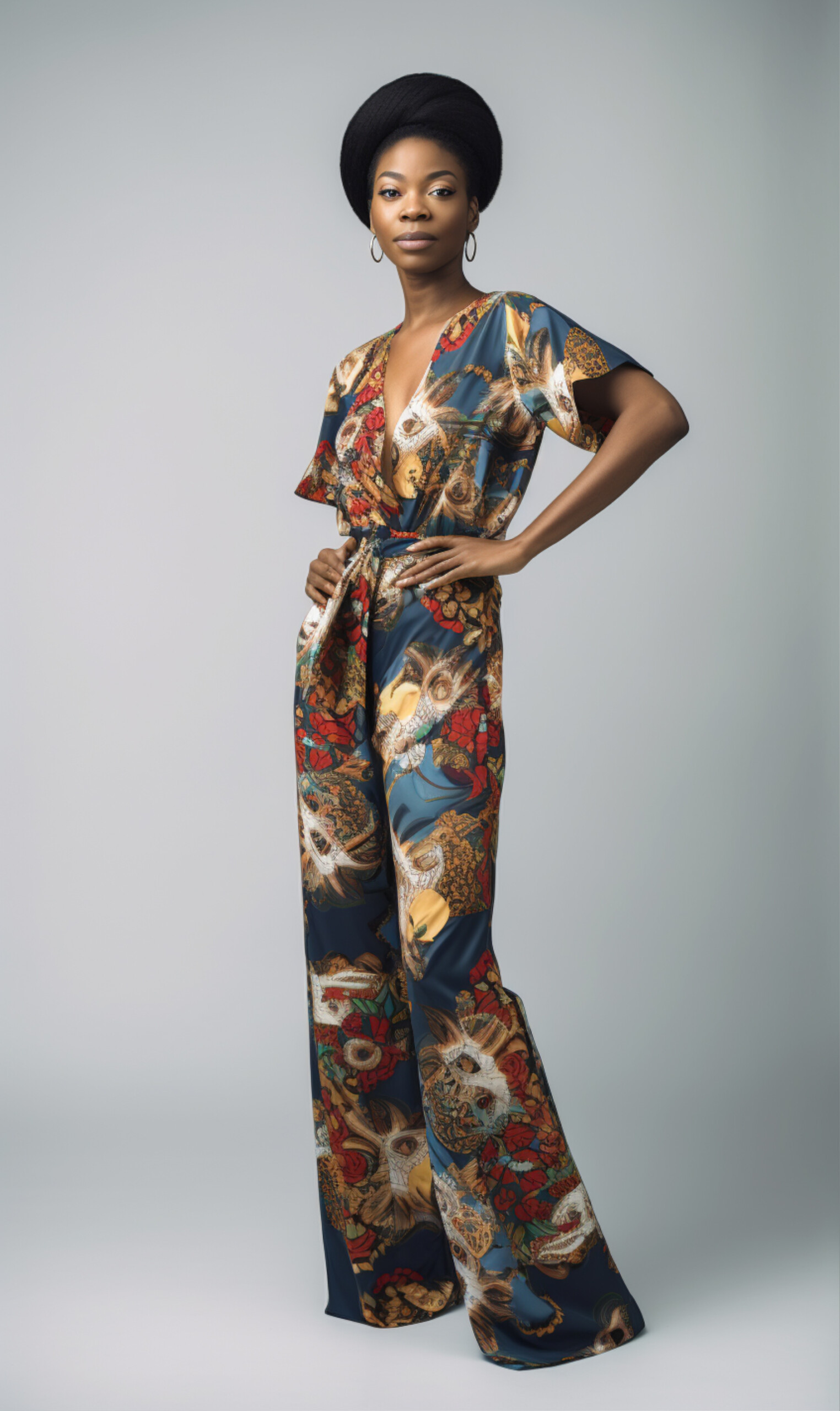
Benin
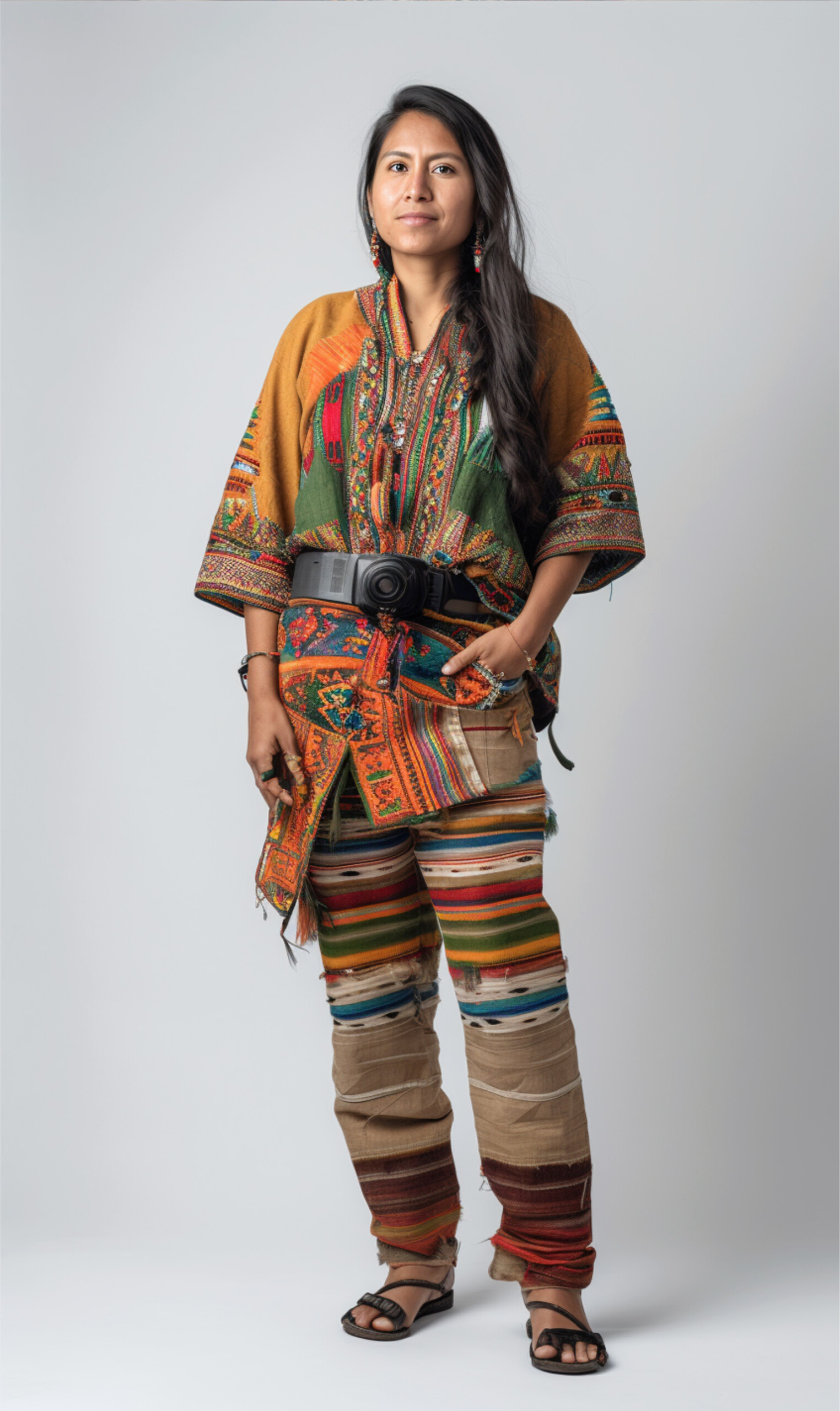
Bolivia
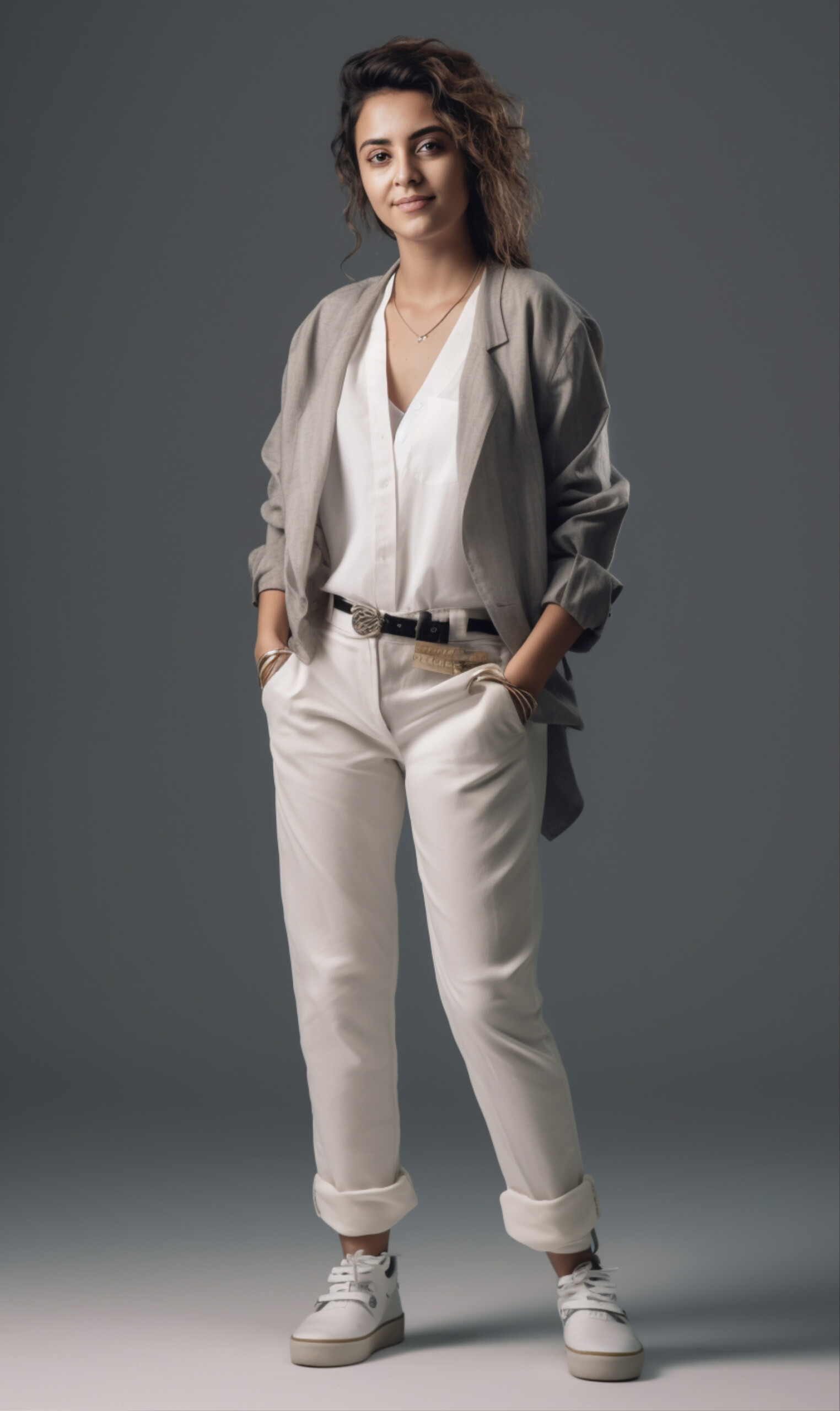
Brazil
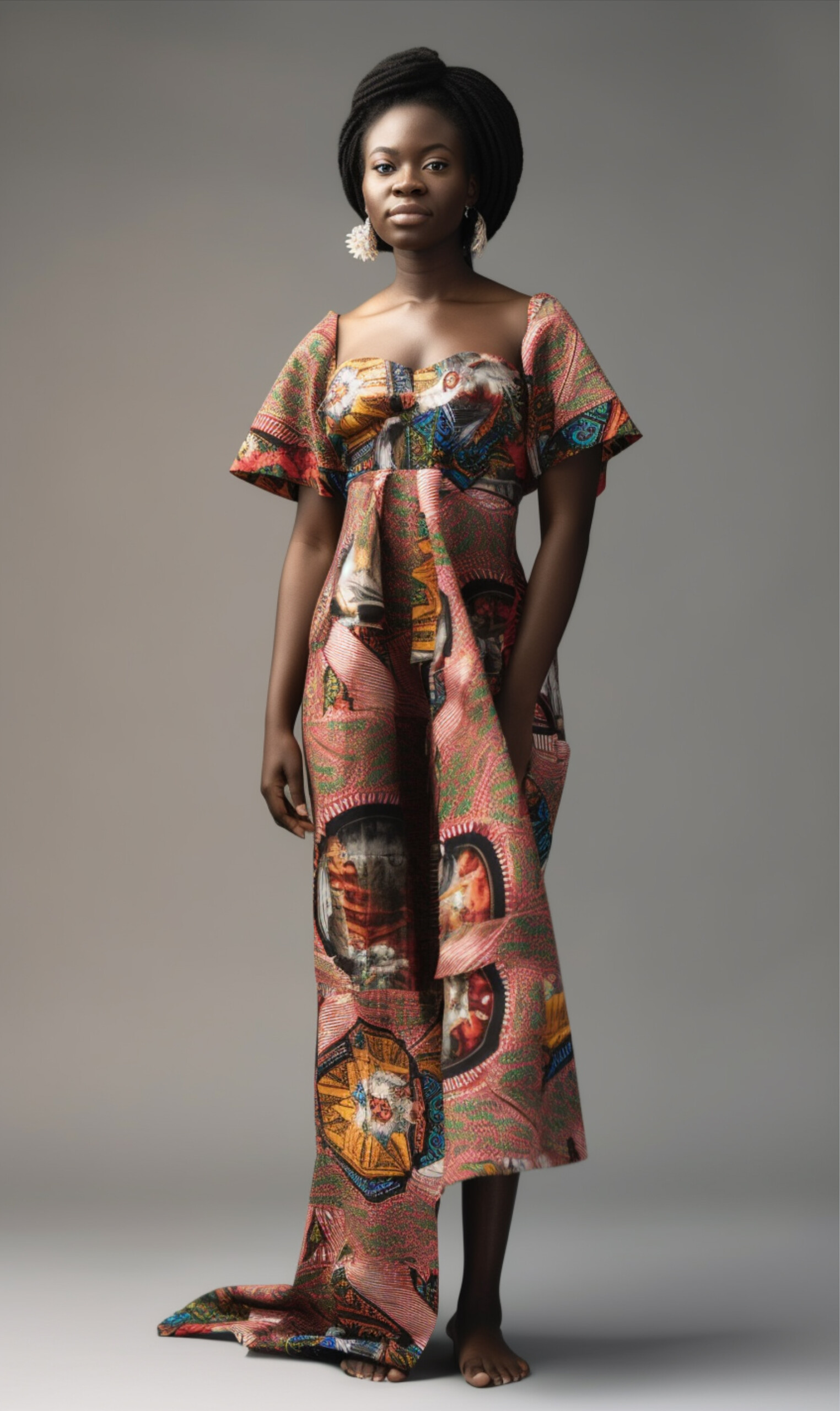
Burkina Faso
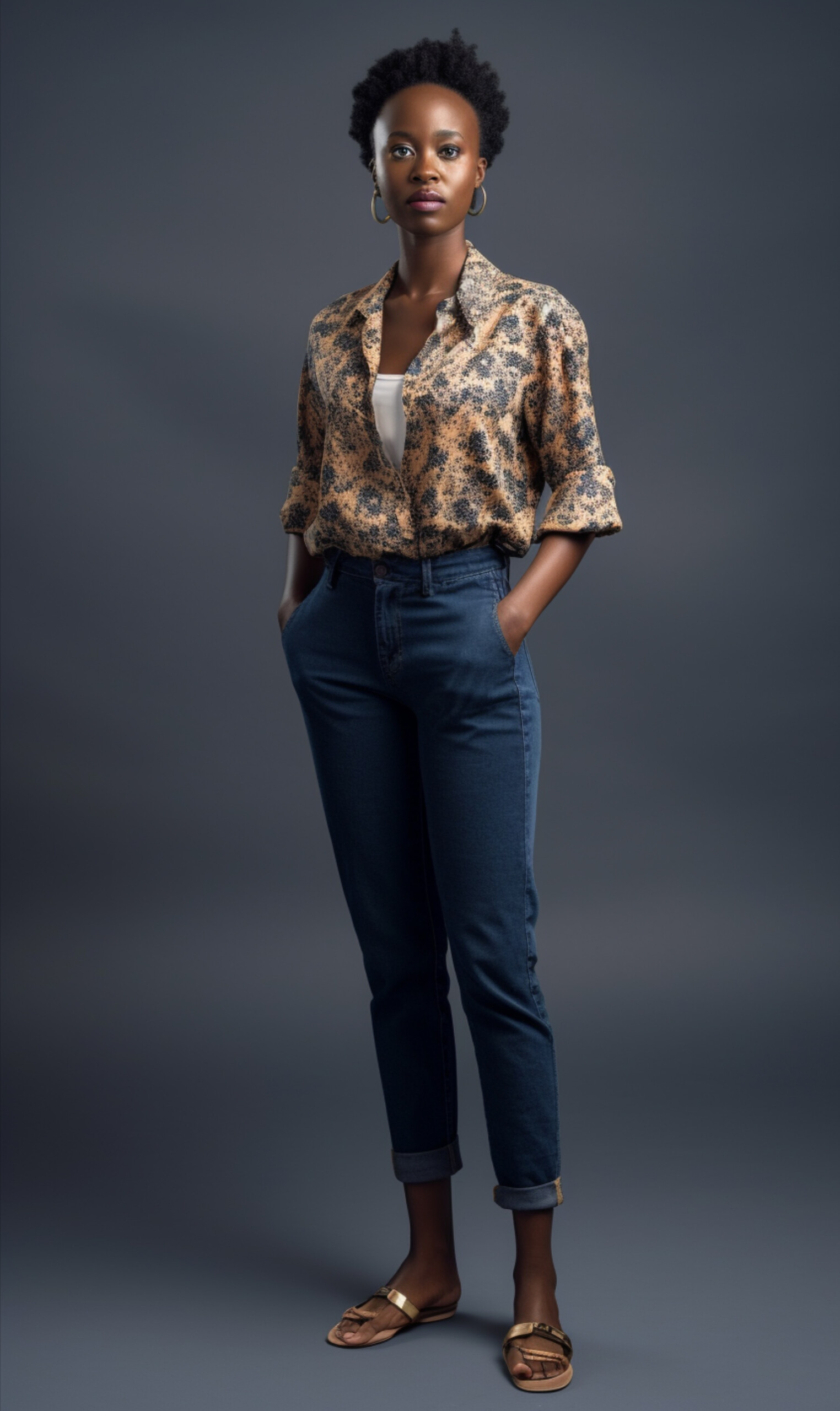
Burundi
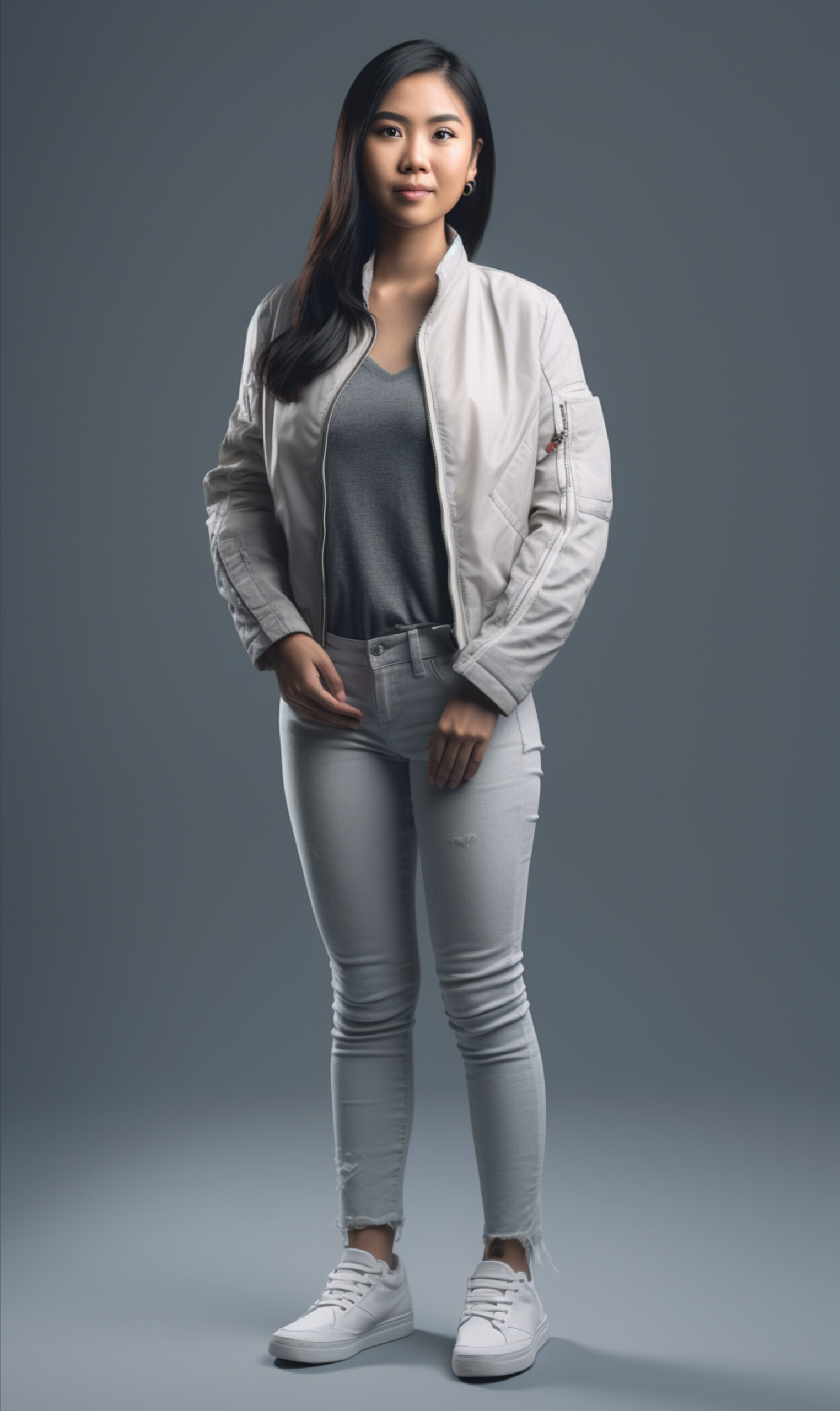
Cambodia
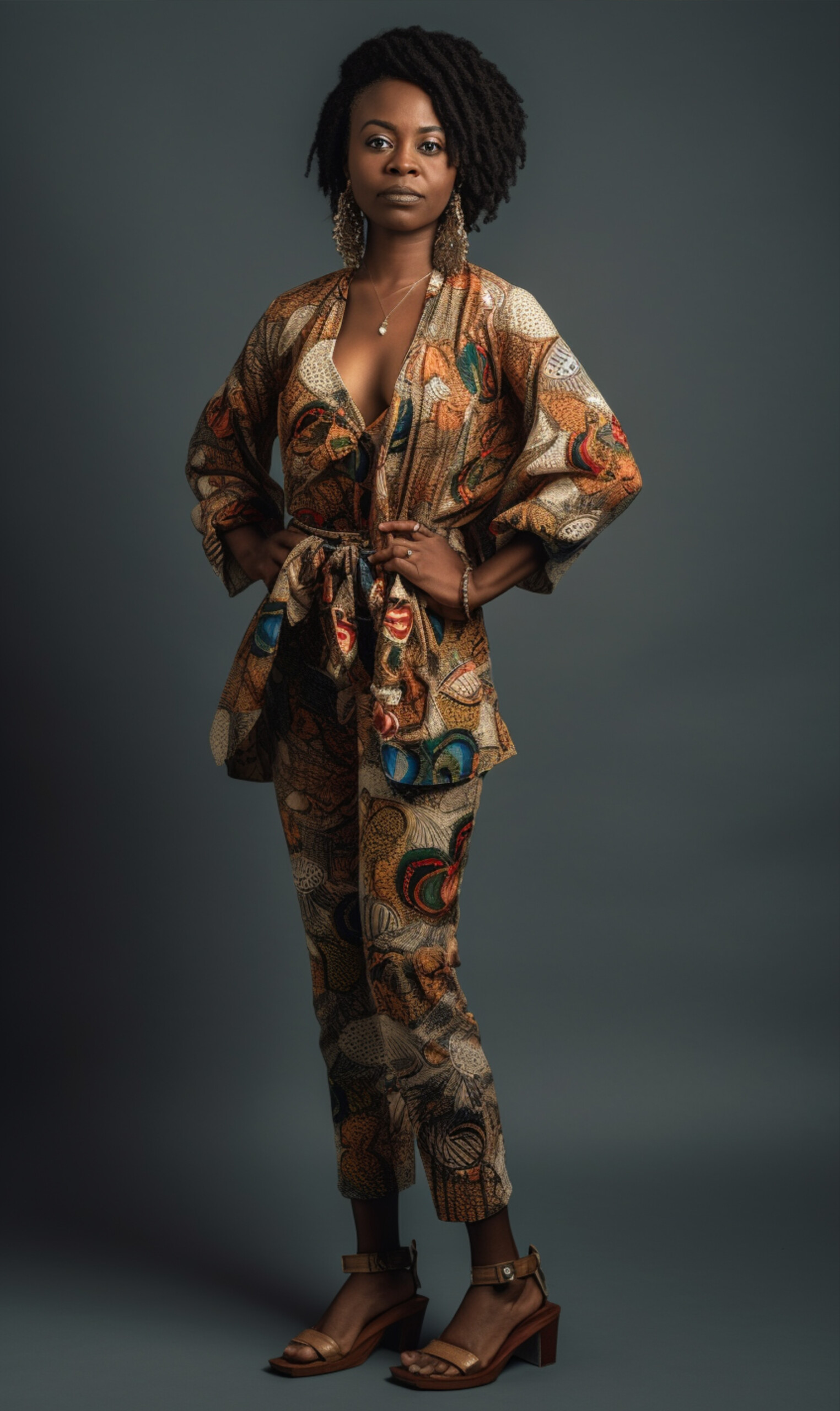
Cameroon
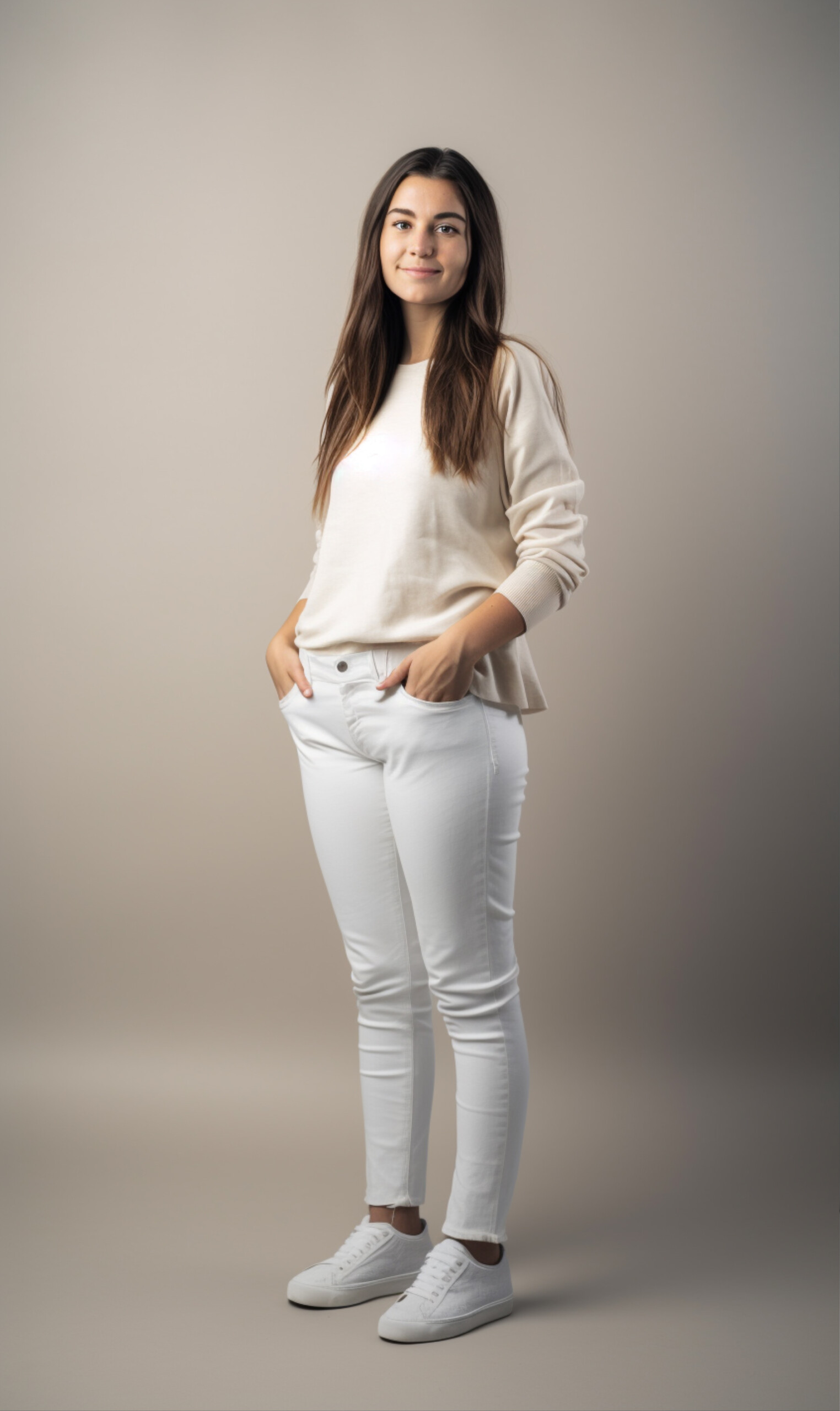
Canada
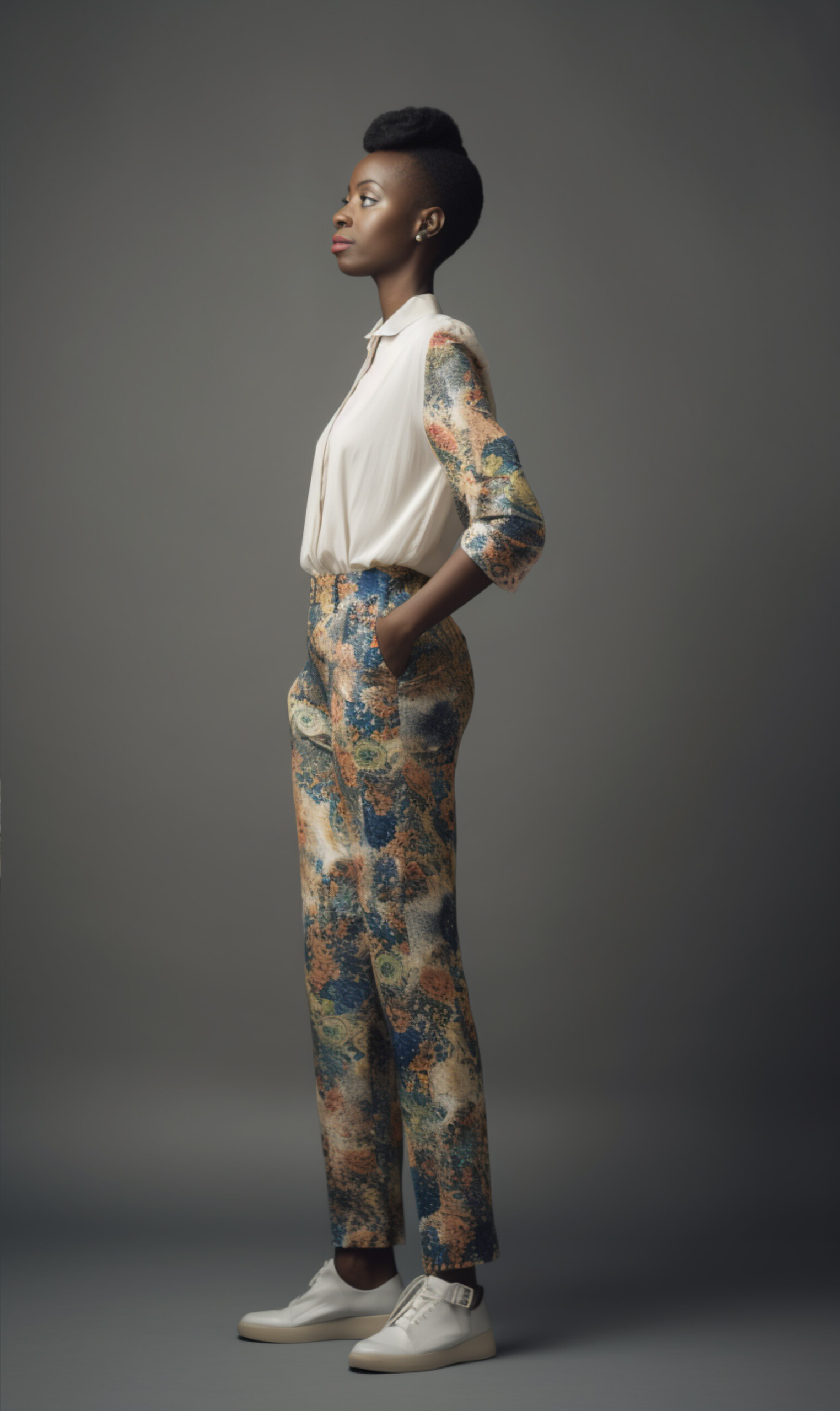
Chad
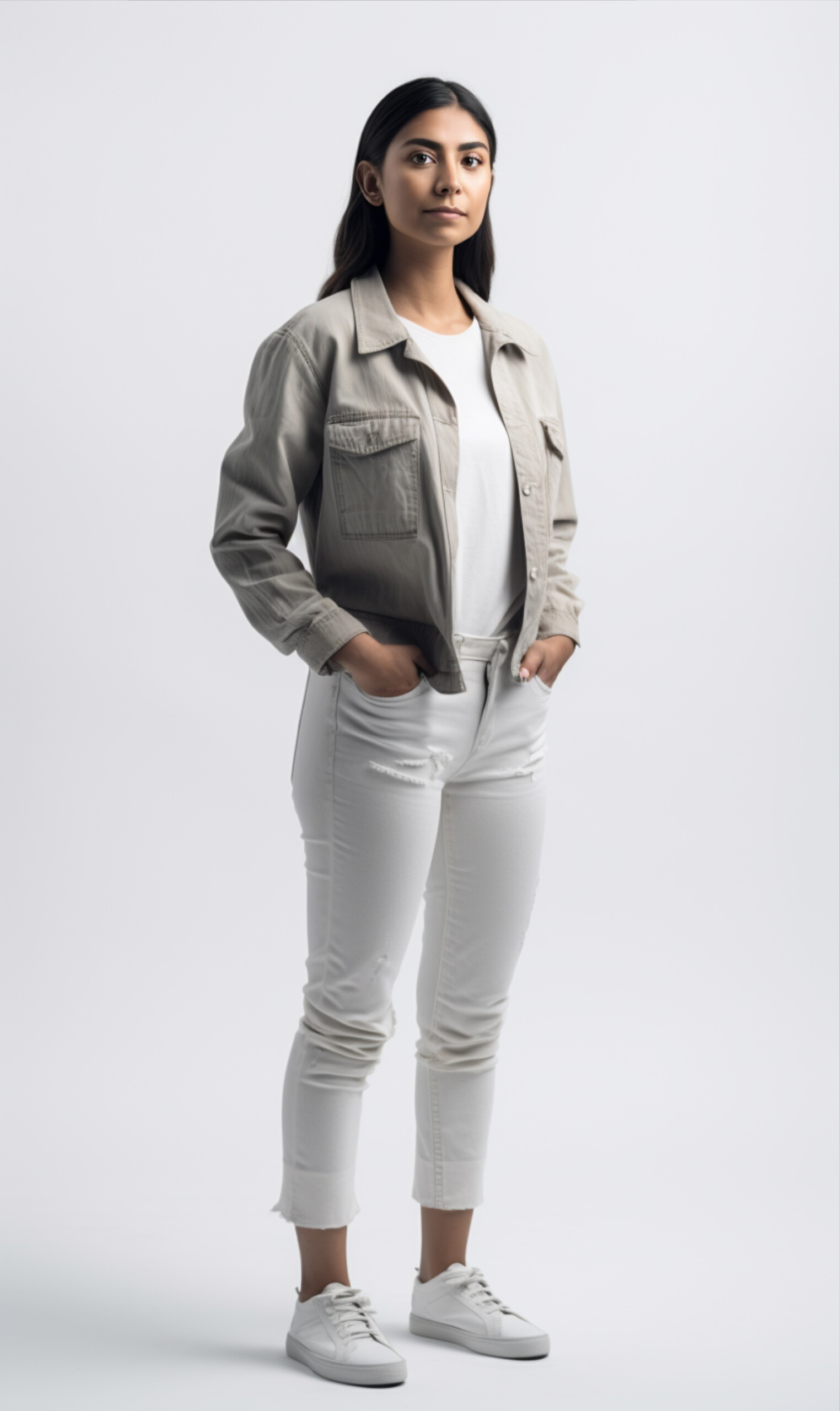
Chile
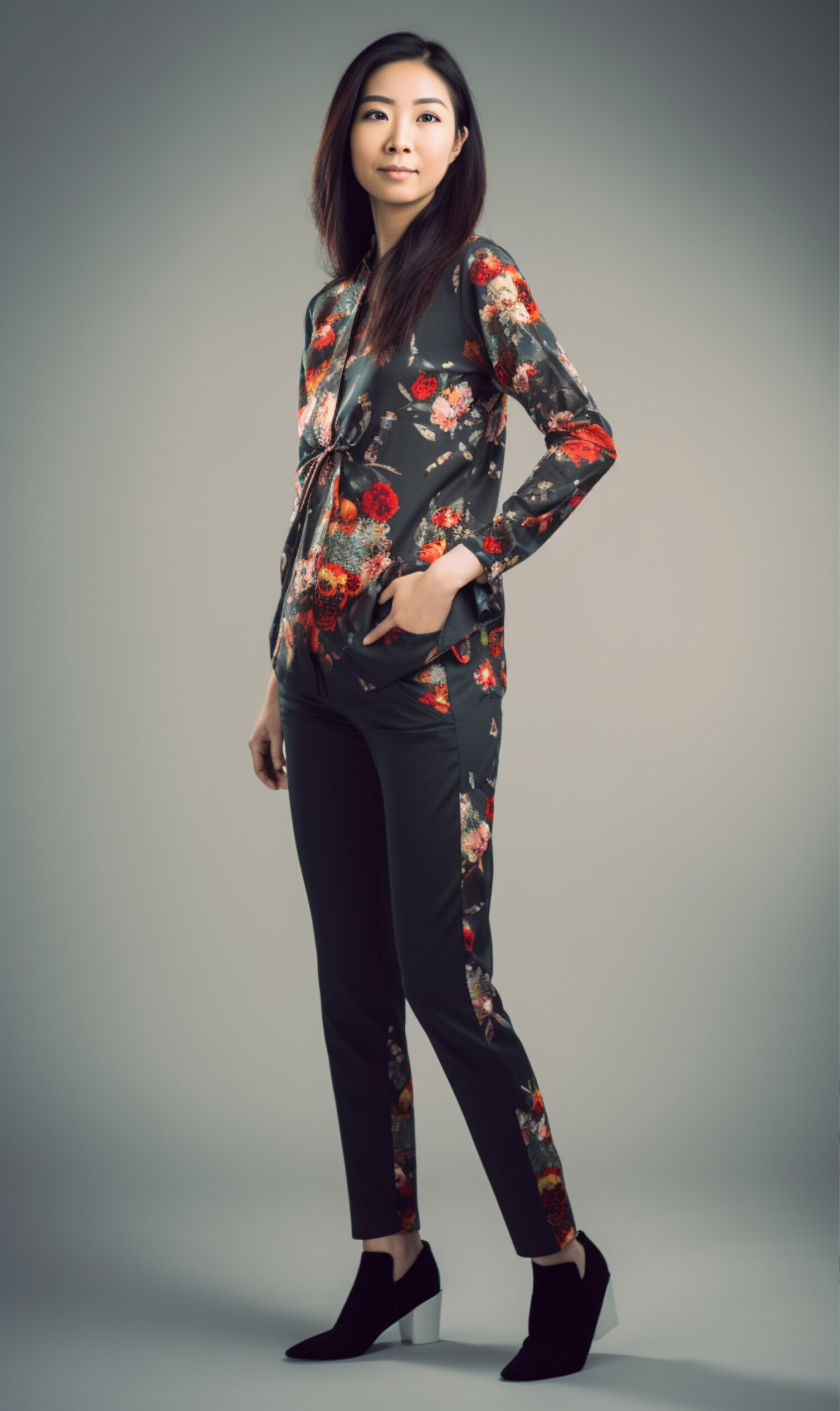
China
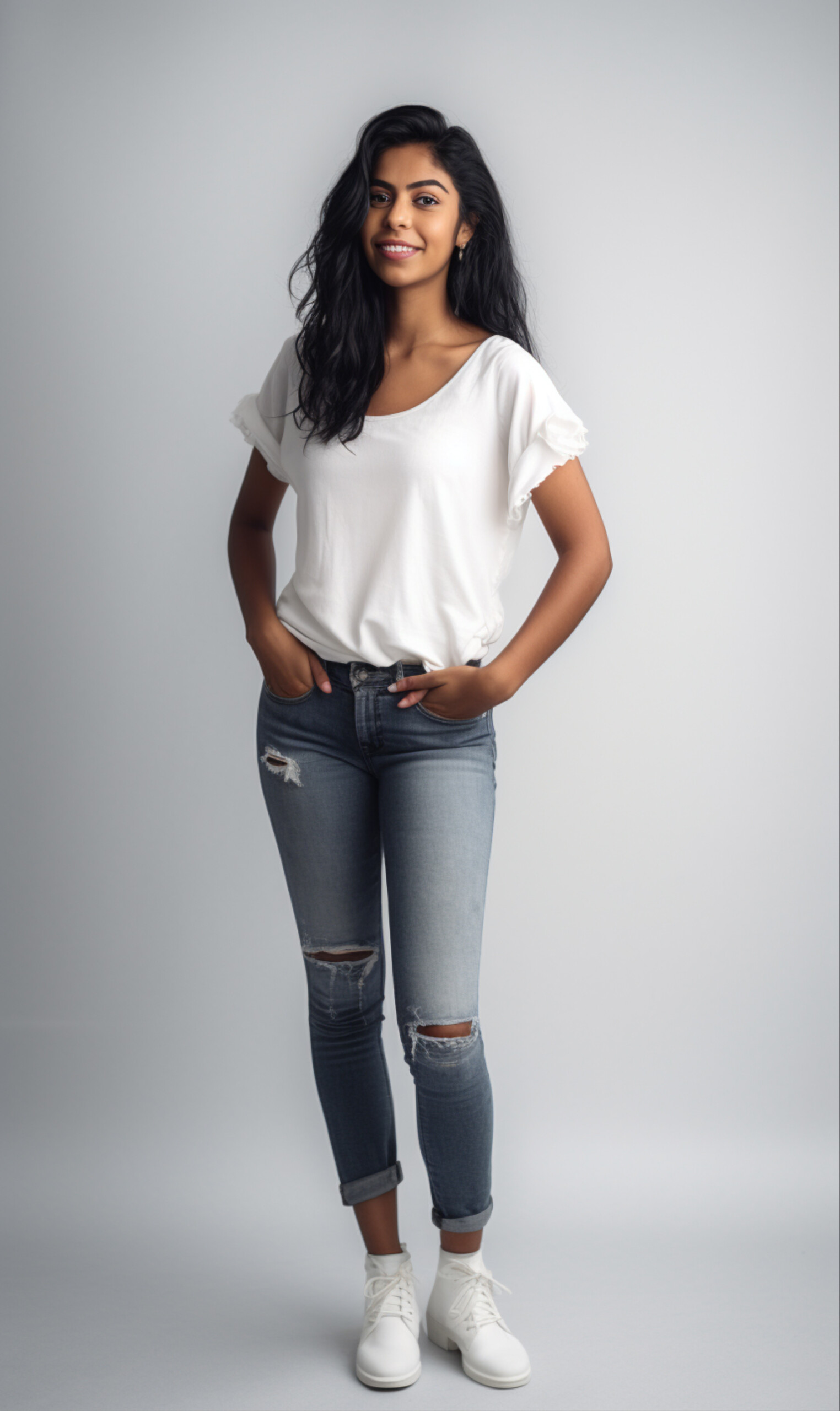
Colombia
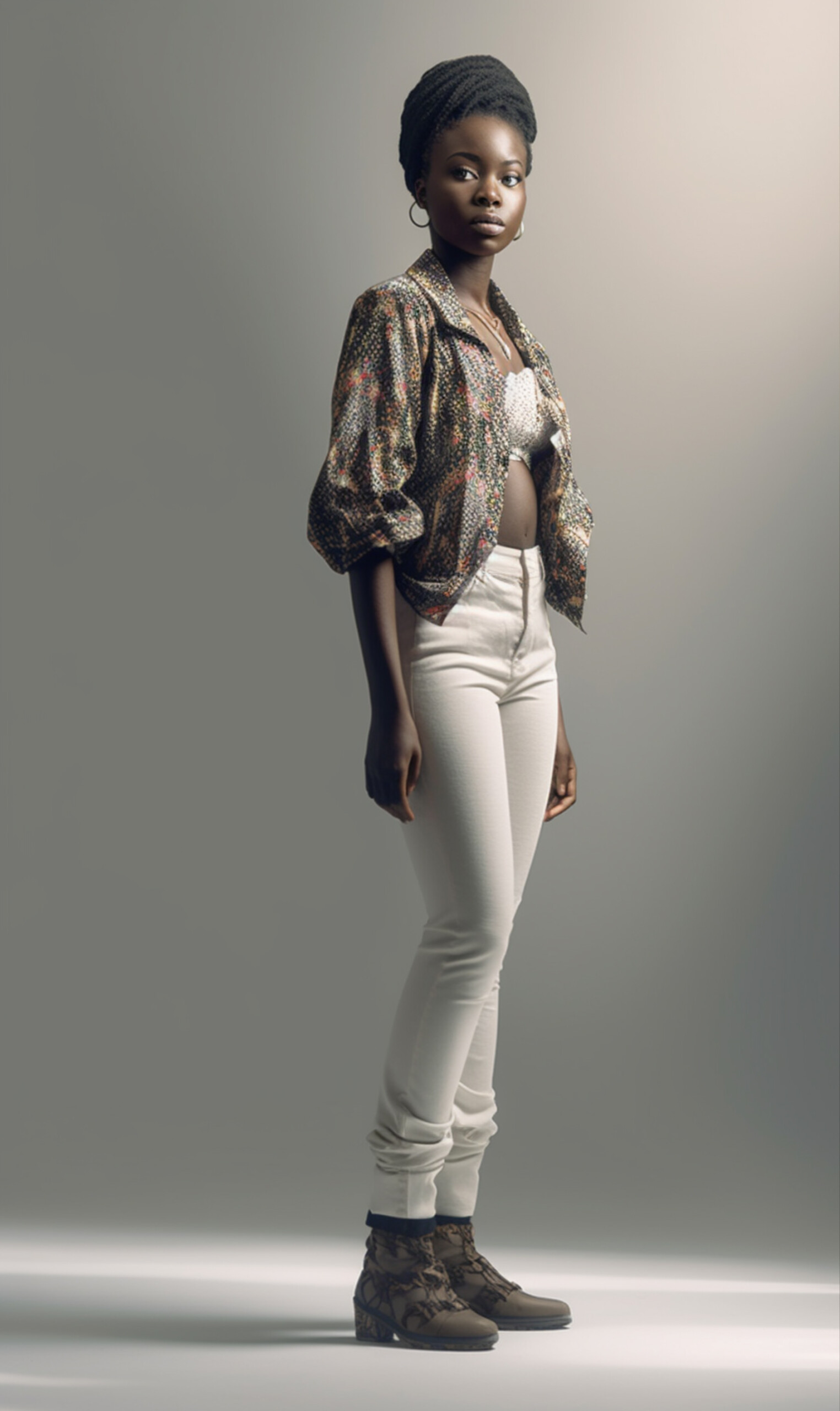
Congo
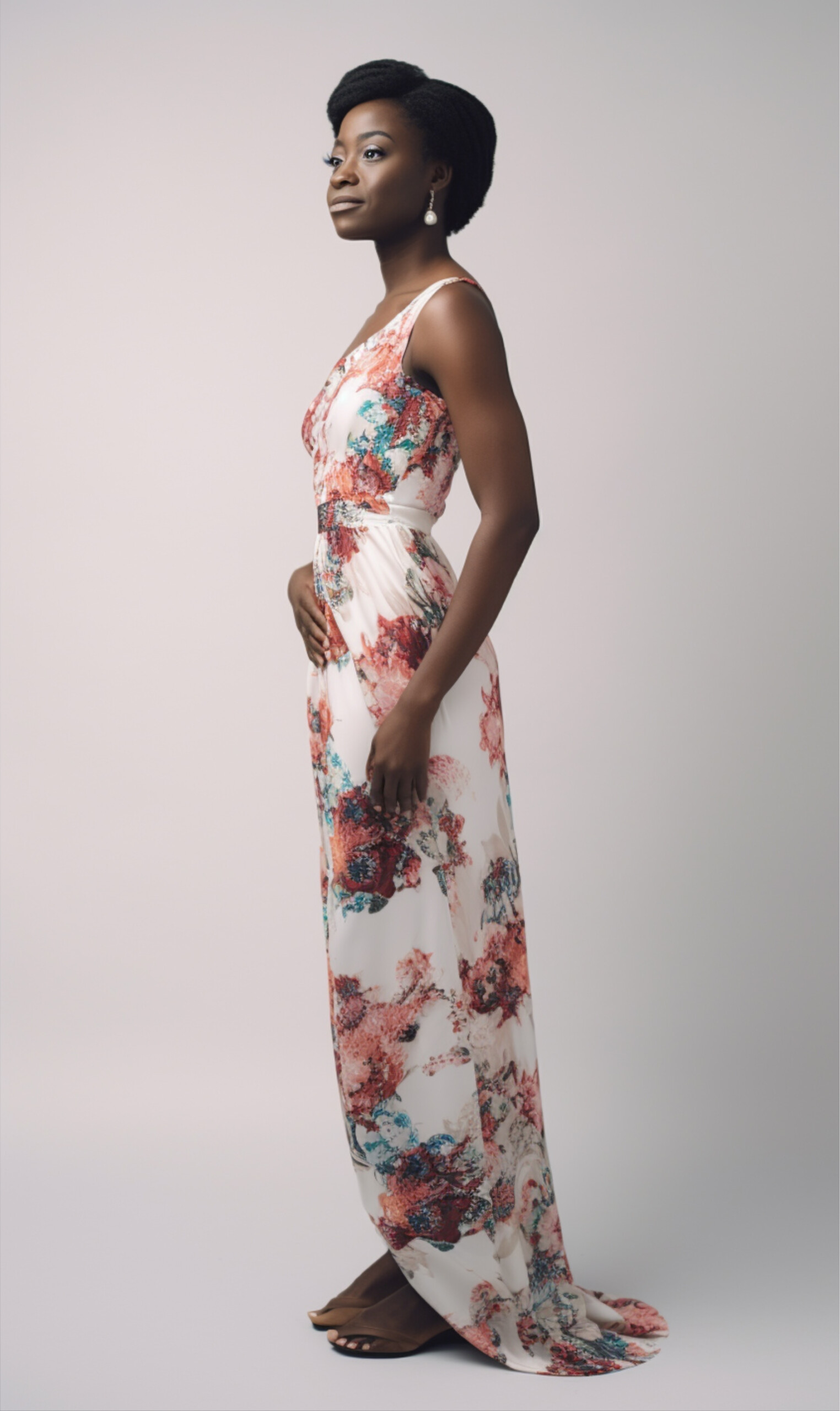
Côte d’Ivoire
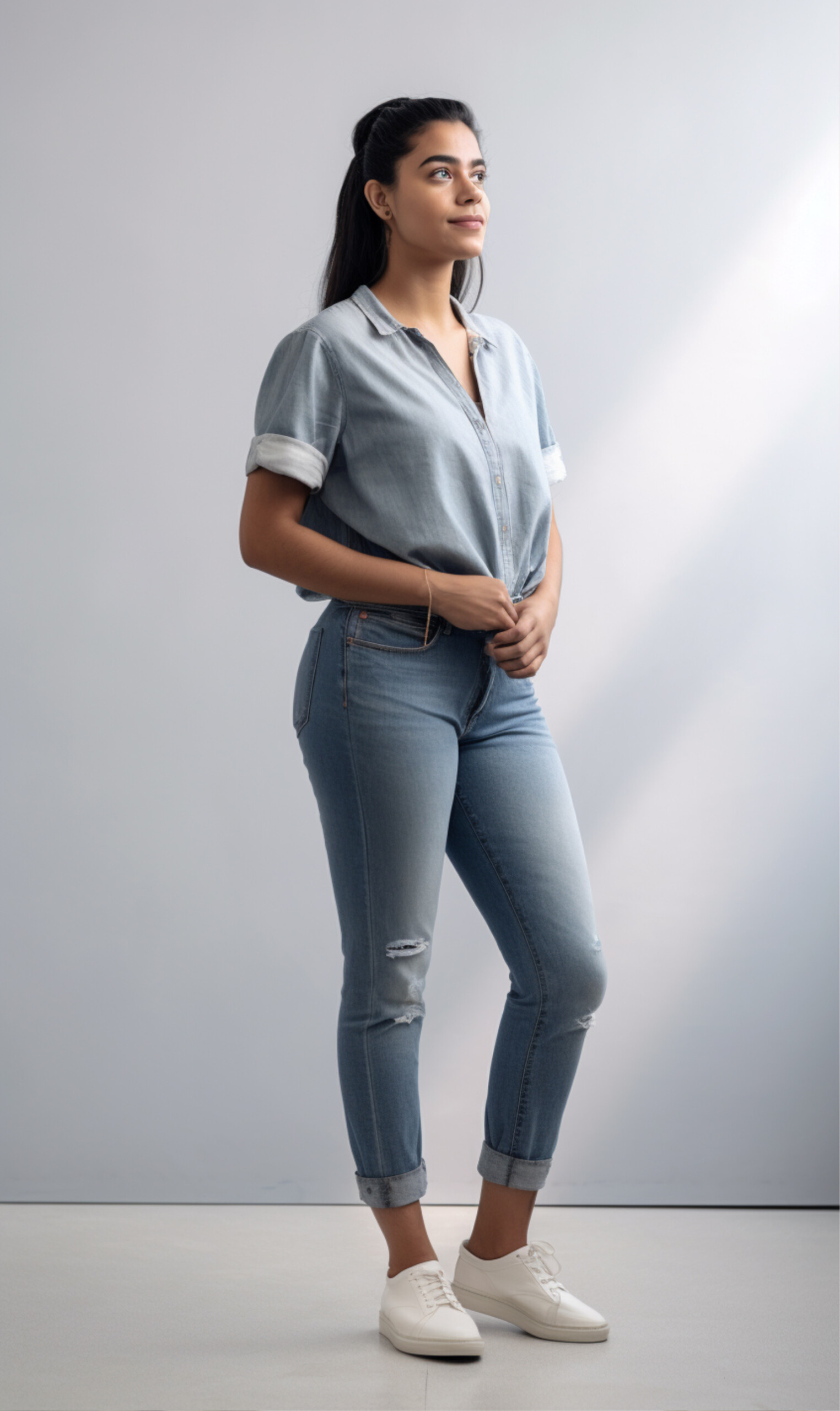
Cuba
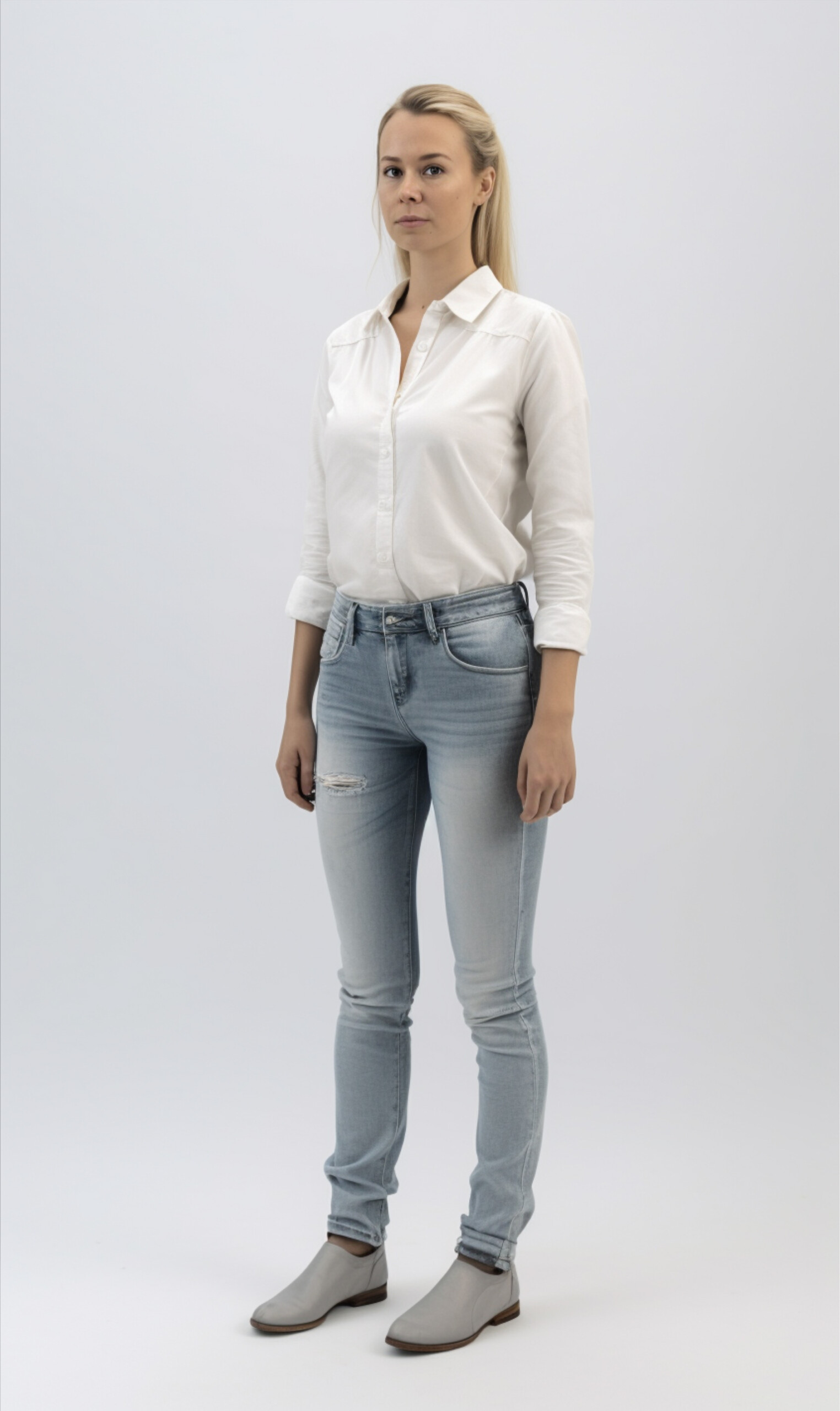
Czech Republic
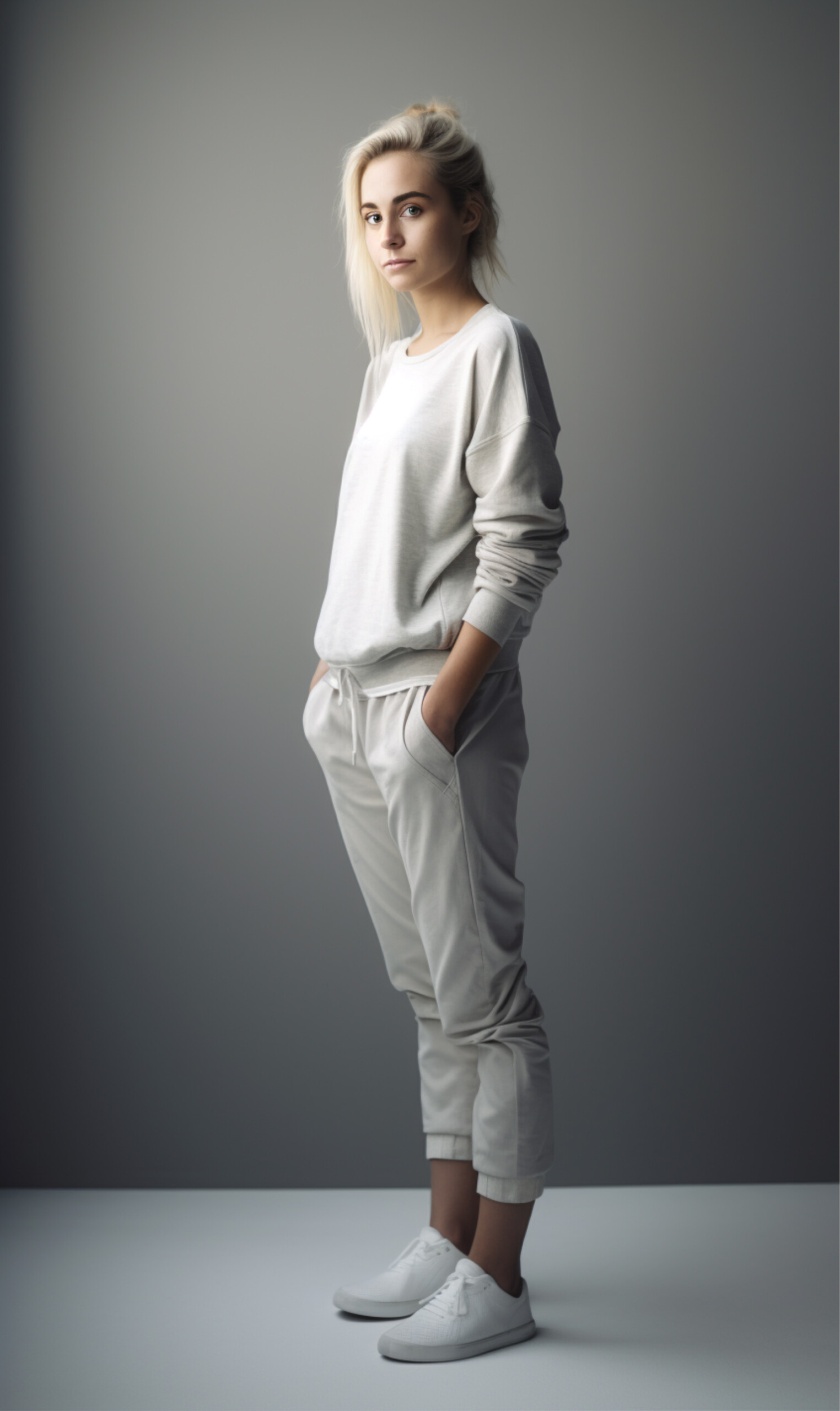
Denmark
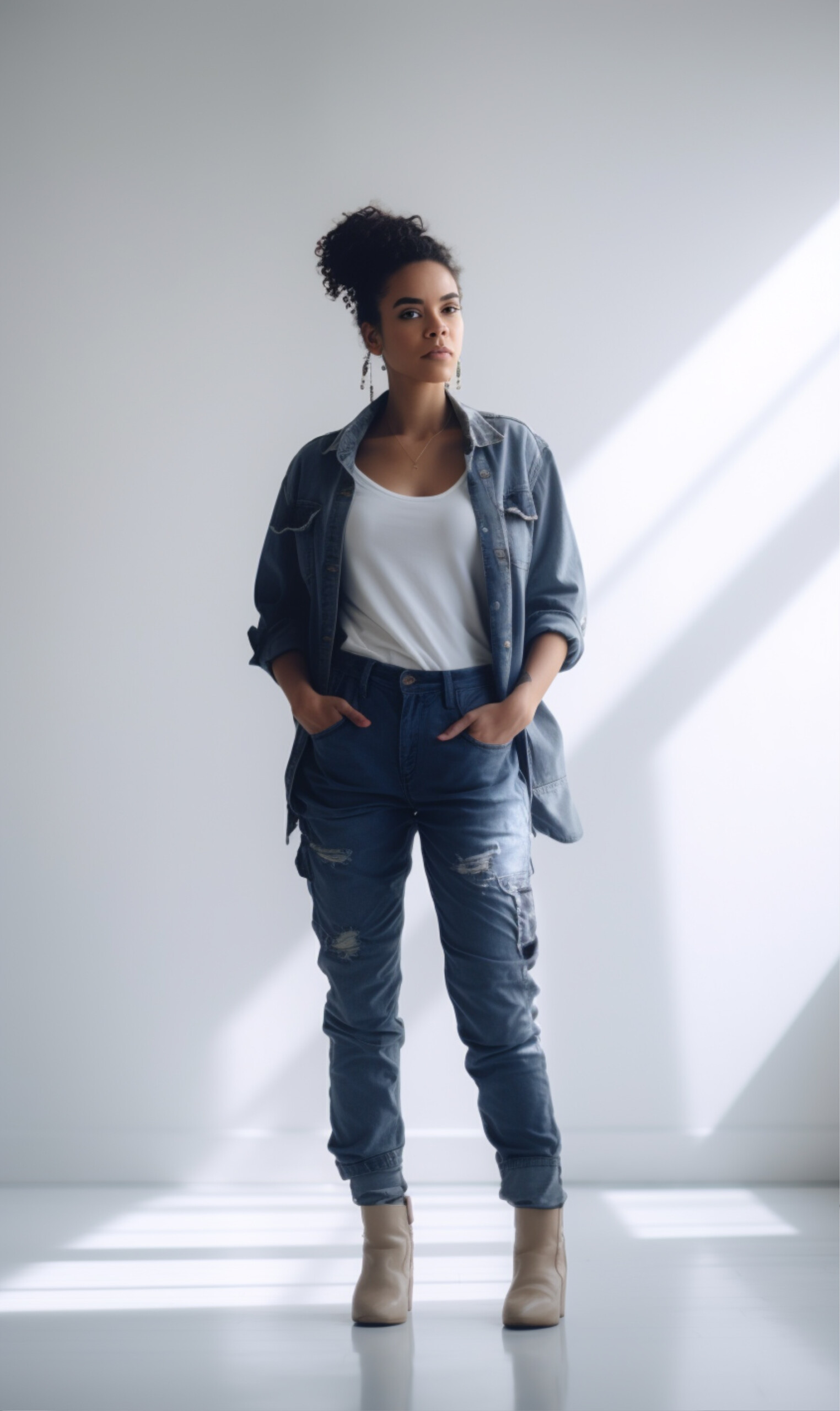
Dominican Republic
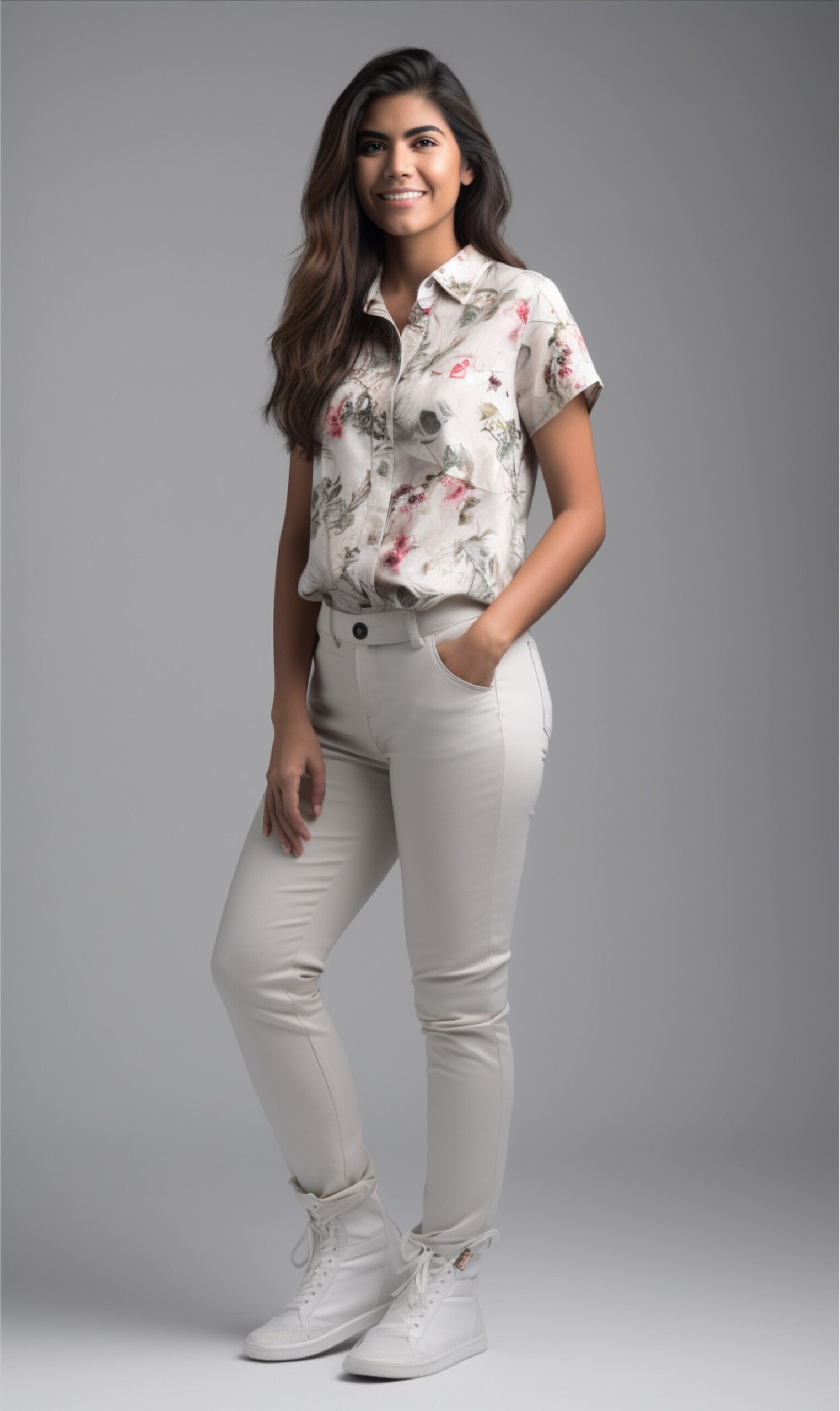
Ecuador
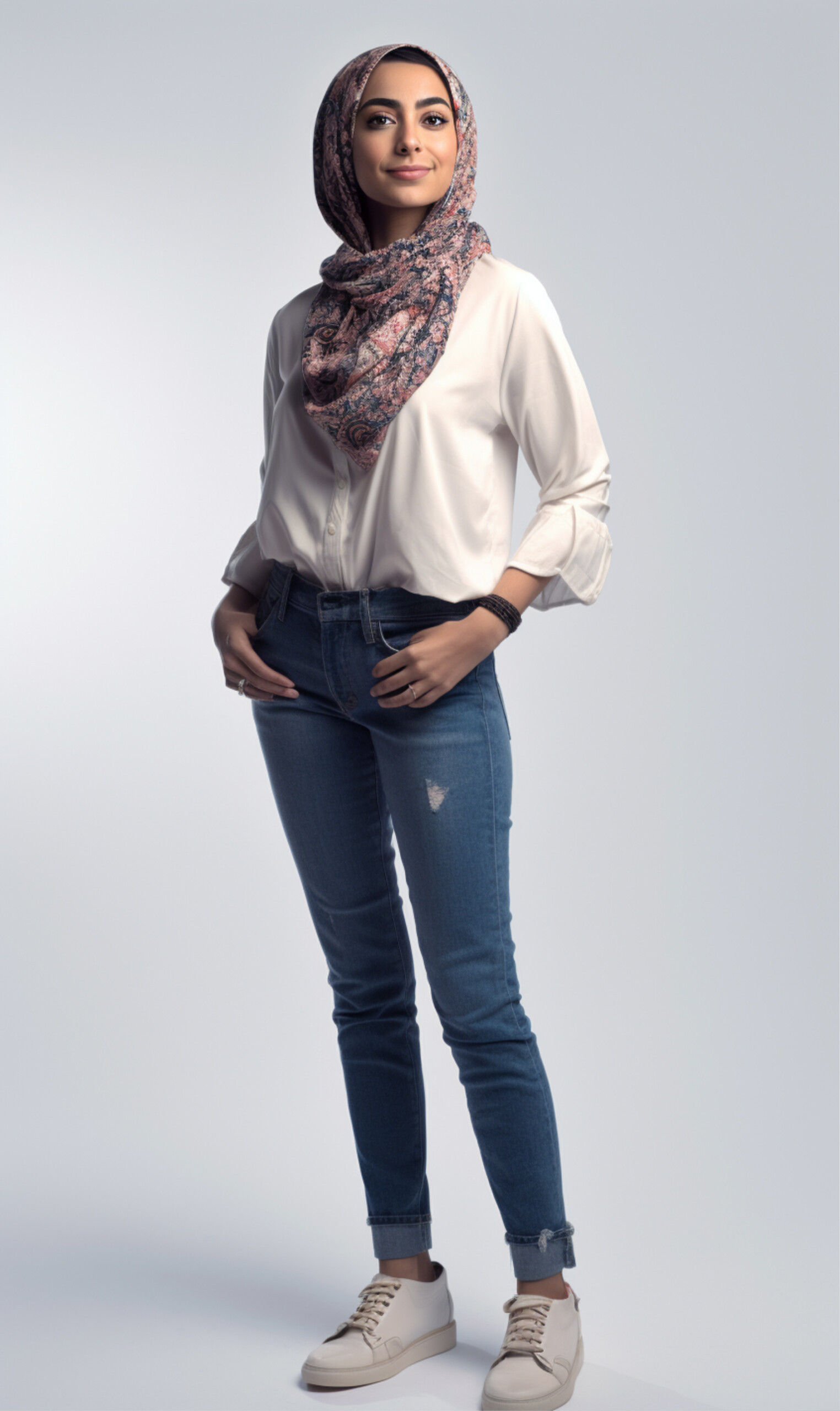
Egypt
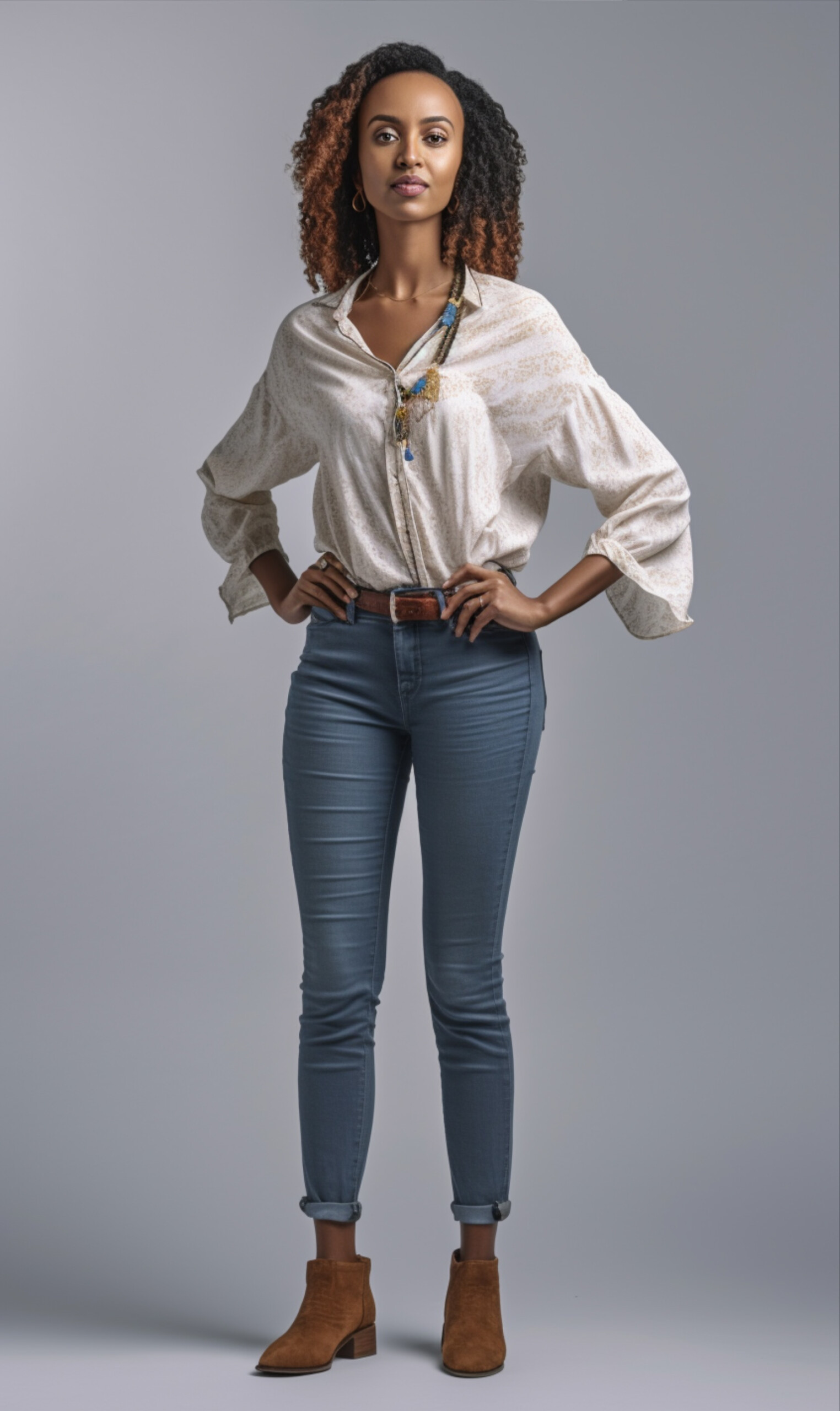
Ethiopia
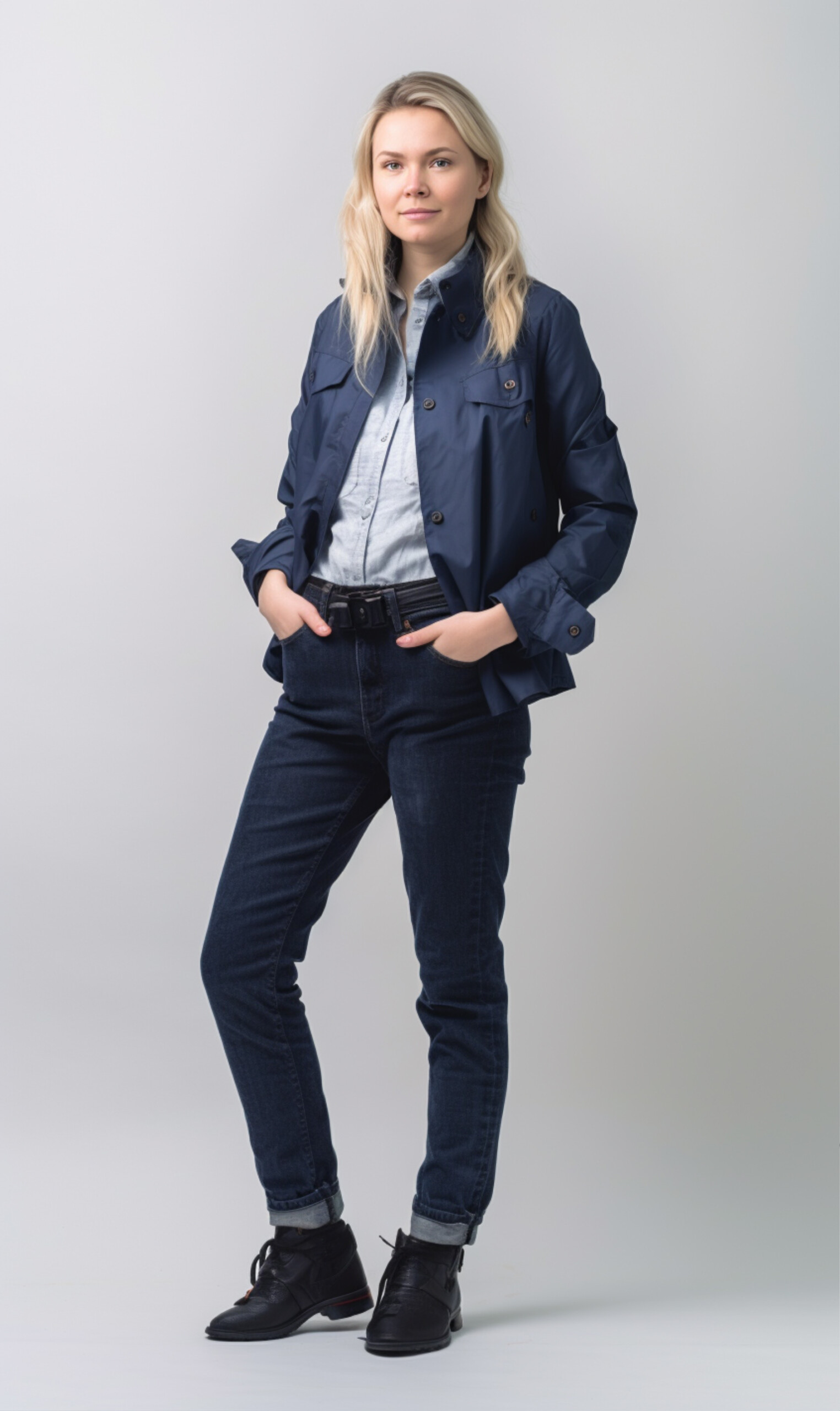
Finland
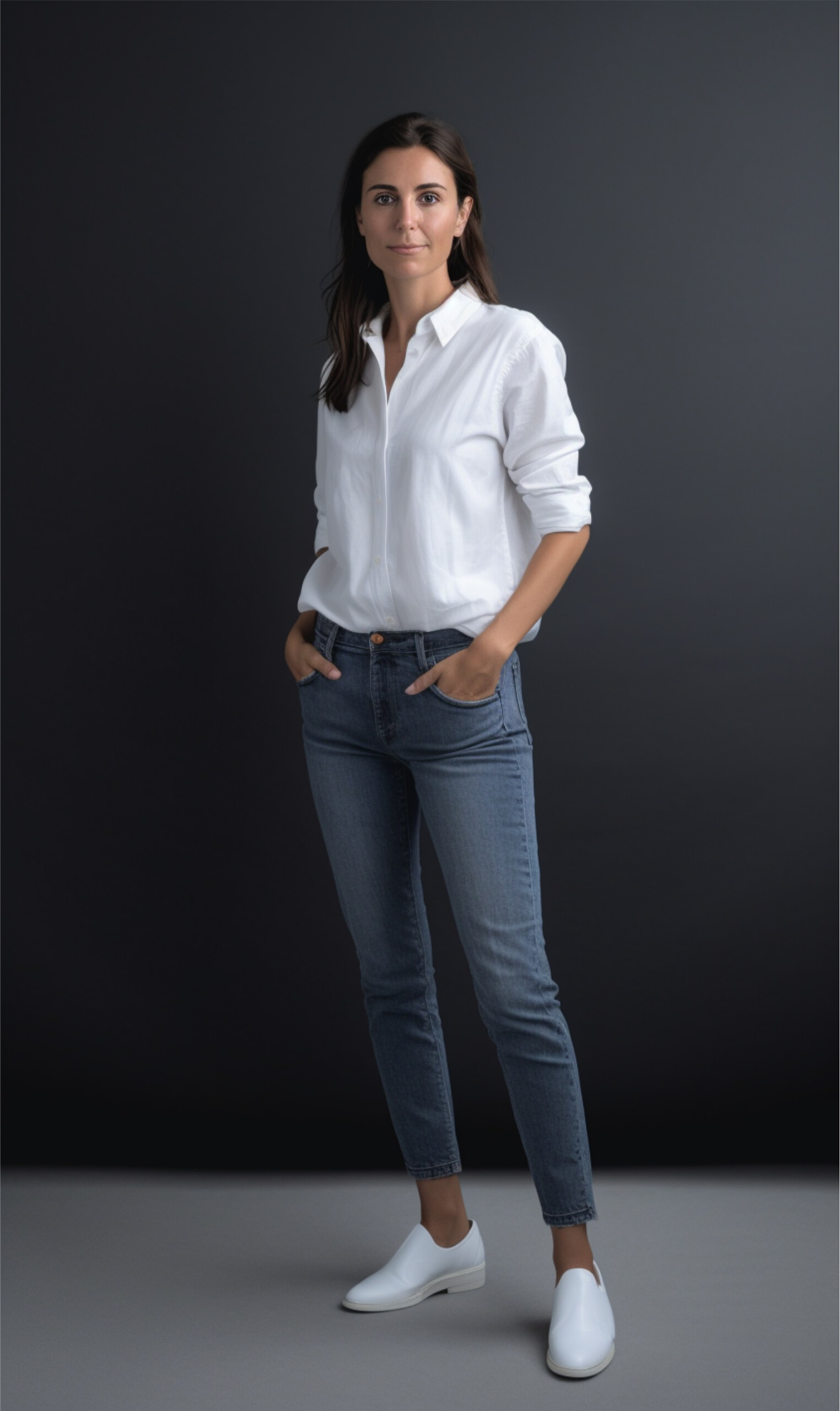
France
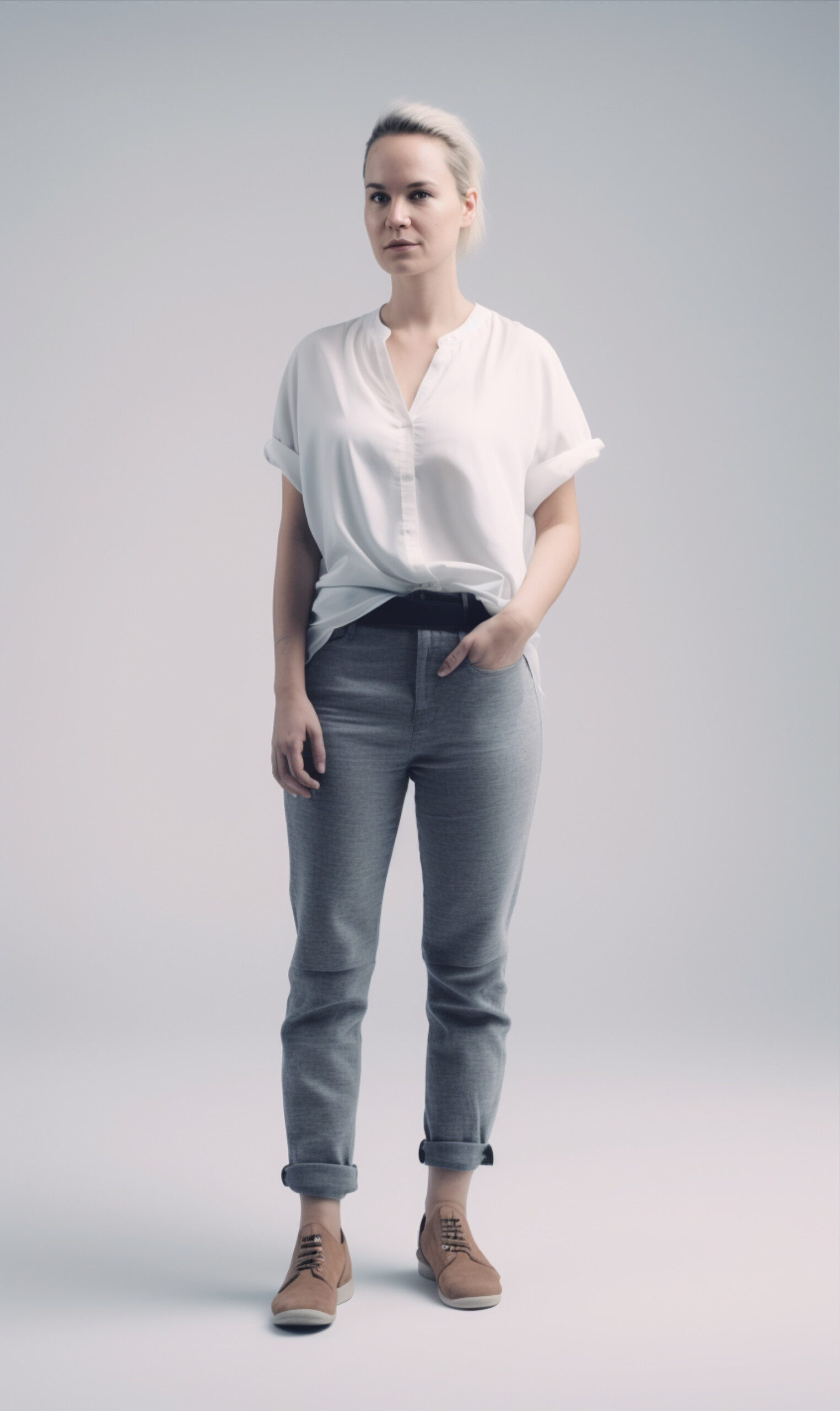
Germany
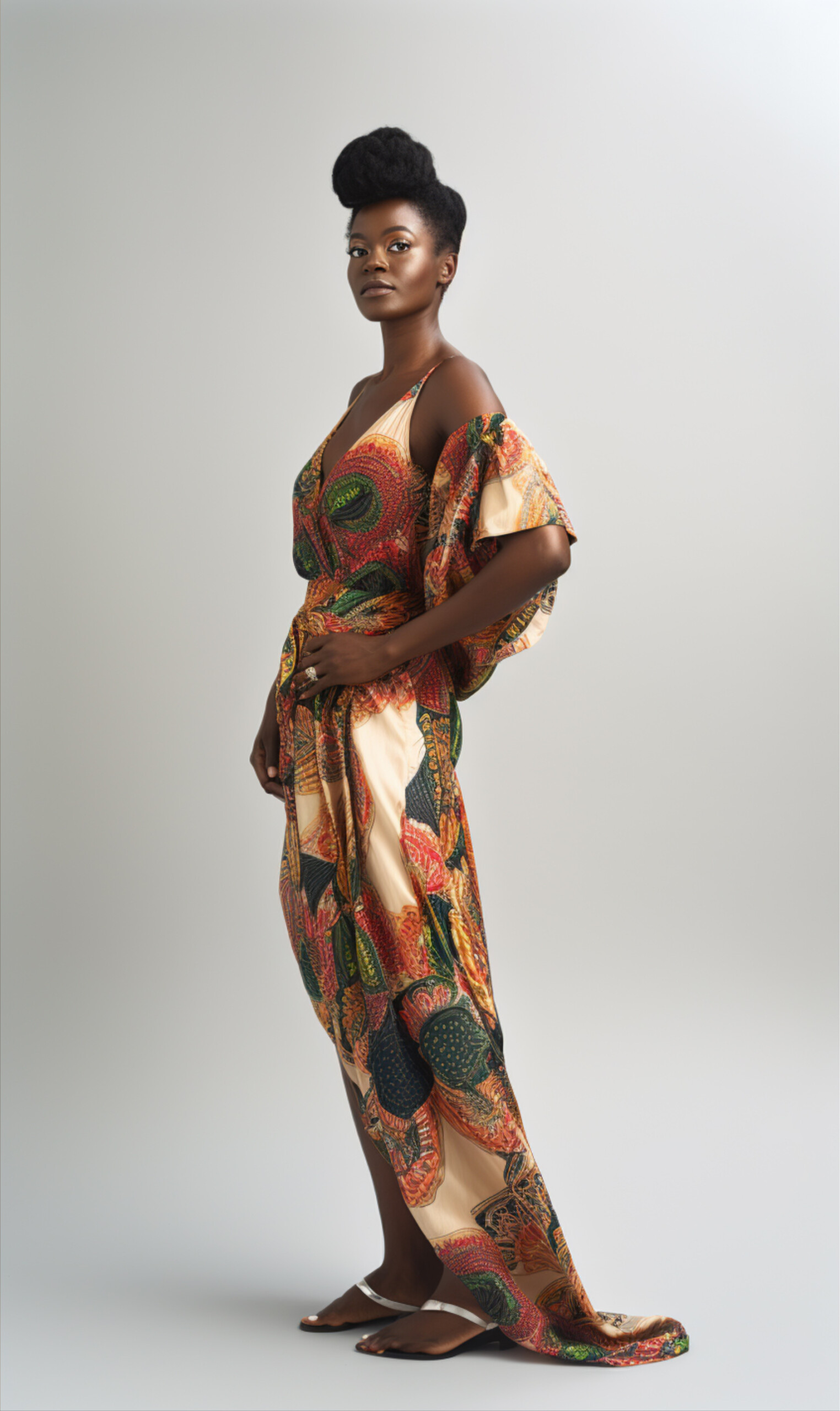
Ghana
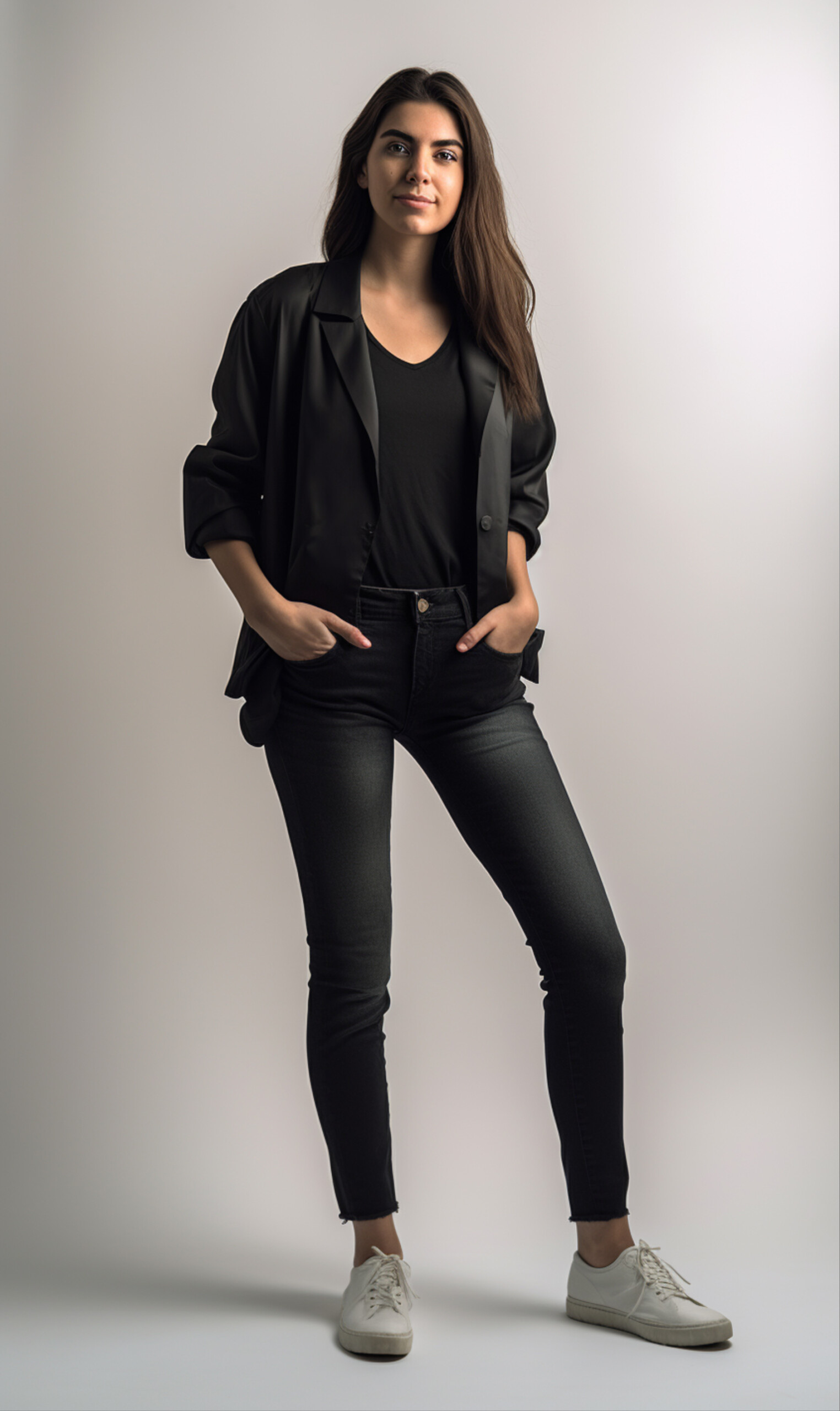
Greece
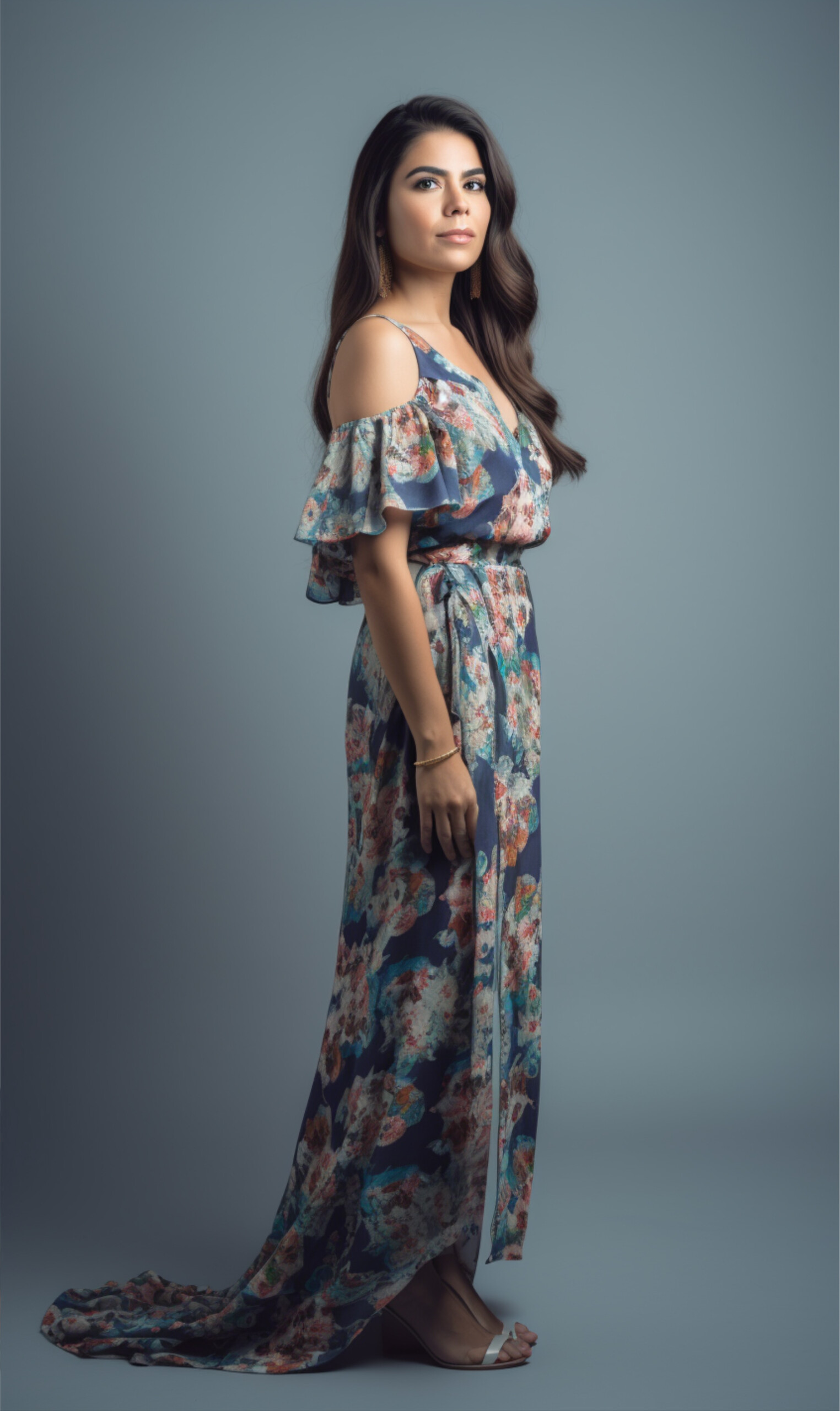
Guatemala
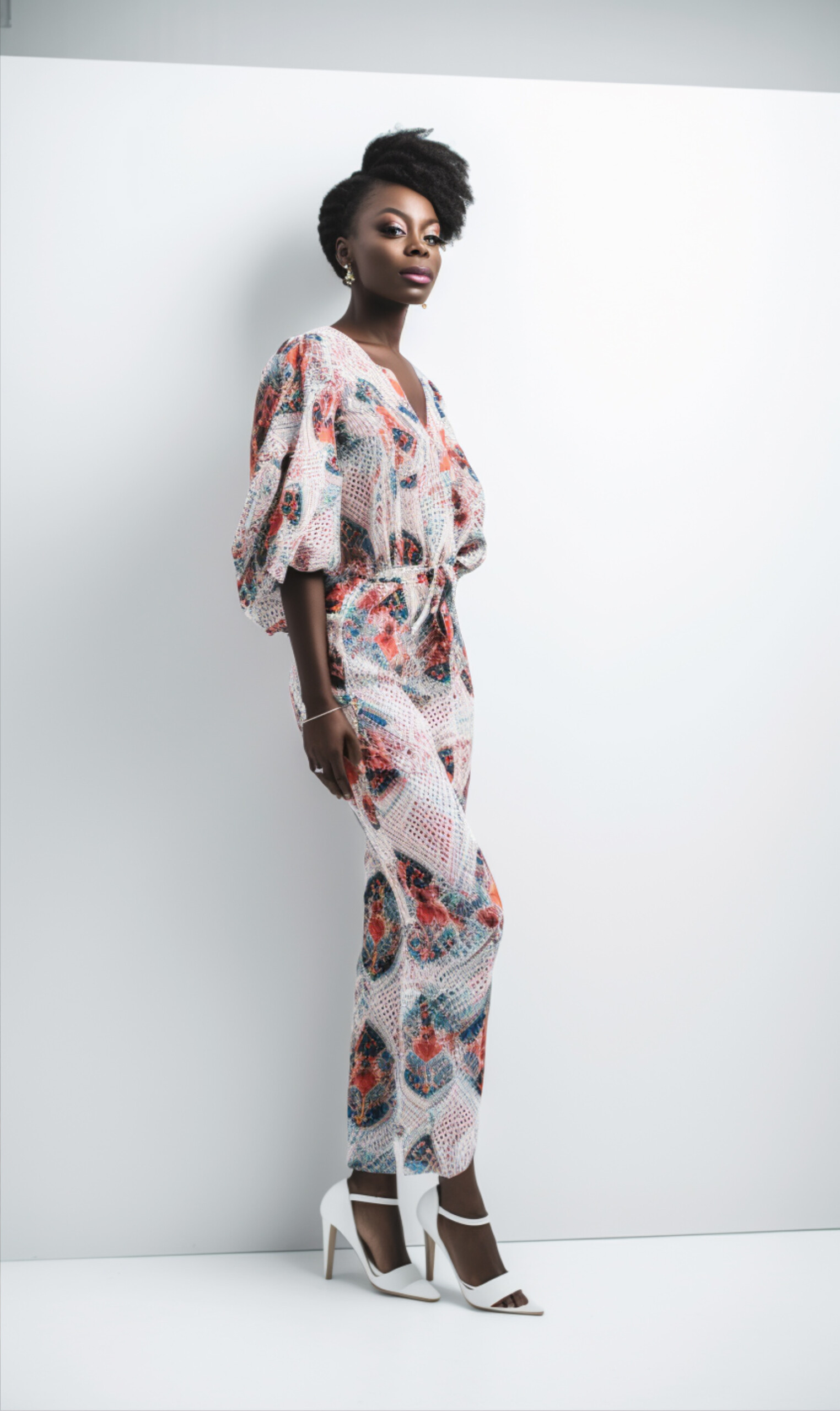
Guinea
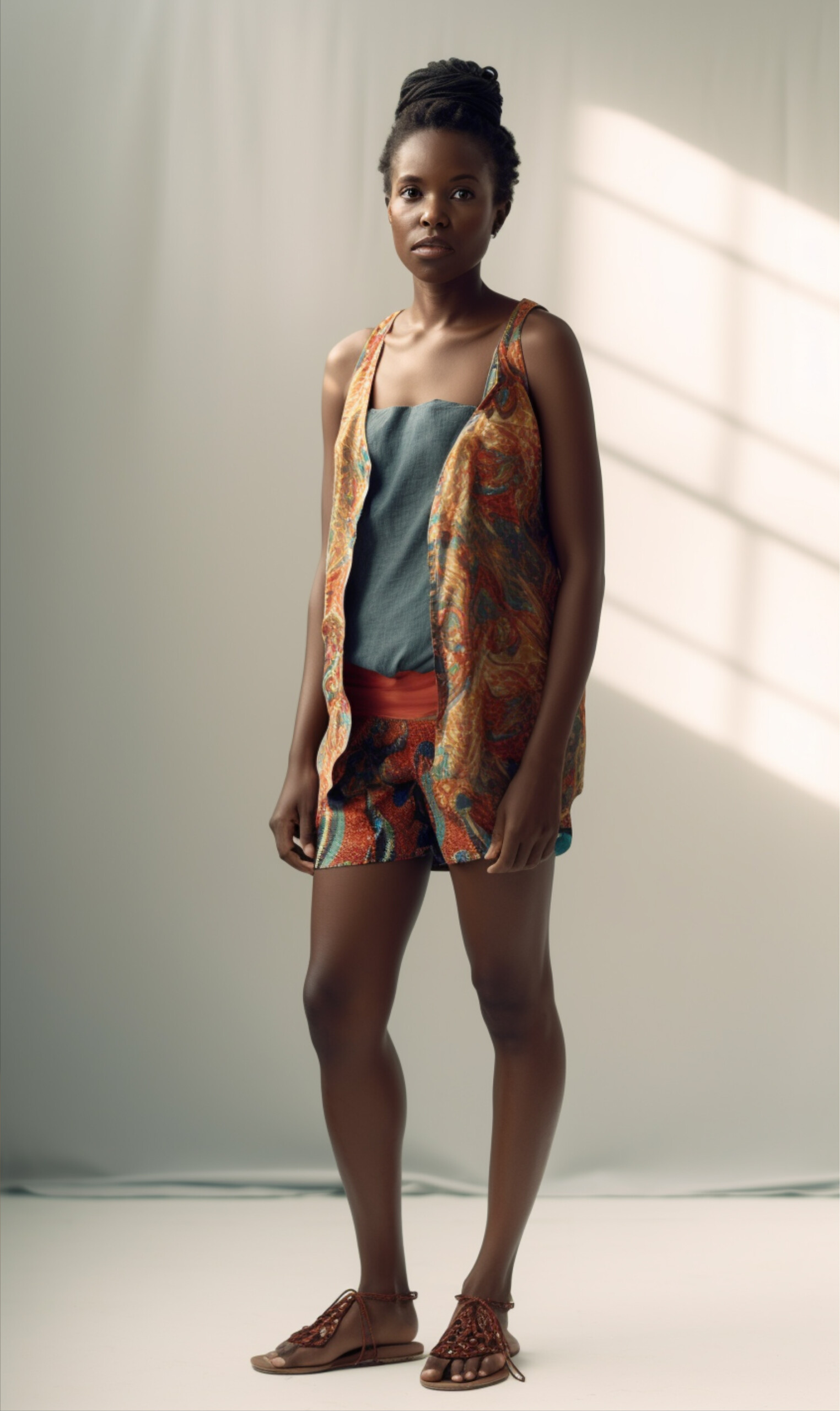
Haiti
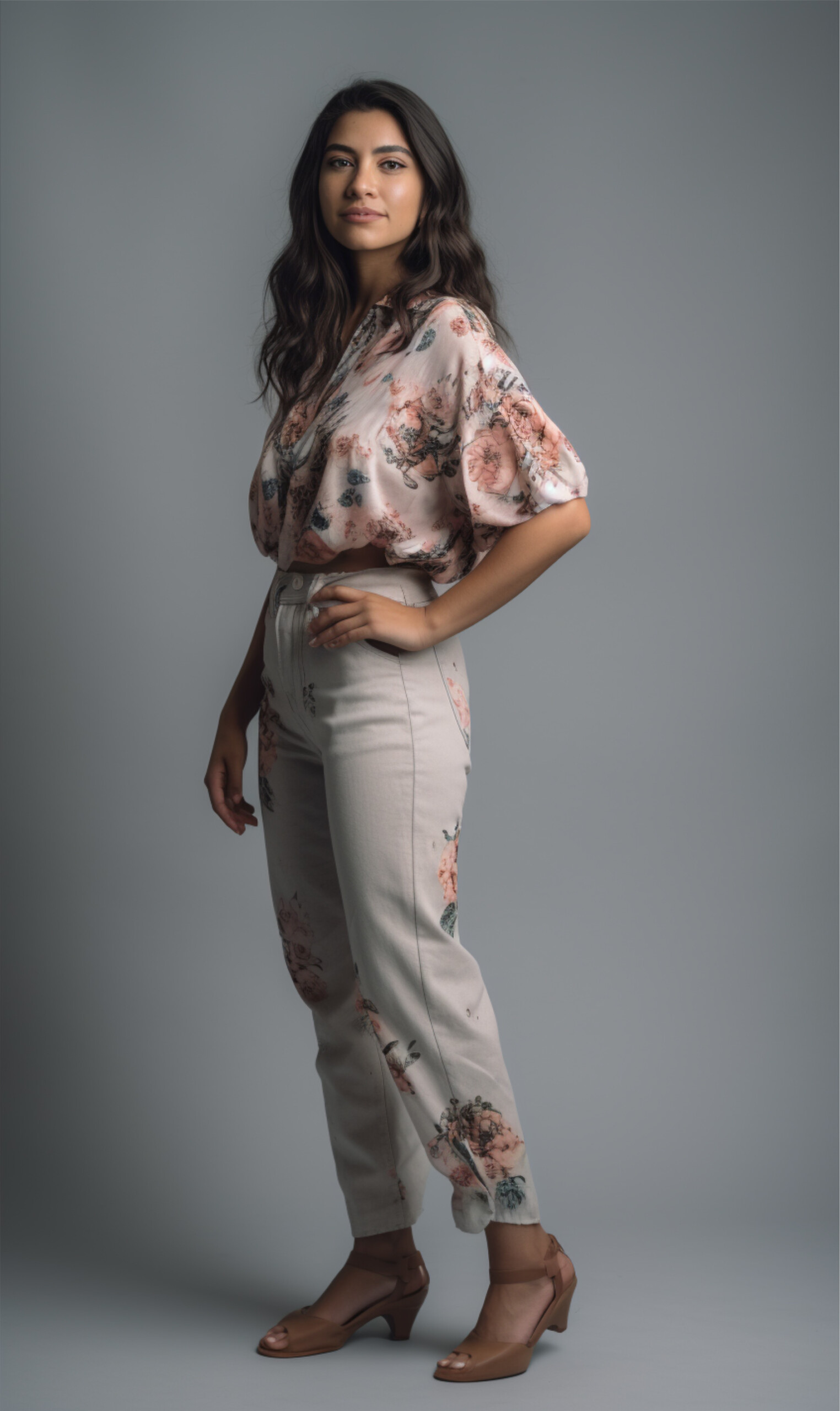
Honduras
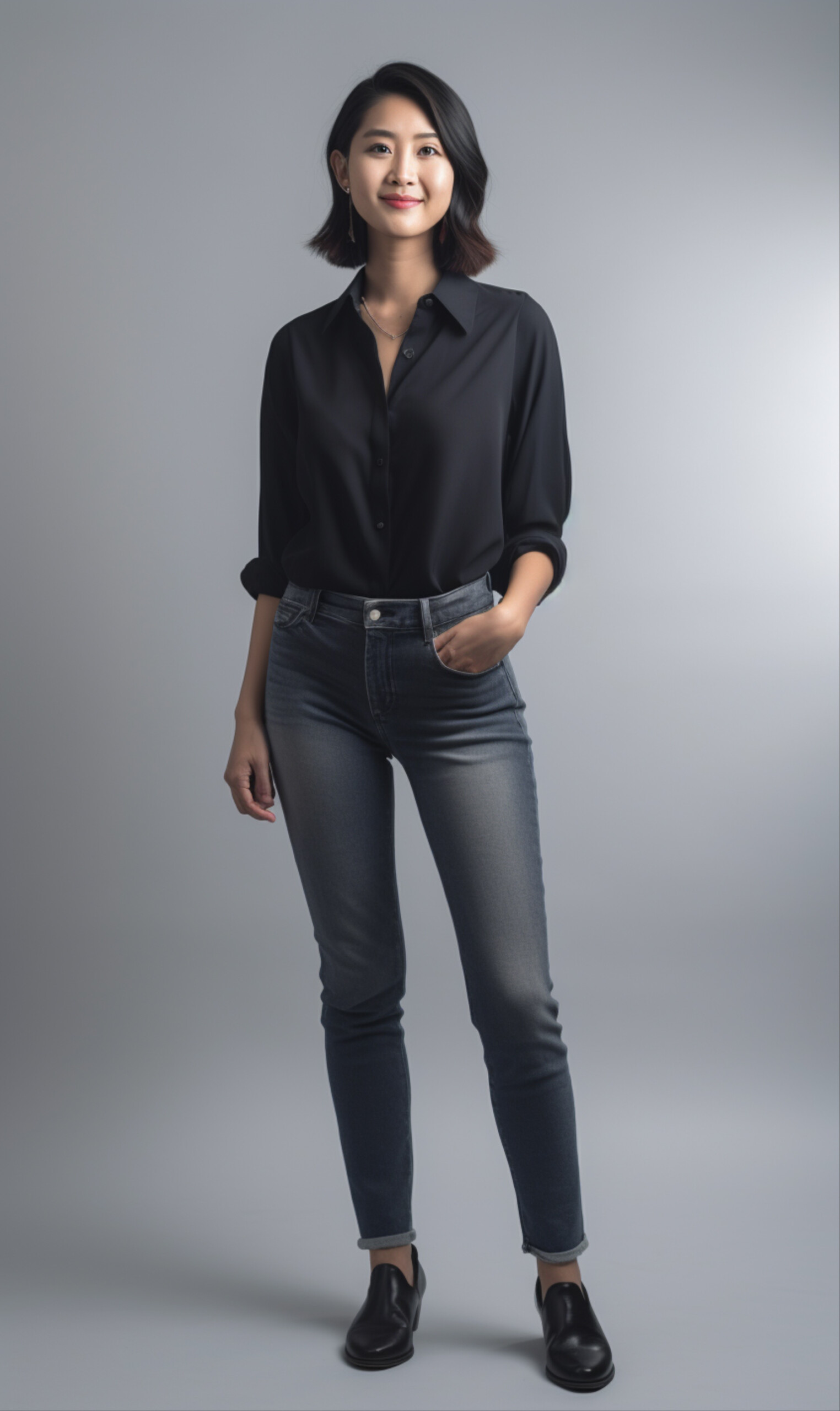
Hong Kong
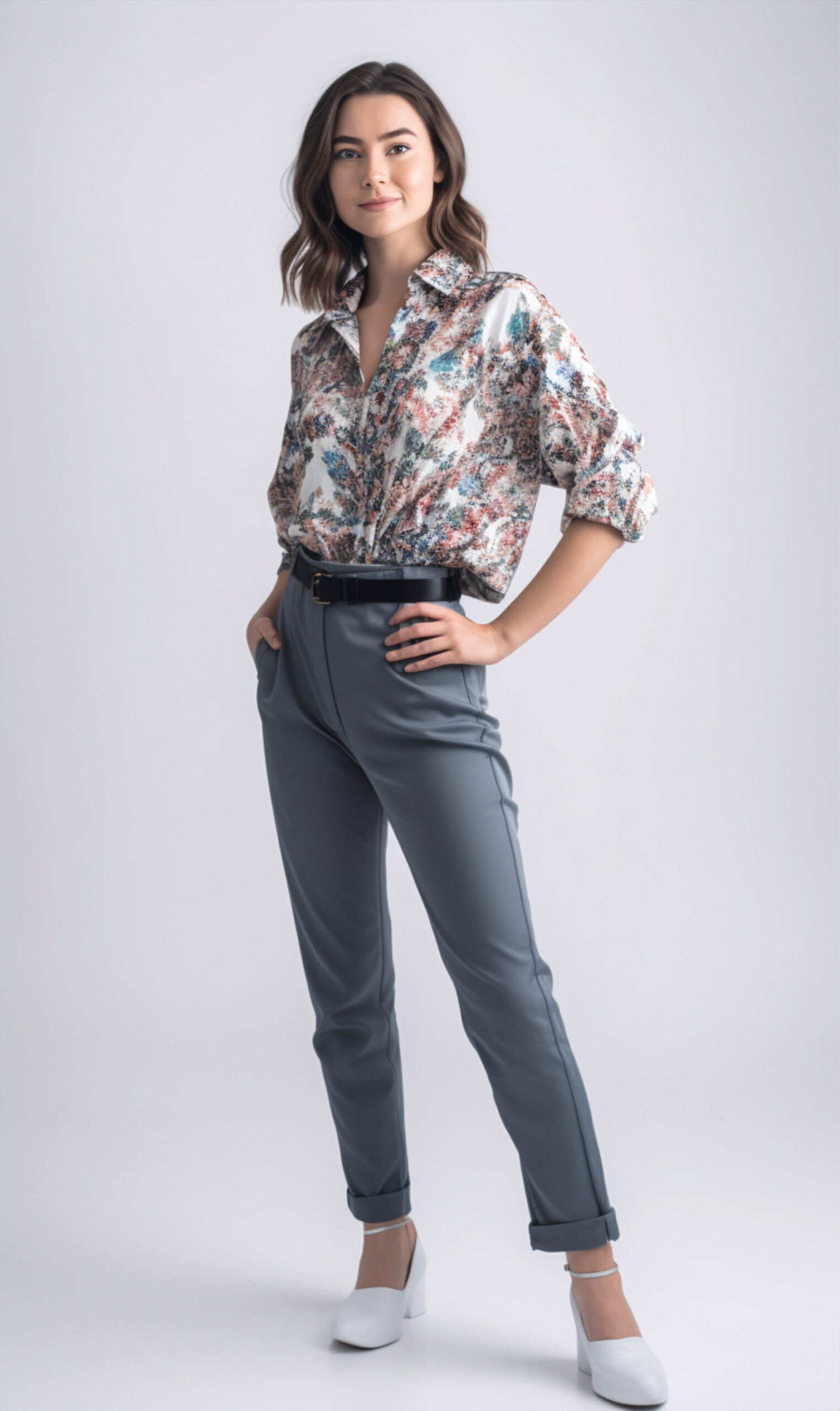
Hungary
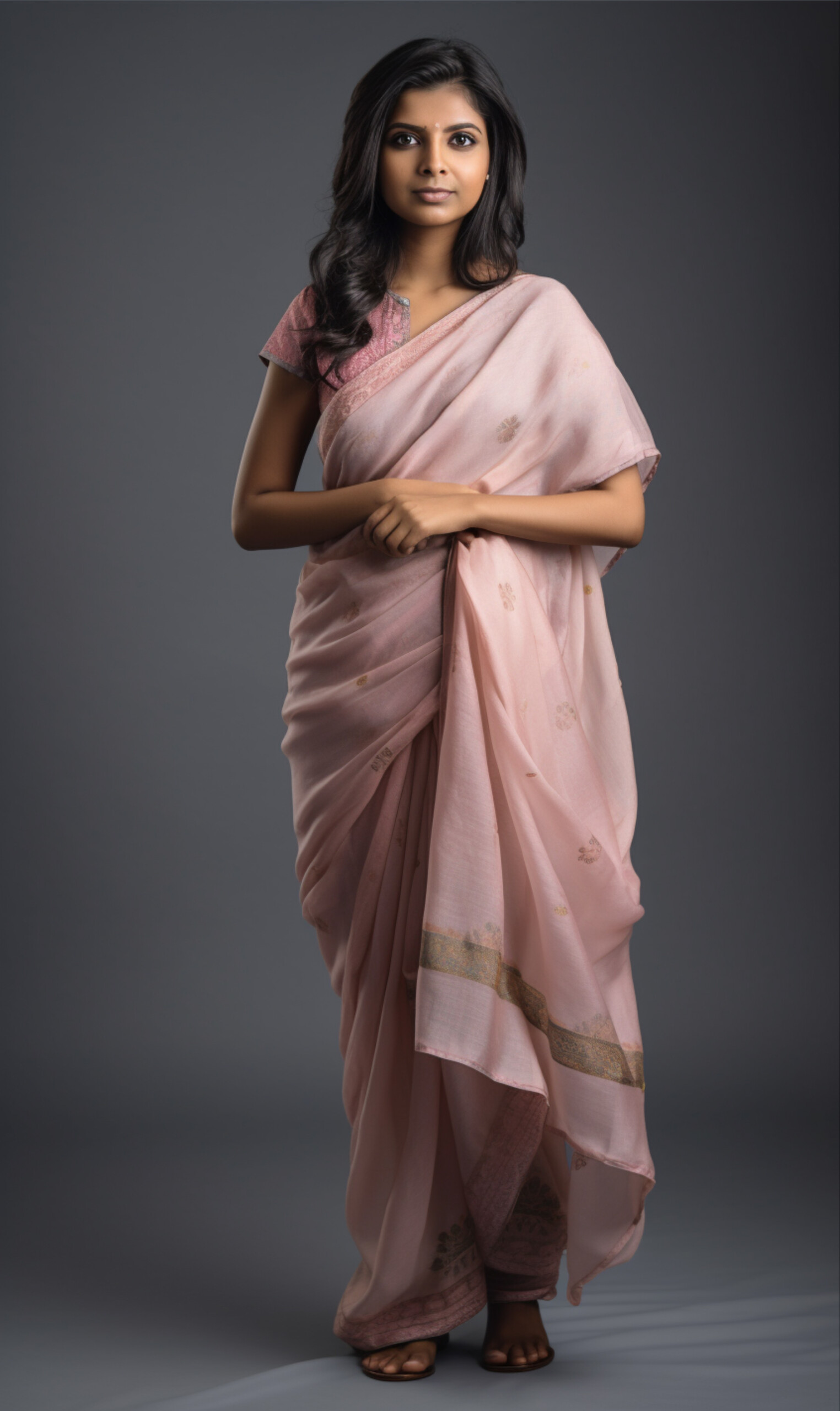
India
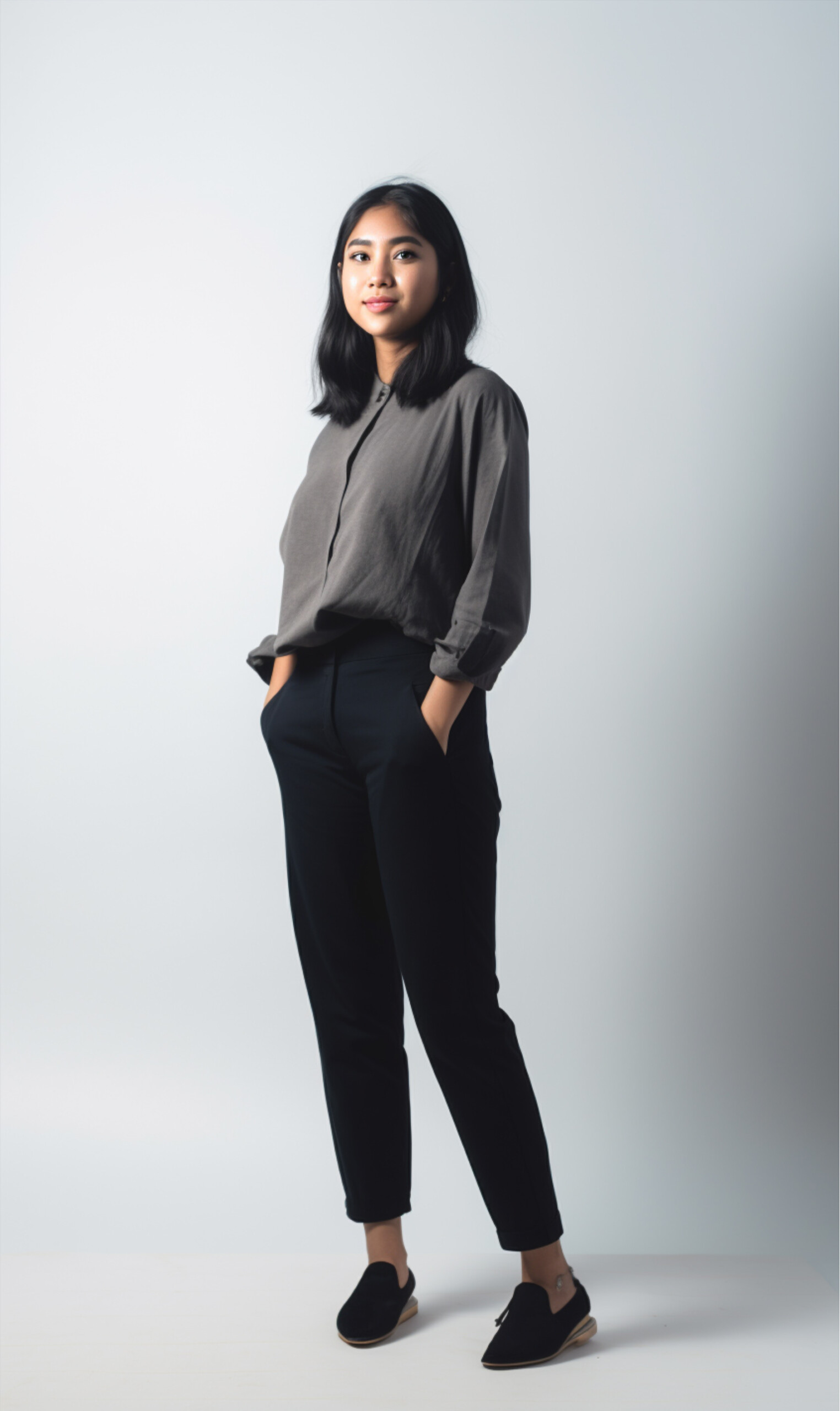
Indonesia
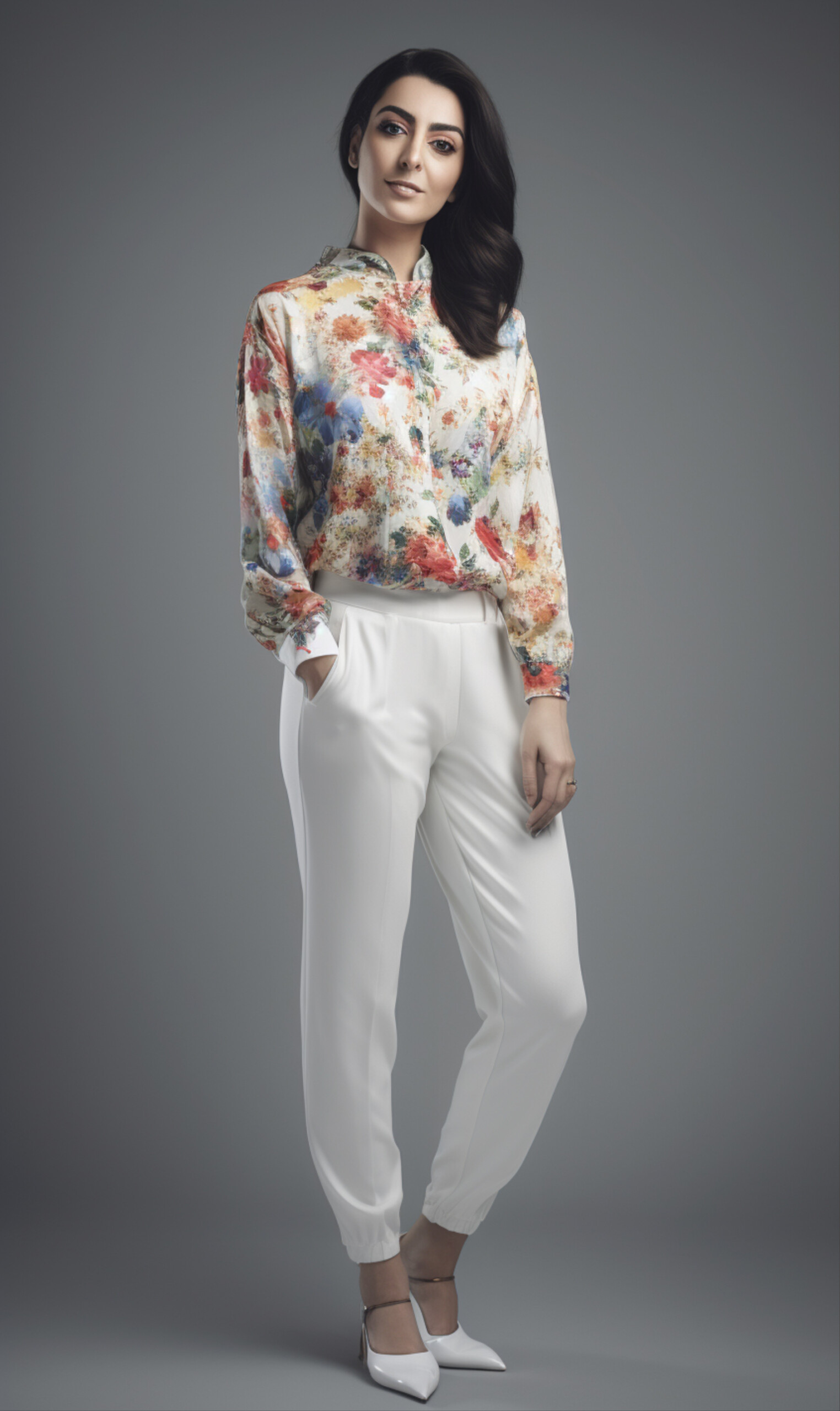
Iran
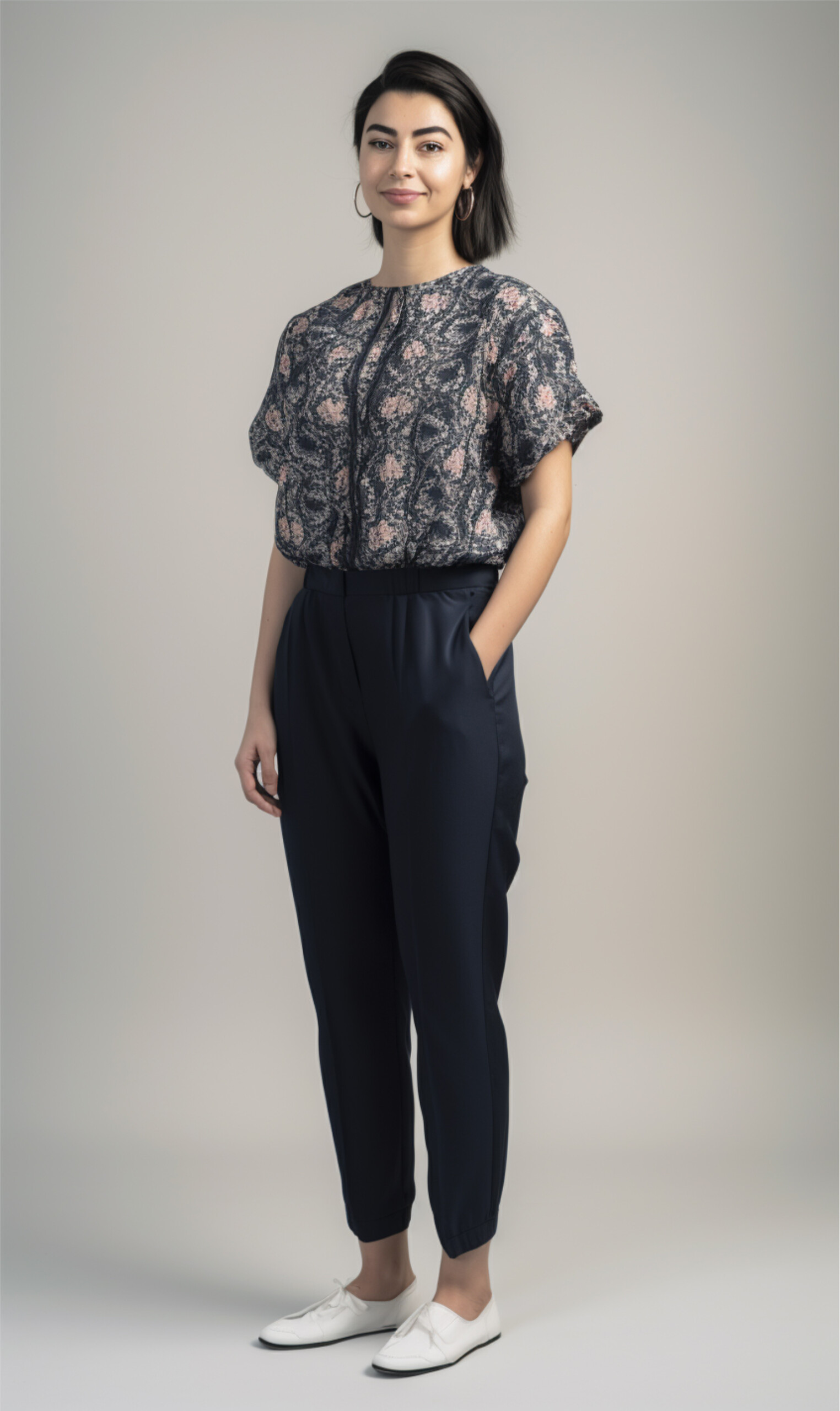
Iraq
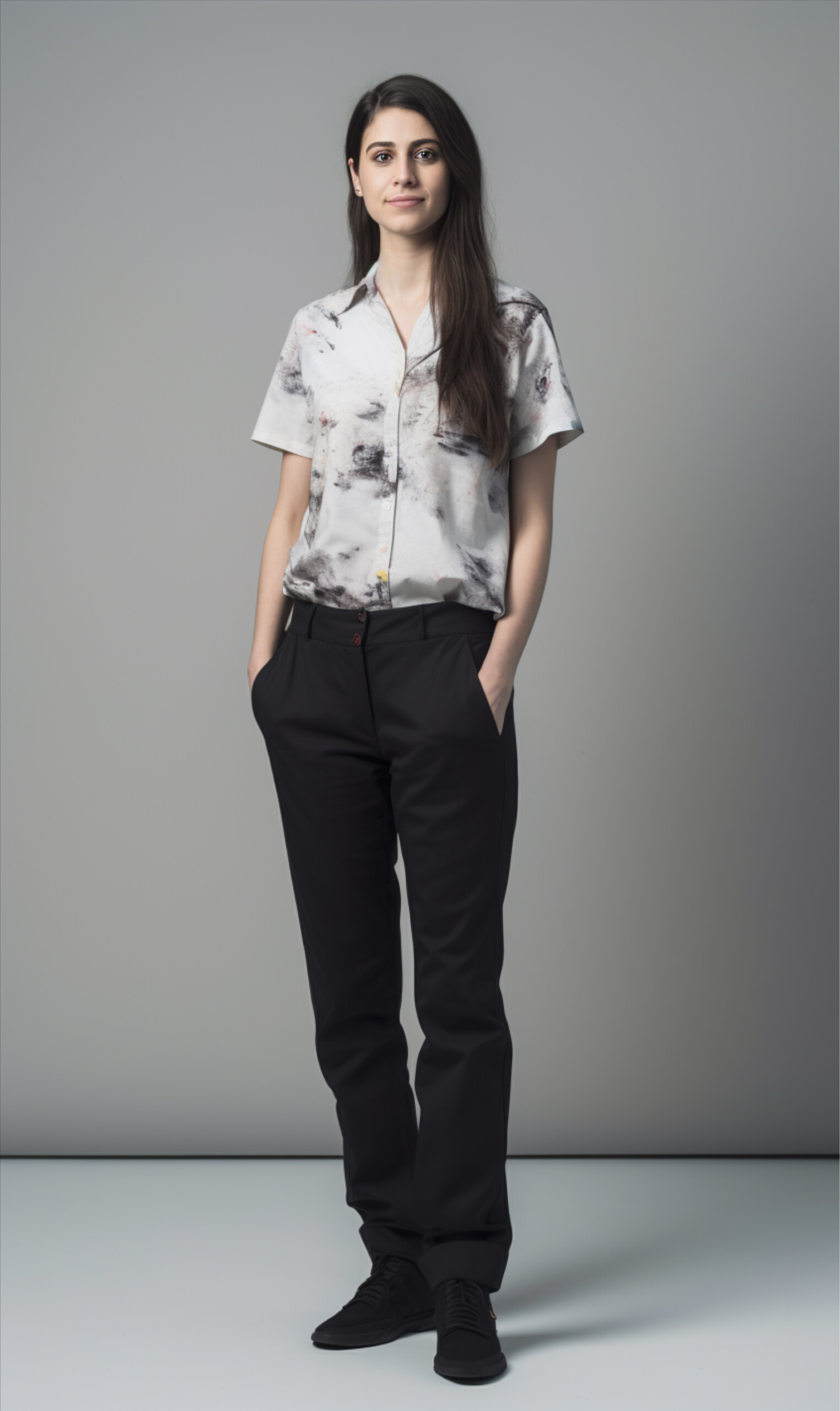
Israel
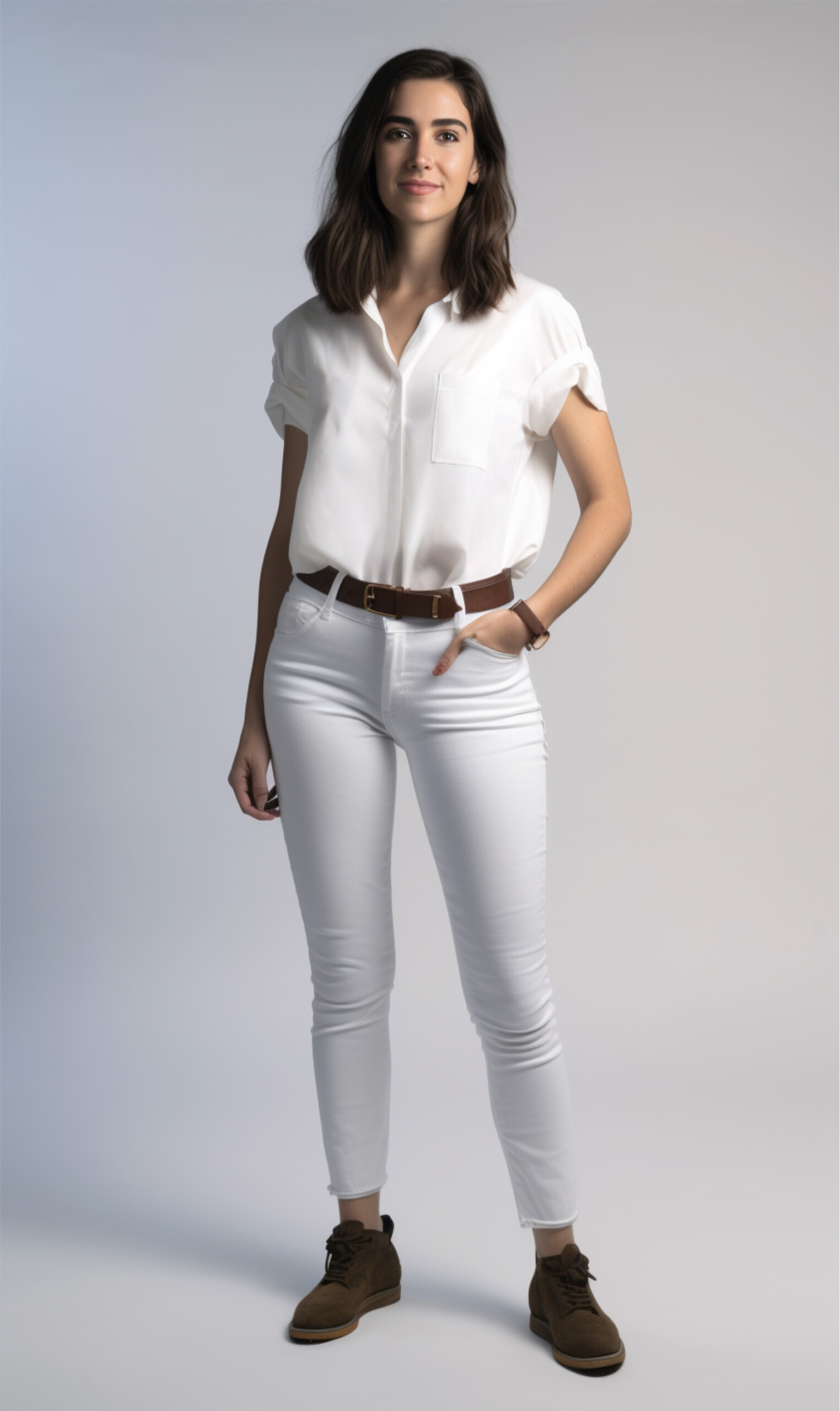
Italy
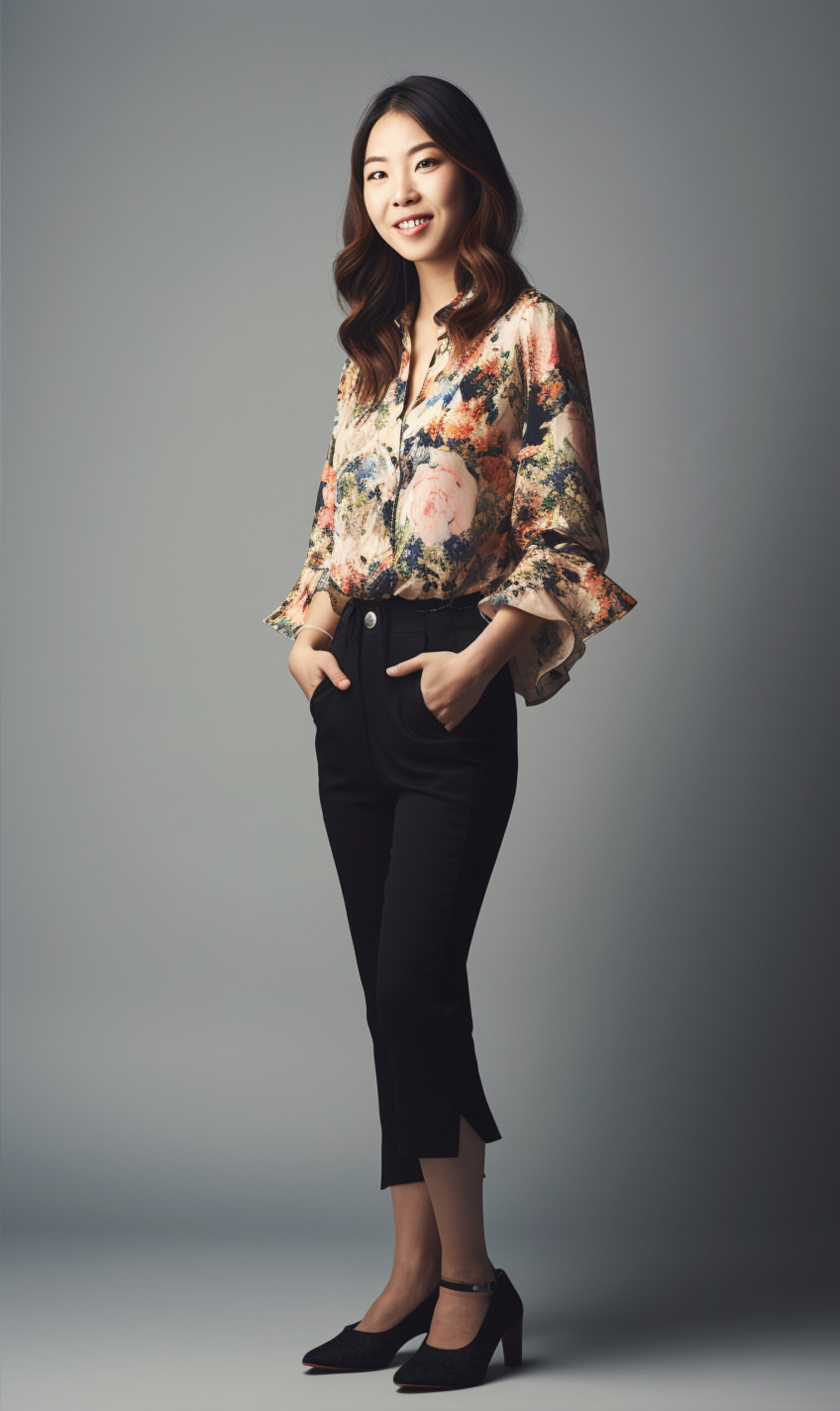
Japan
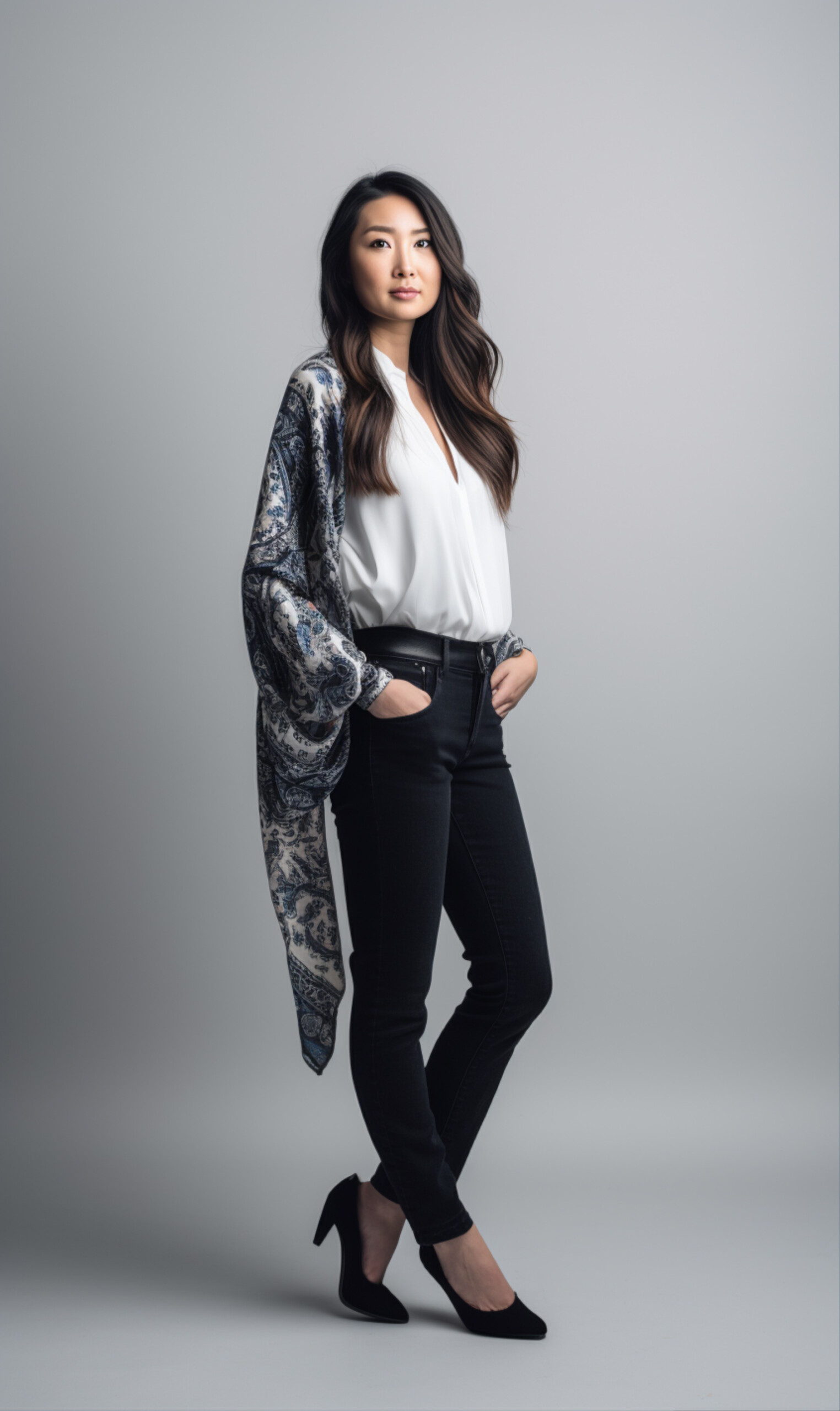
Kazakhstan
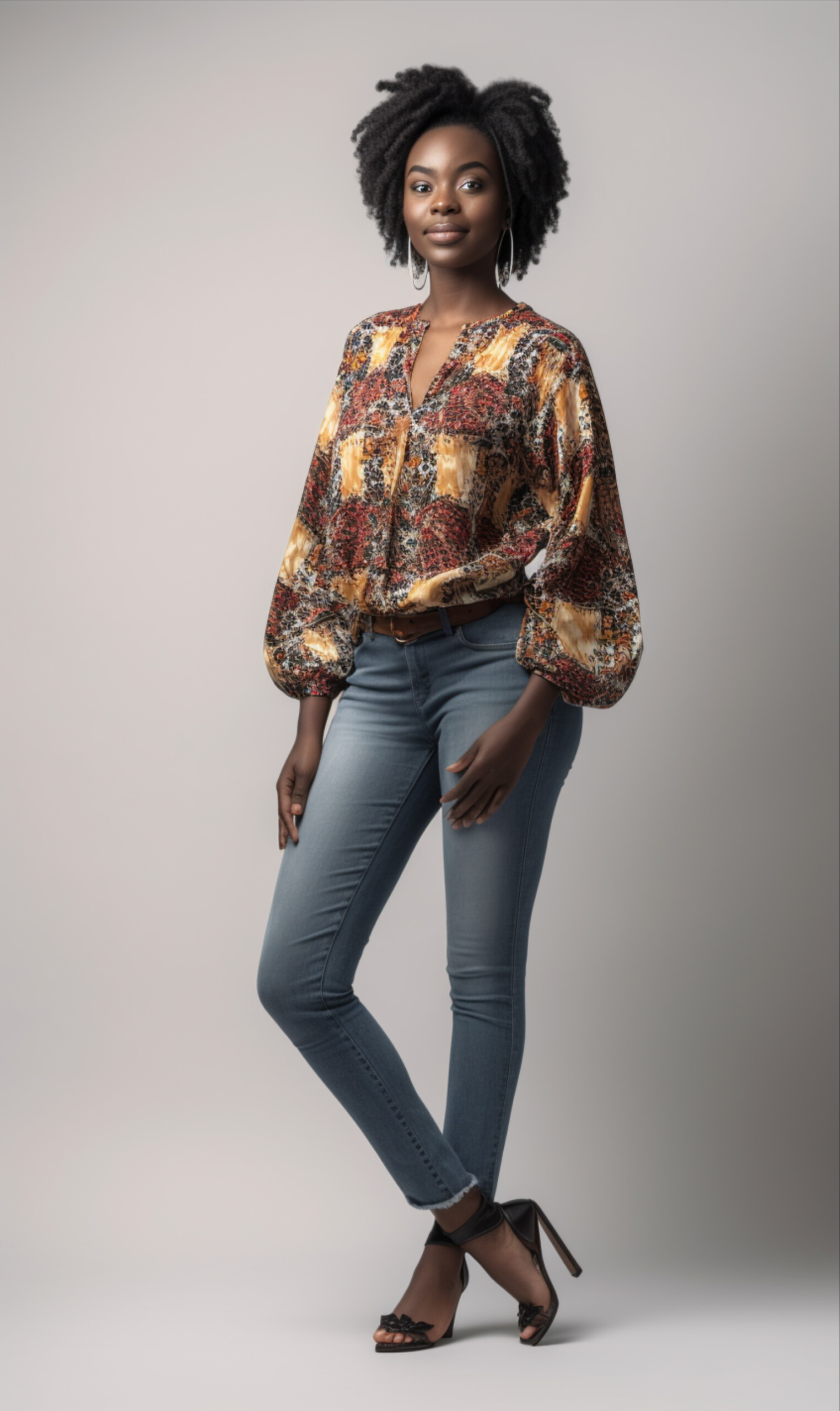
Kenya
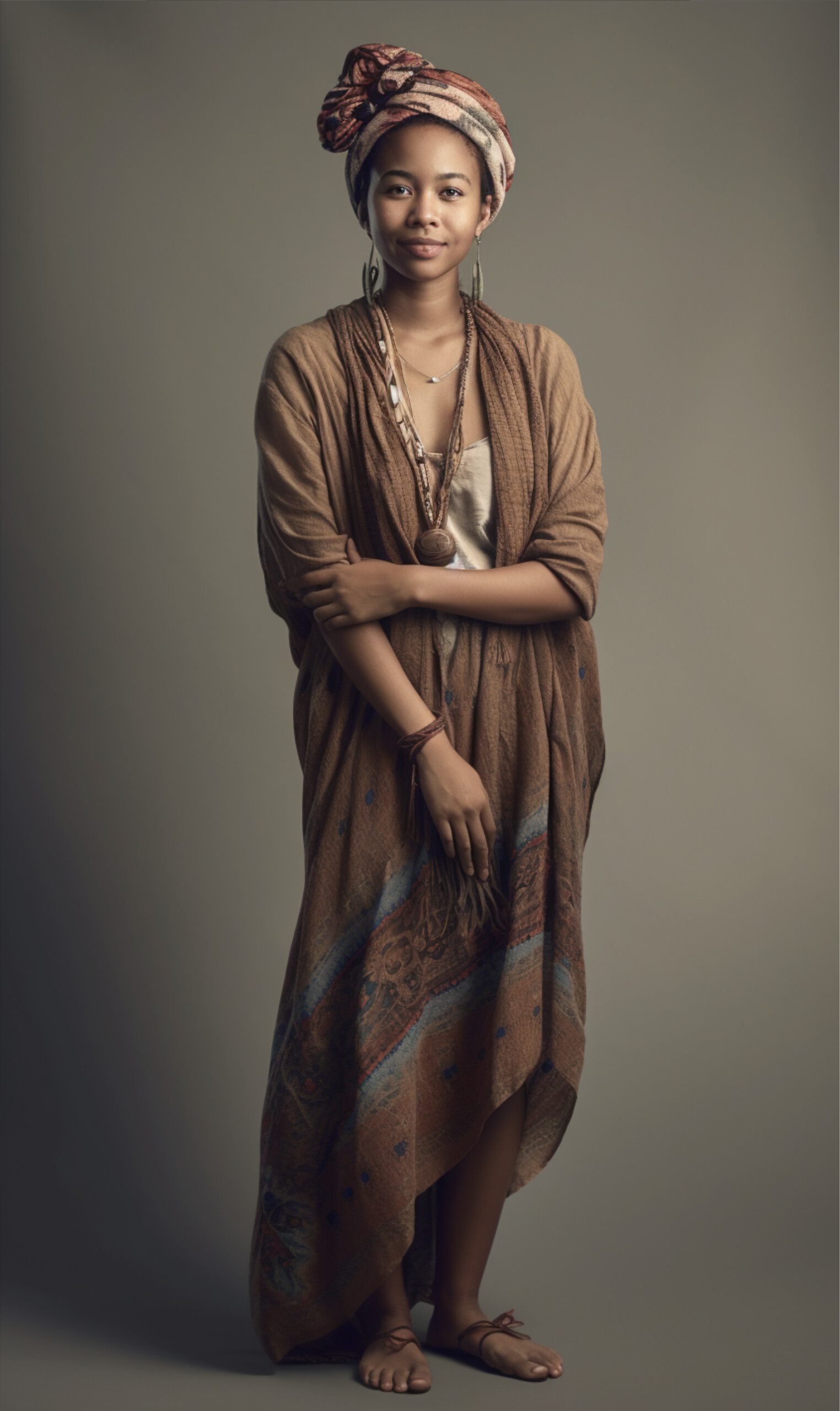
Madagascar
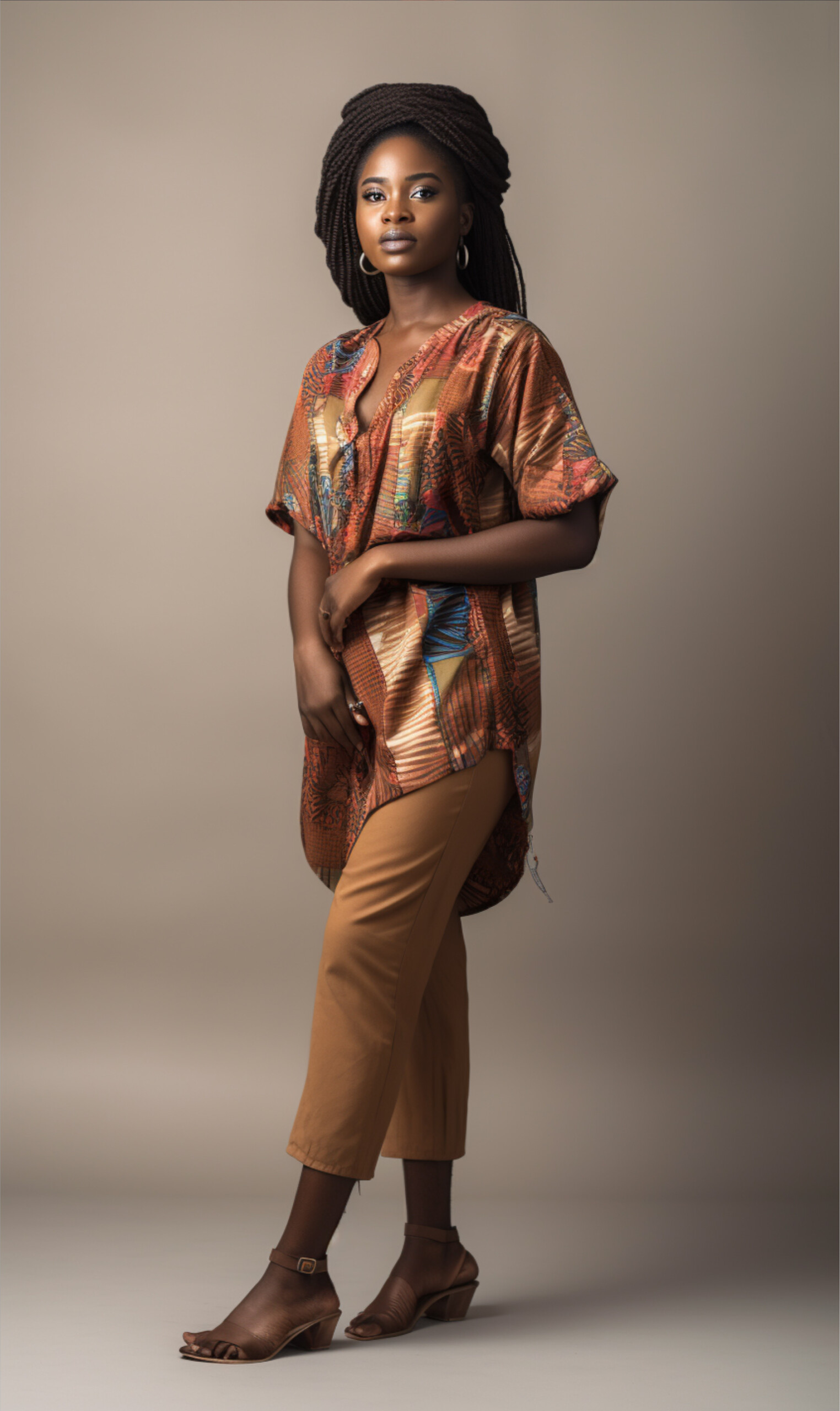
Malawi
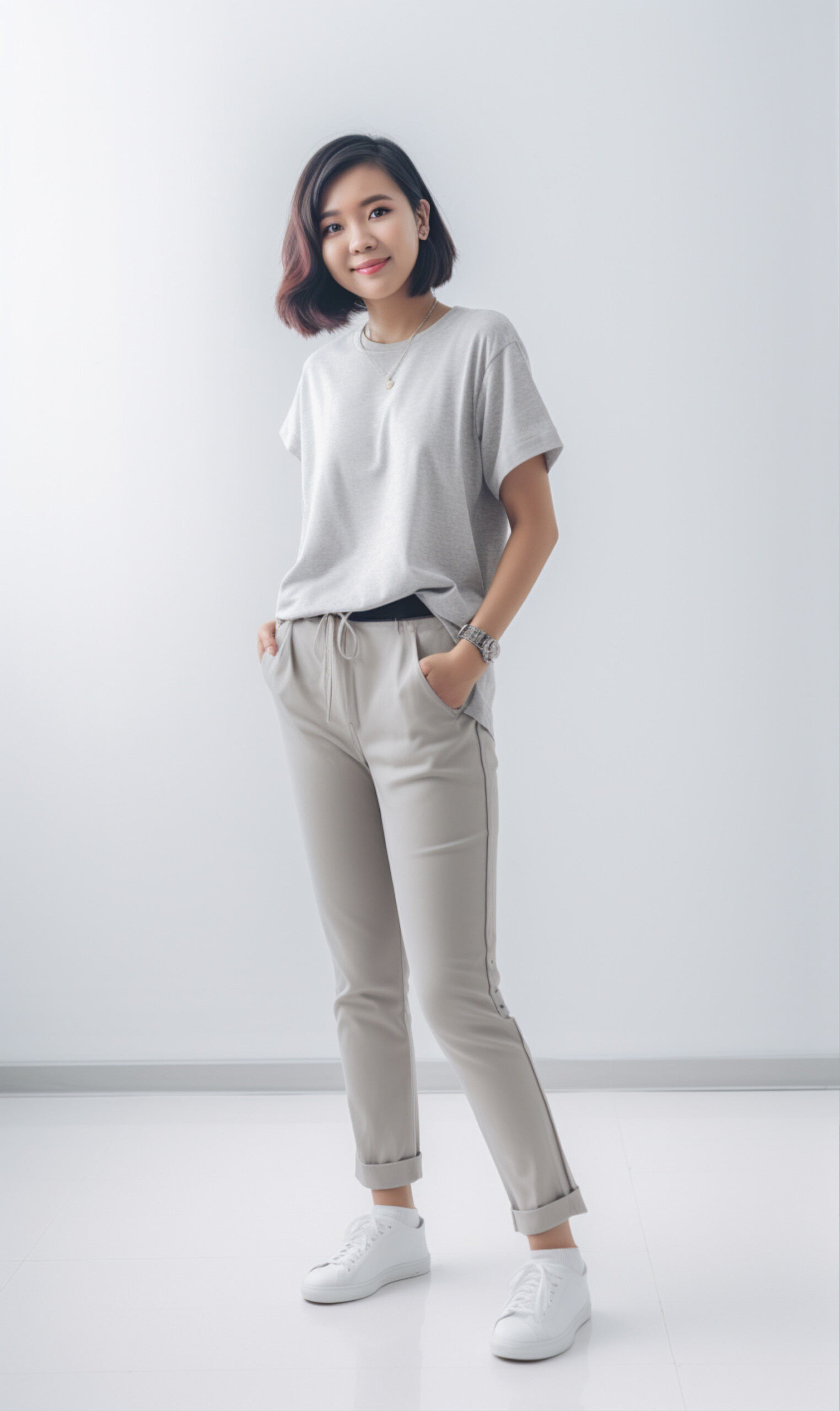
Malaysia
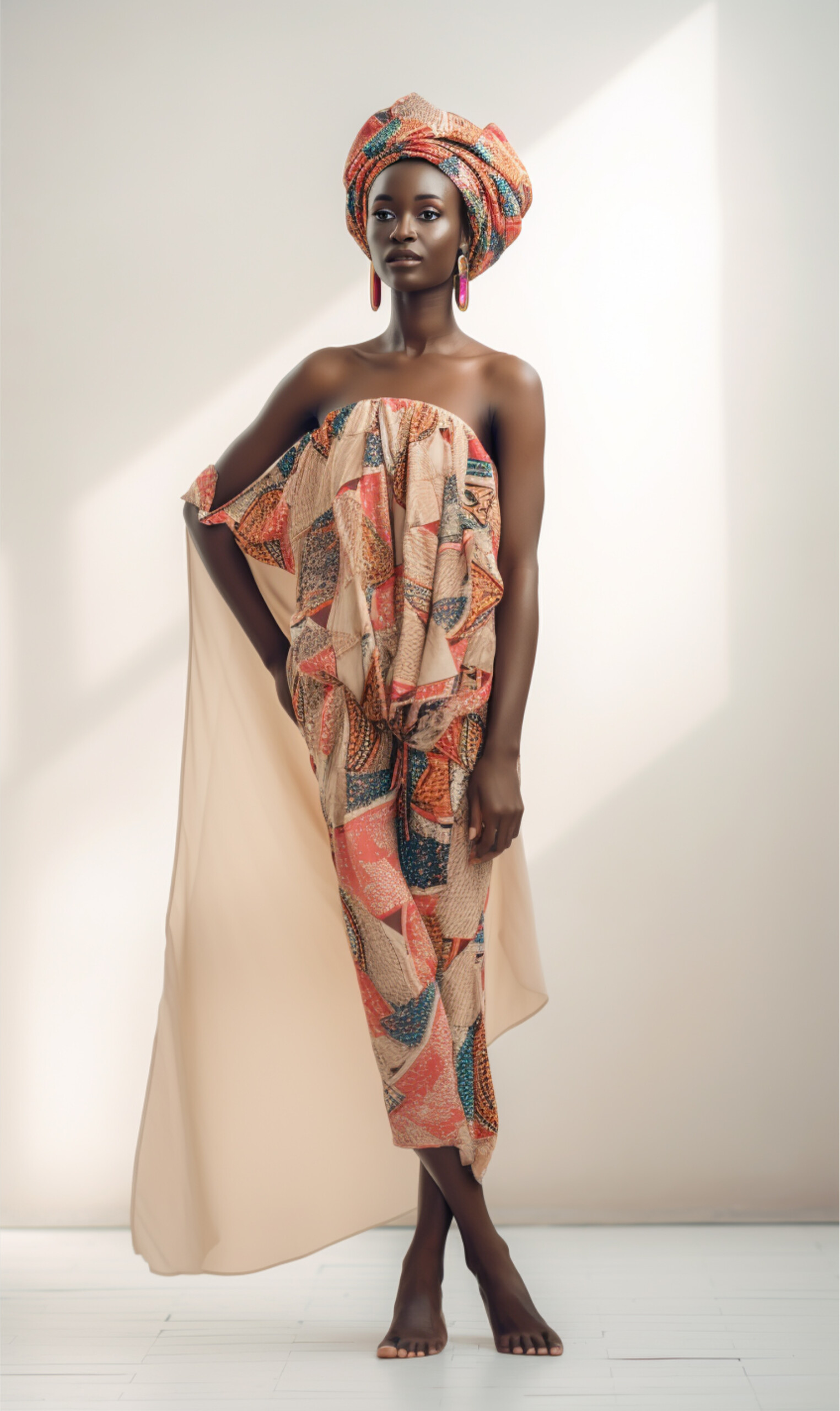
Mali
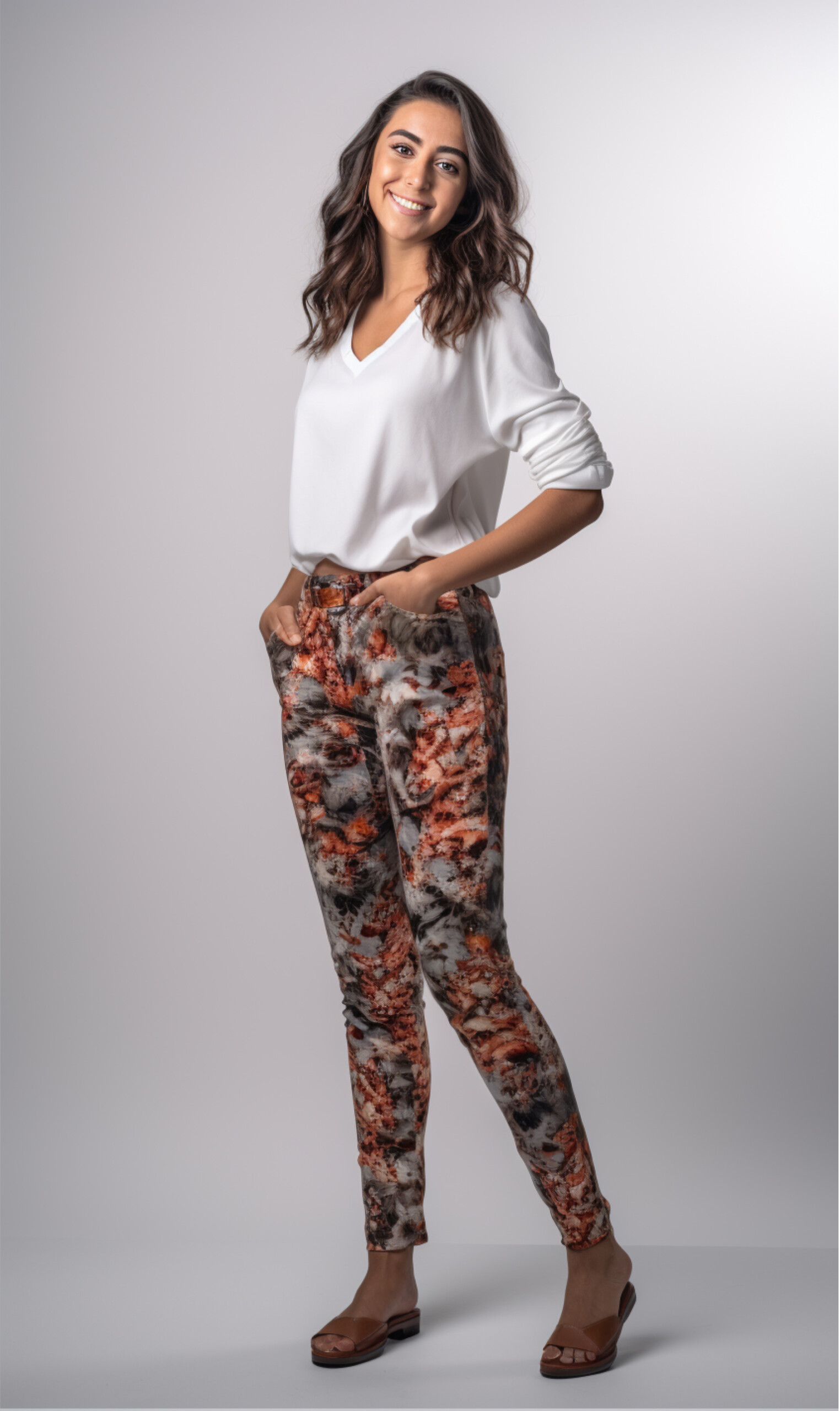
Mexico
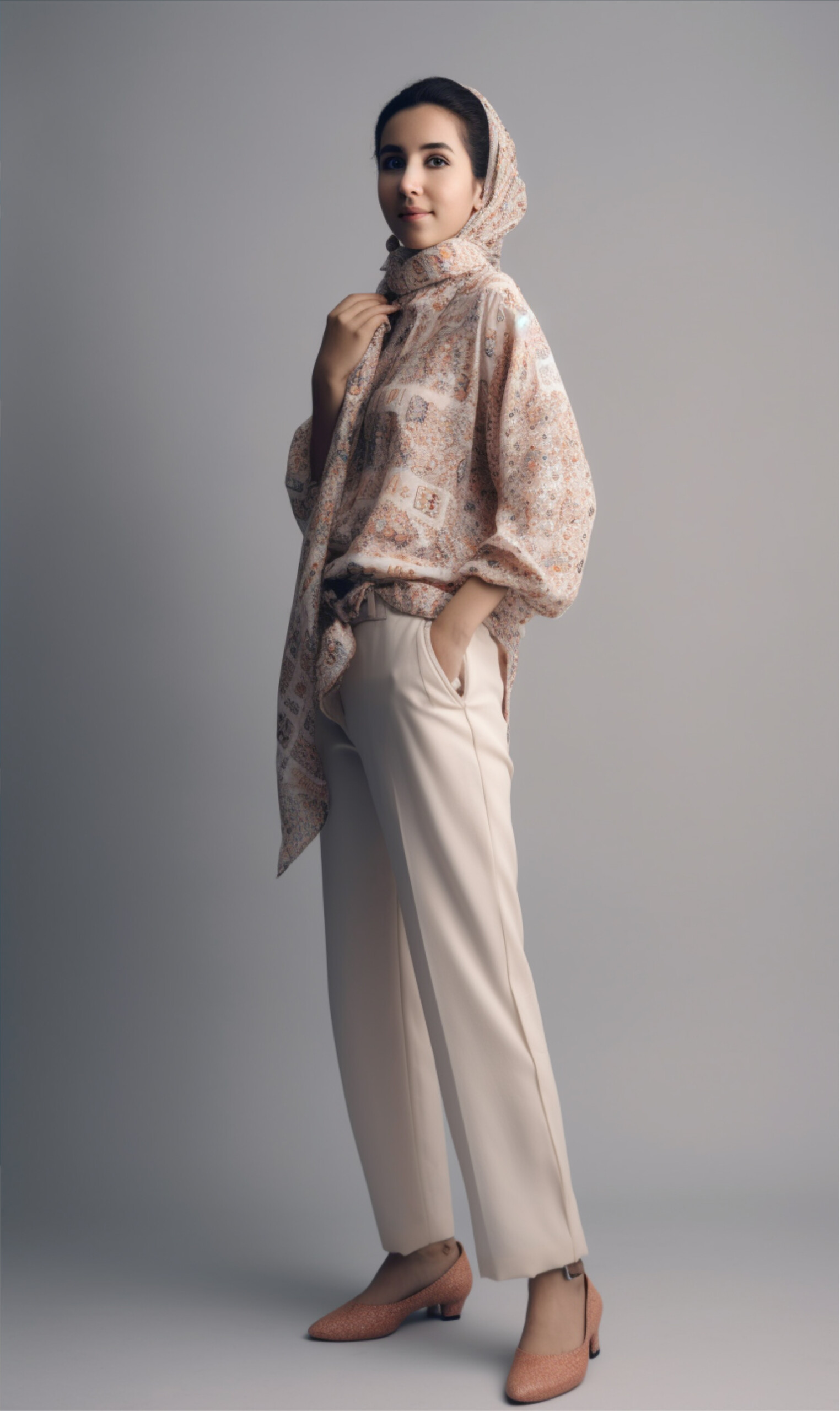
Morocco
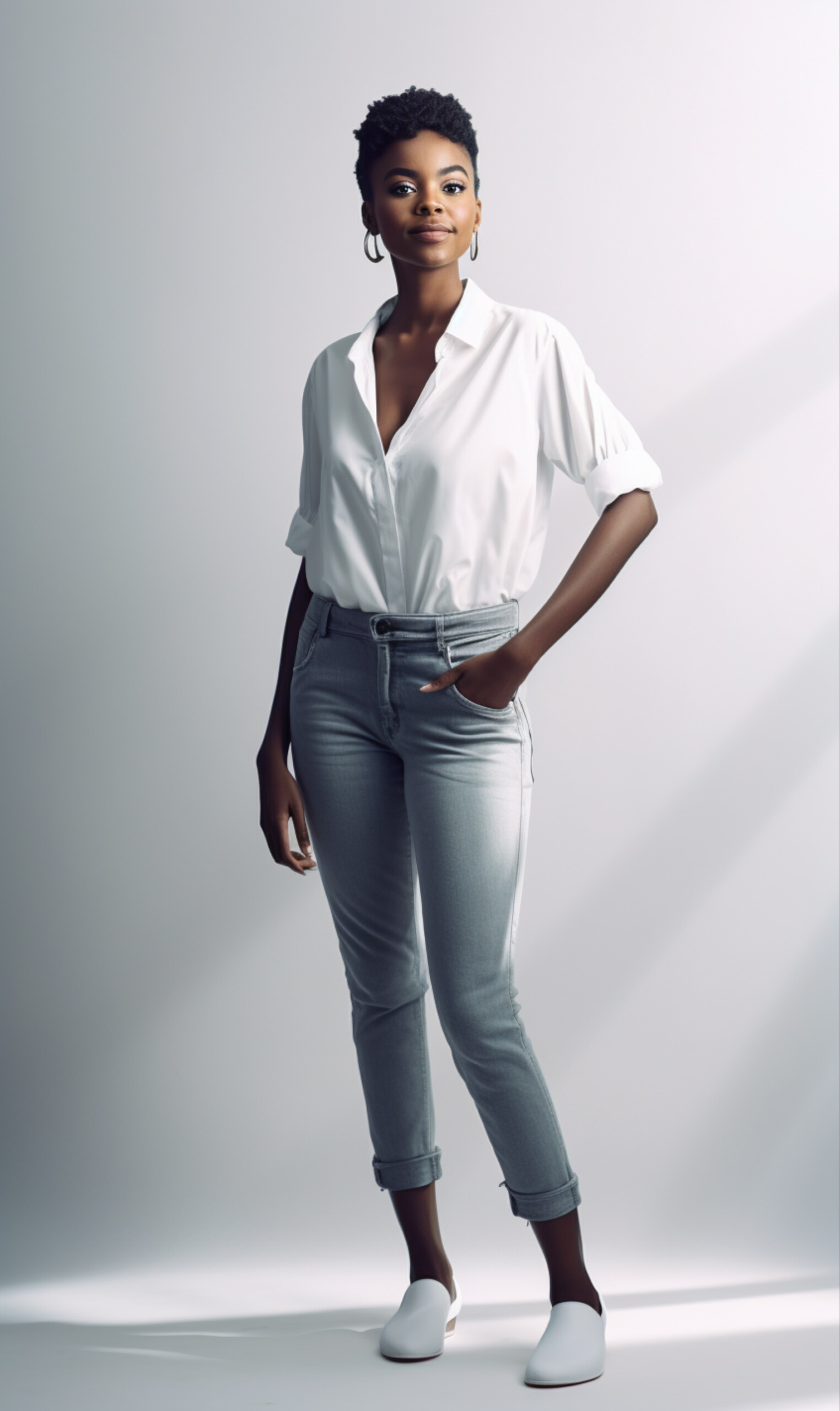
Mozambique
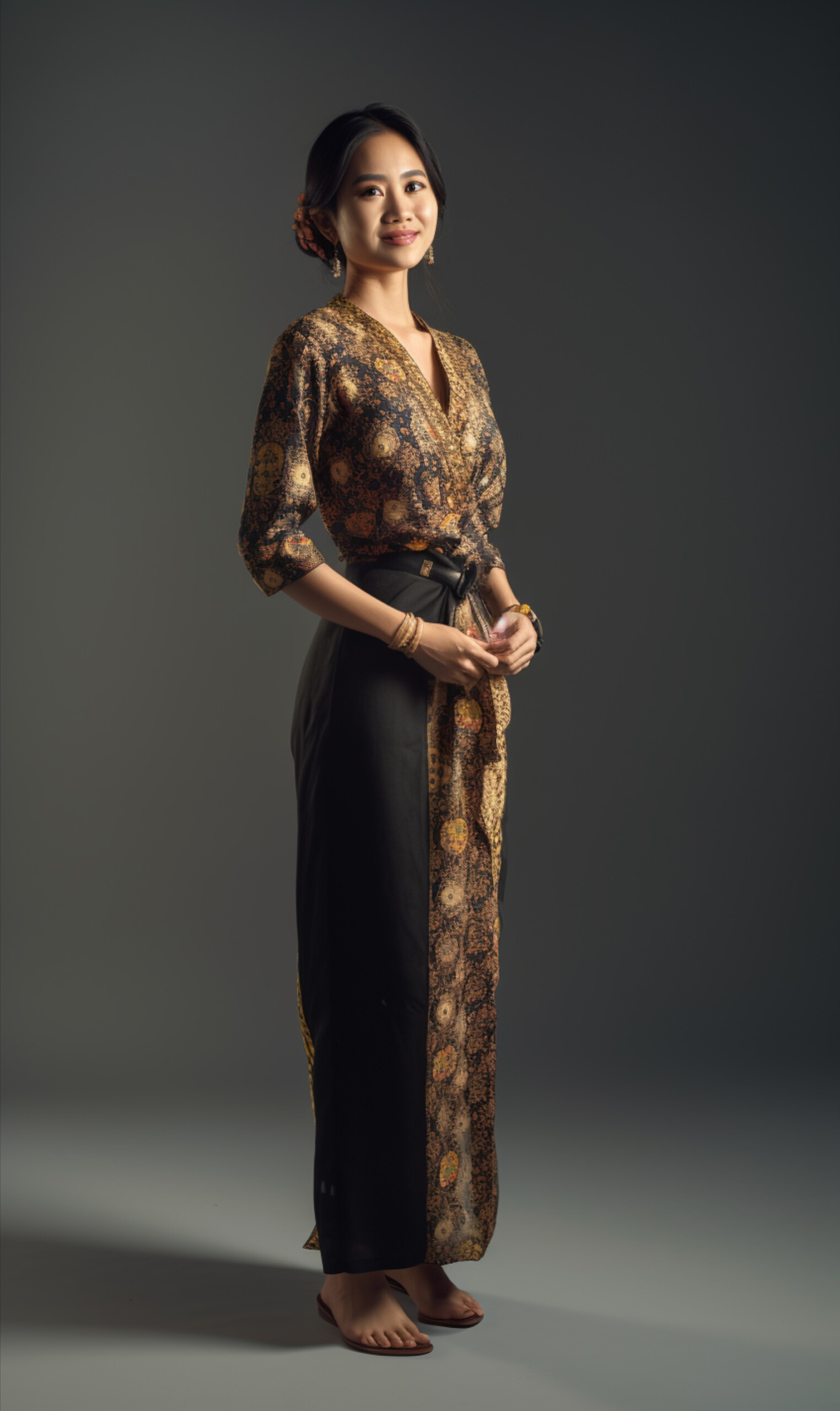
Myanmar
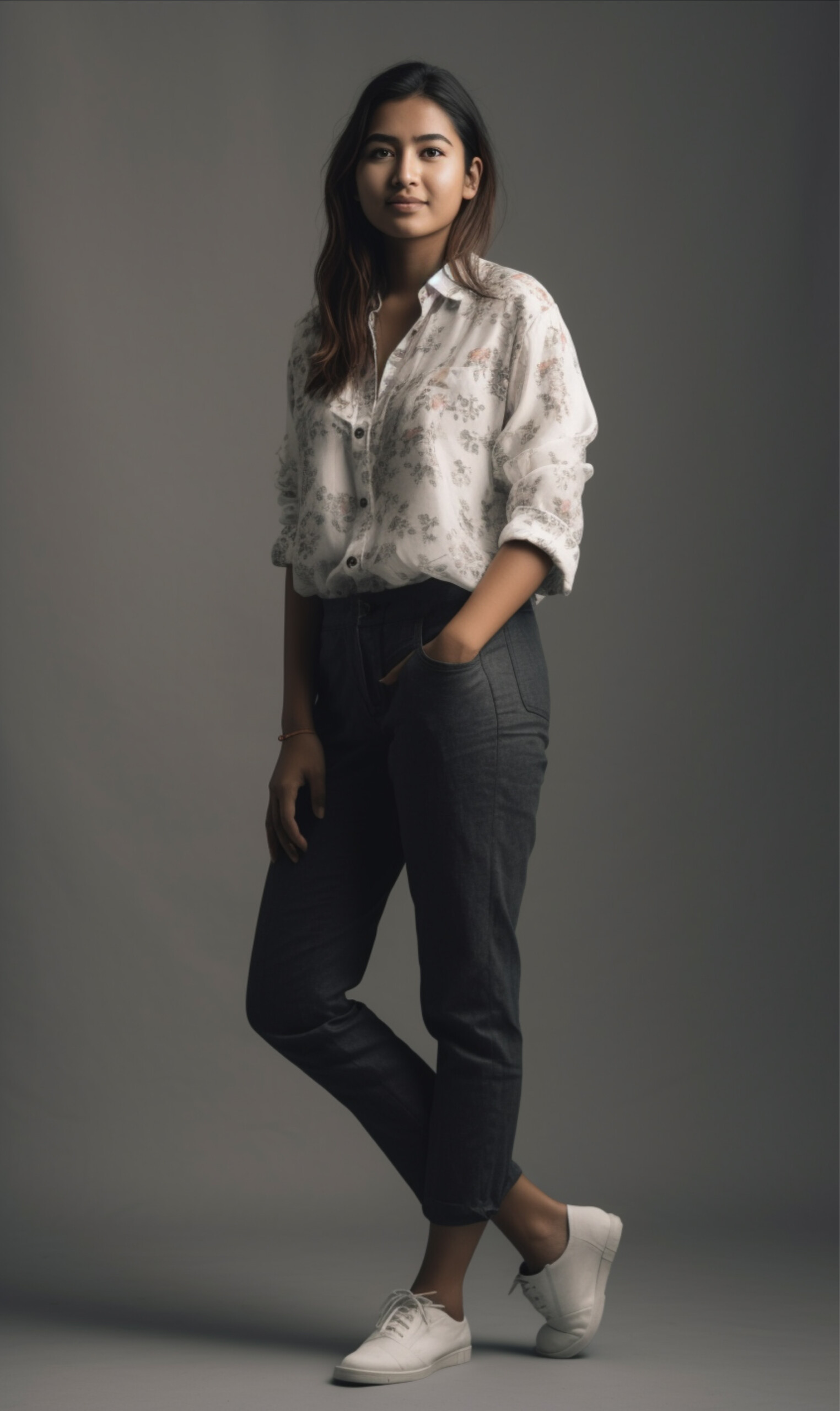
Nepal
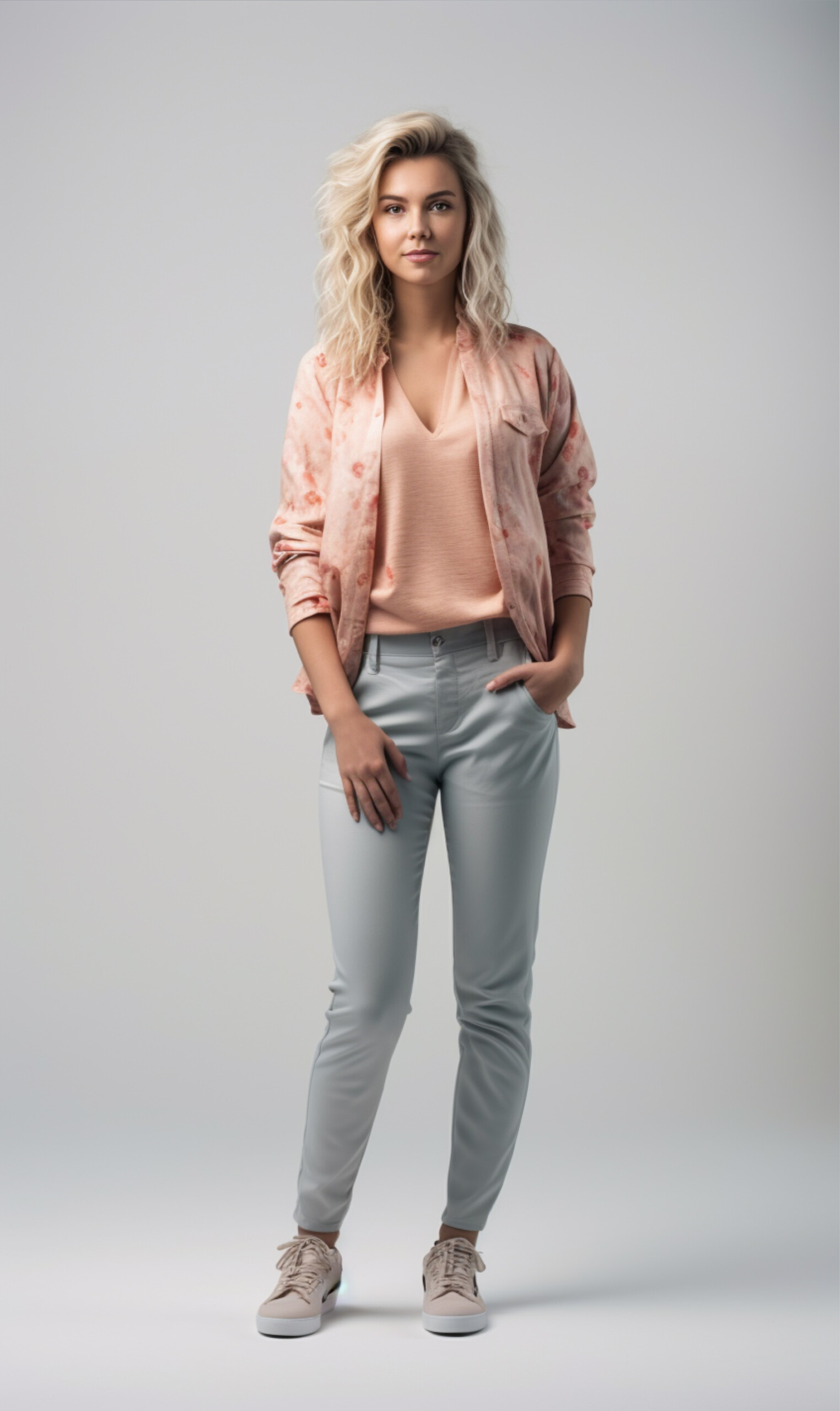
Netherlands
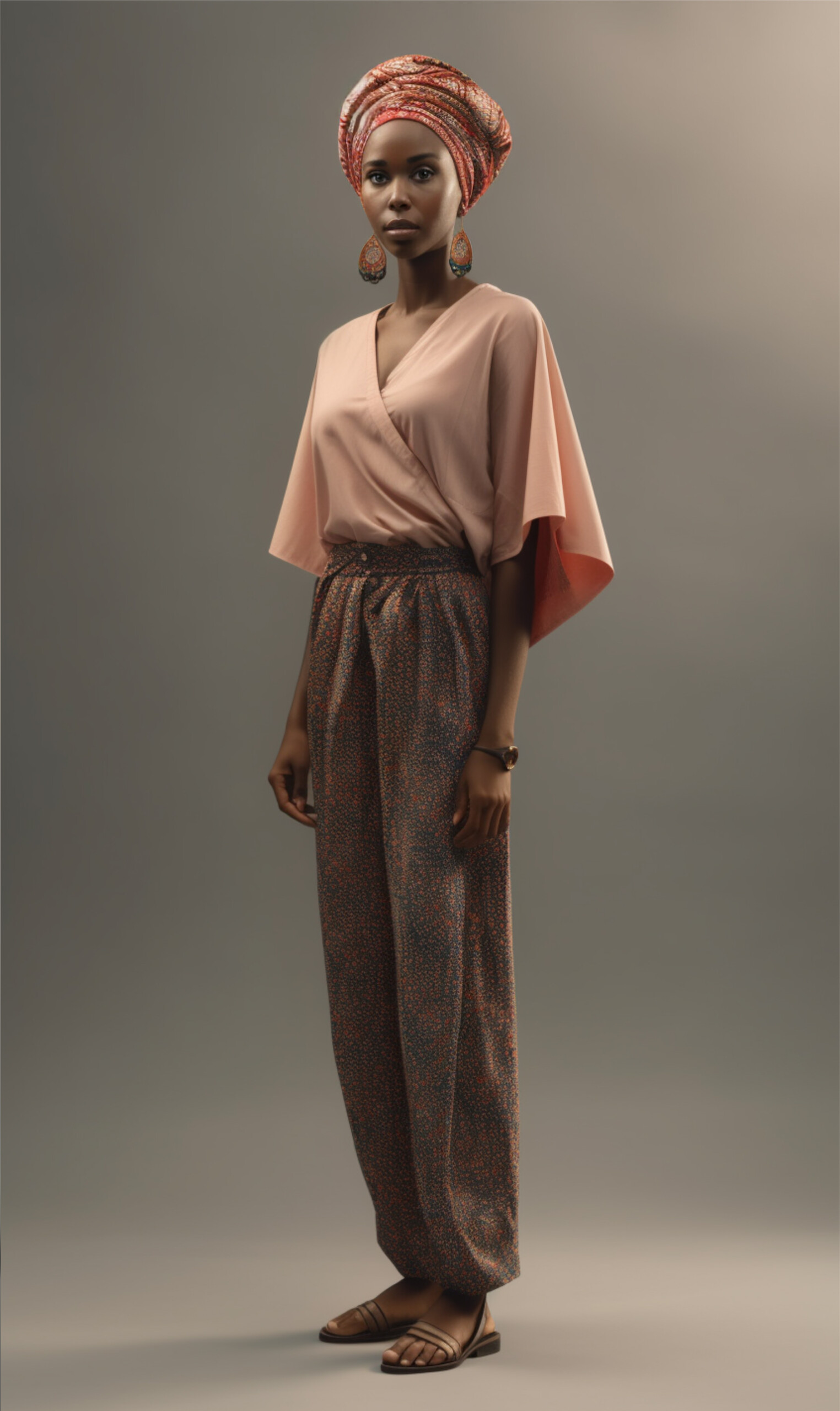
Niger
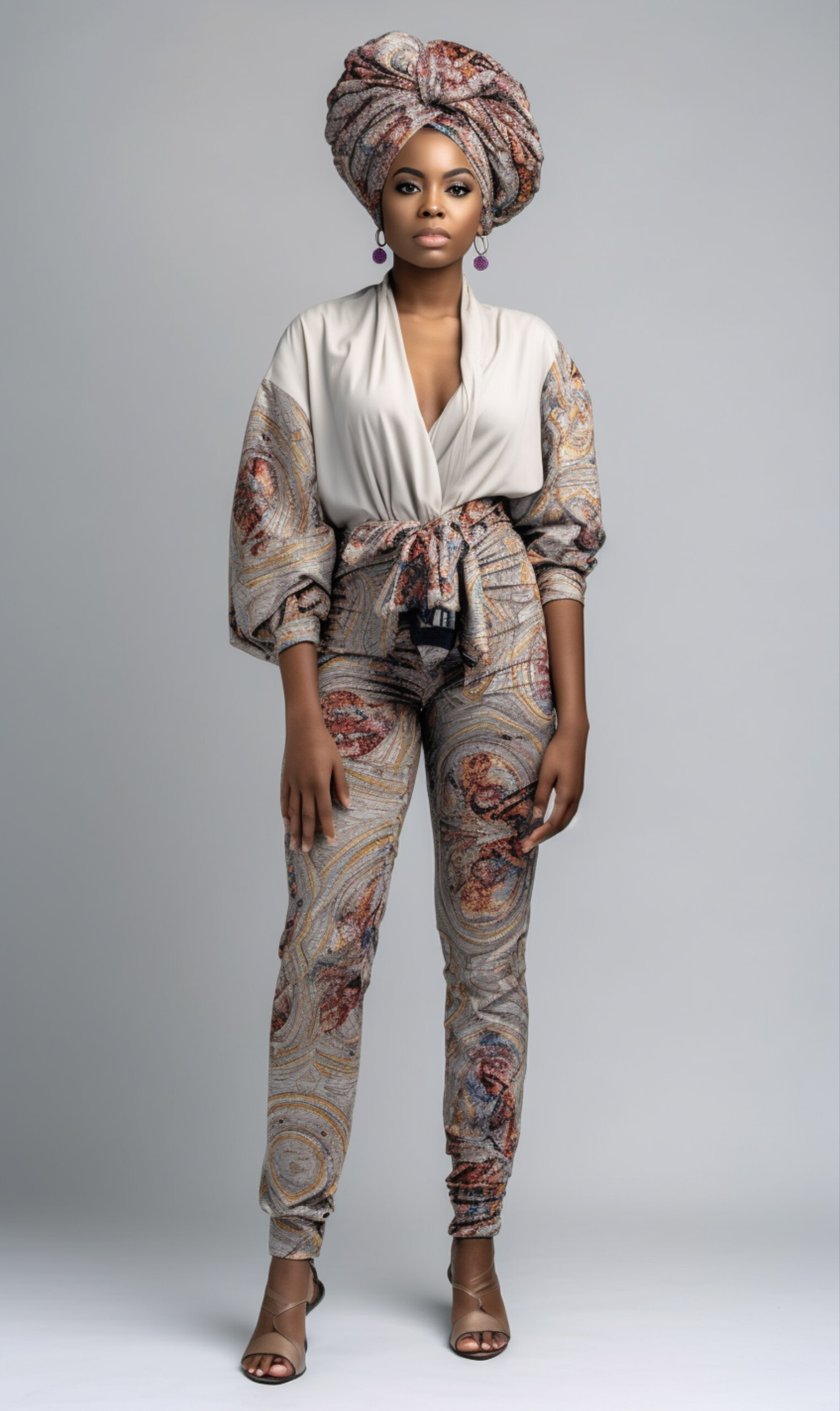
Nigeria
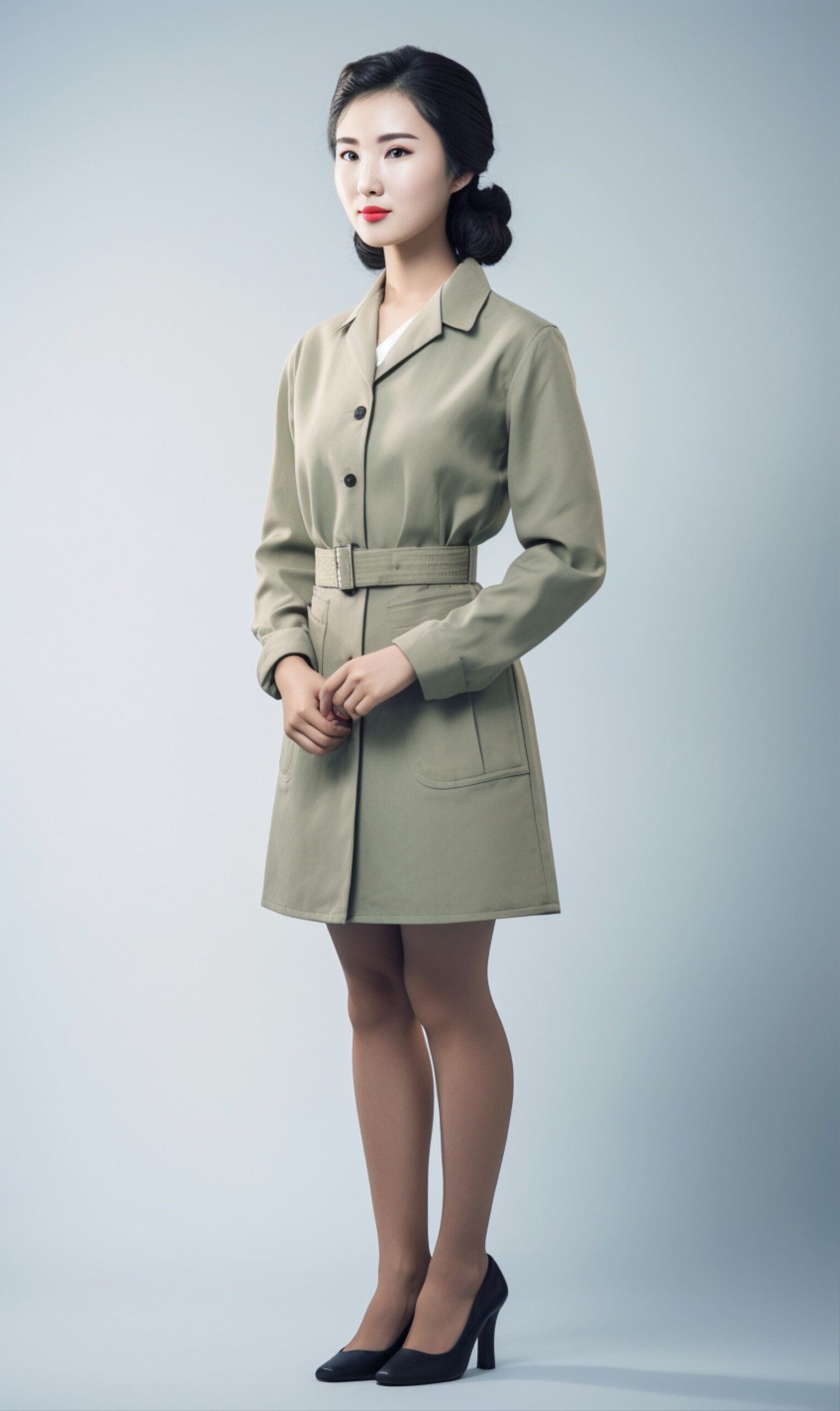
North Korea
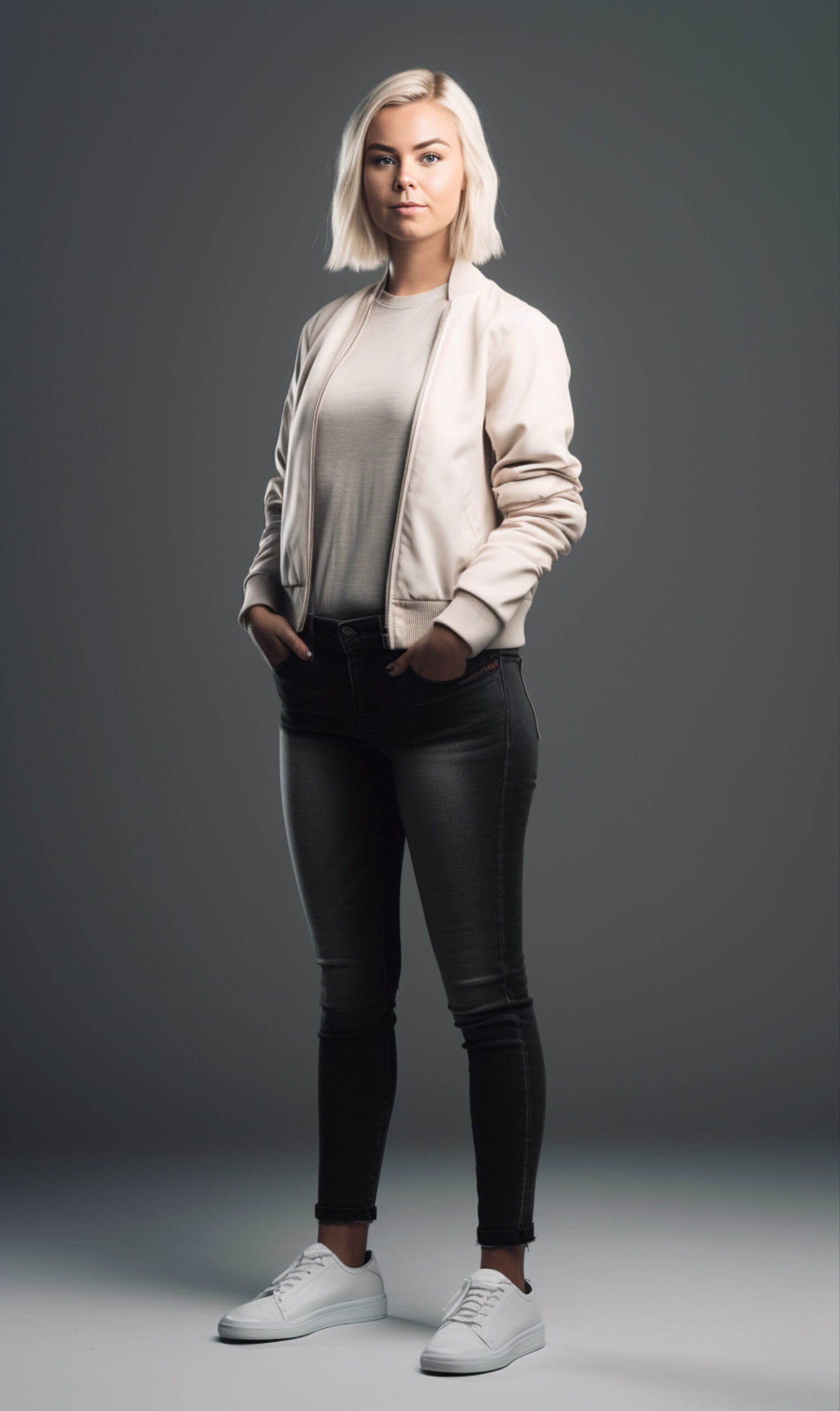
Norway
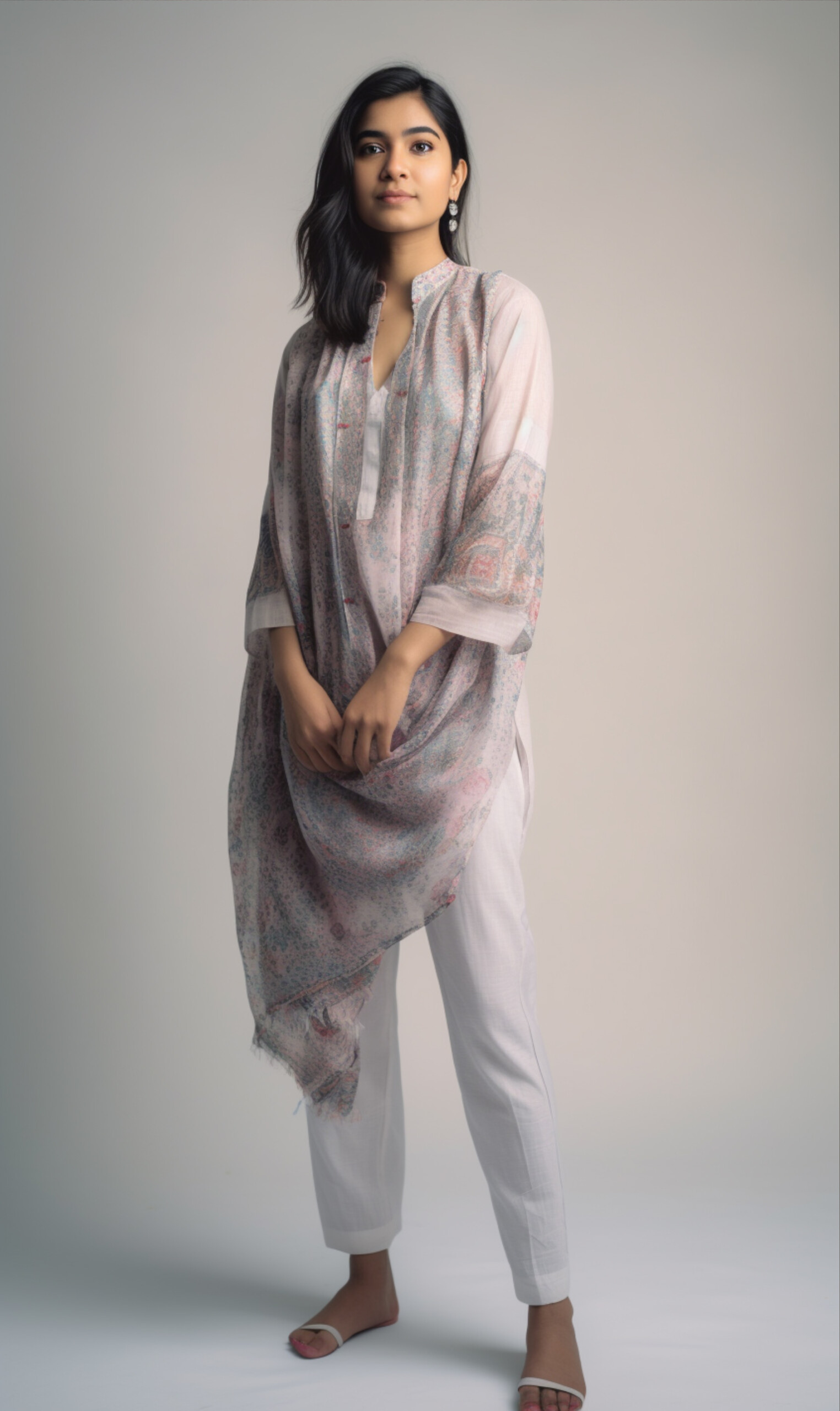
Pakistan
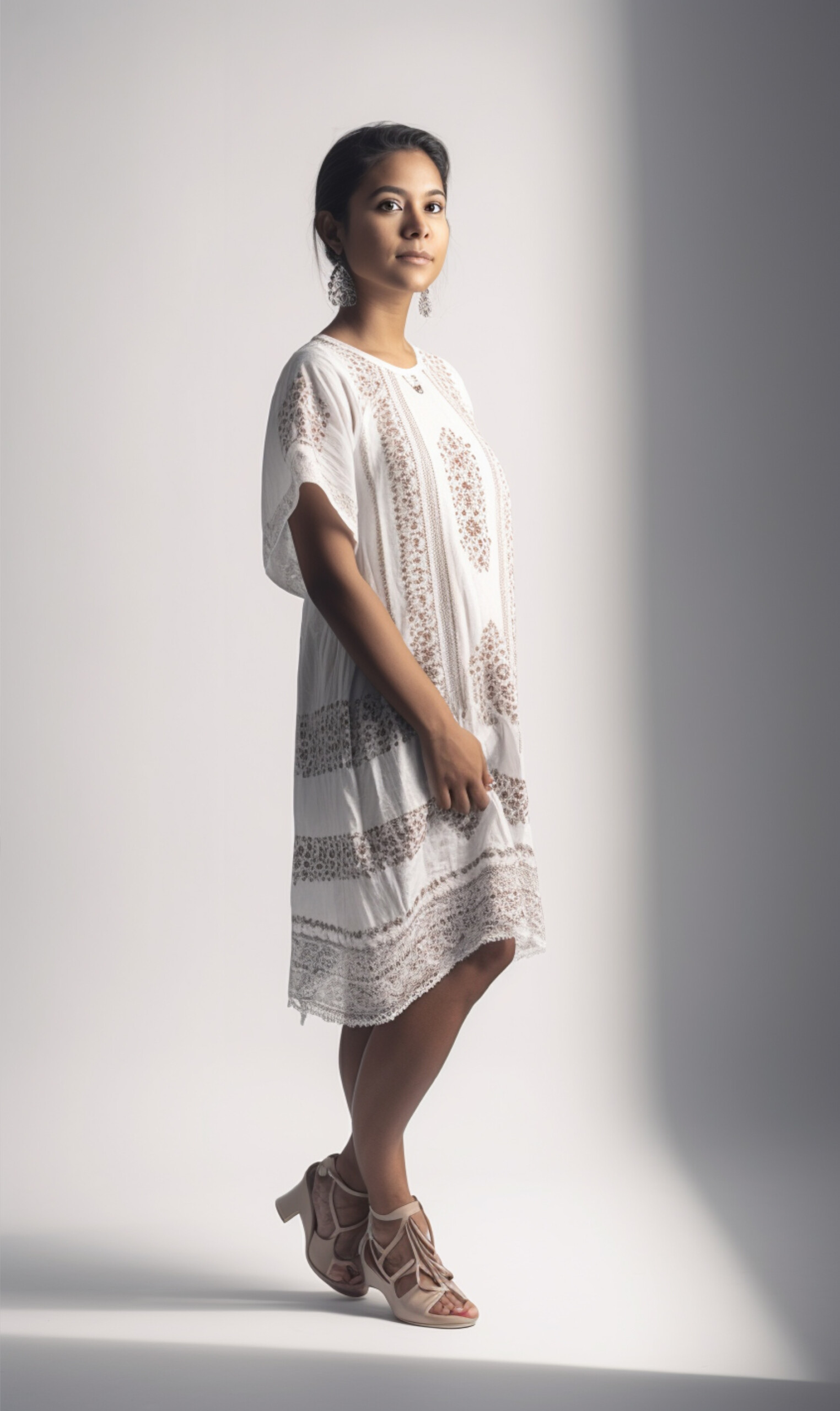
Peru
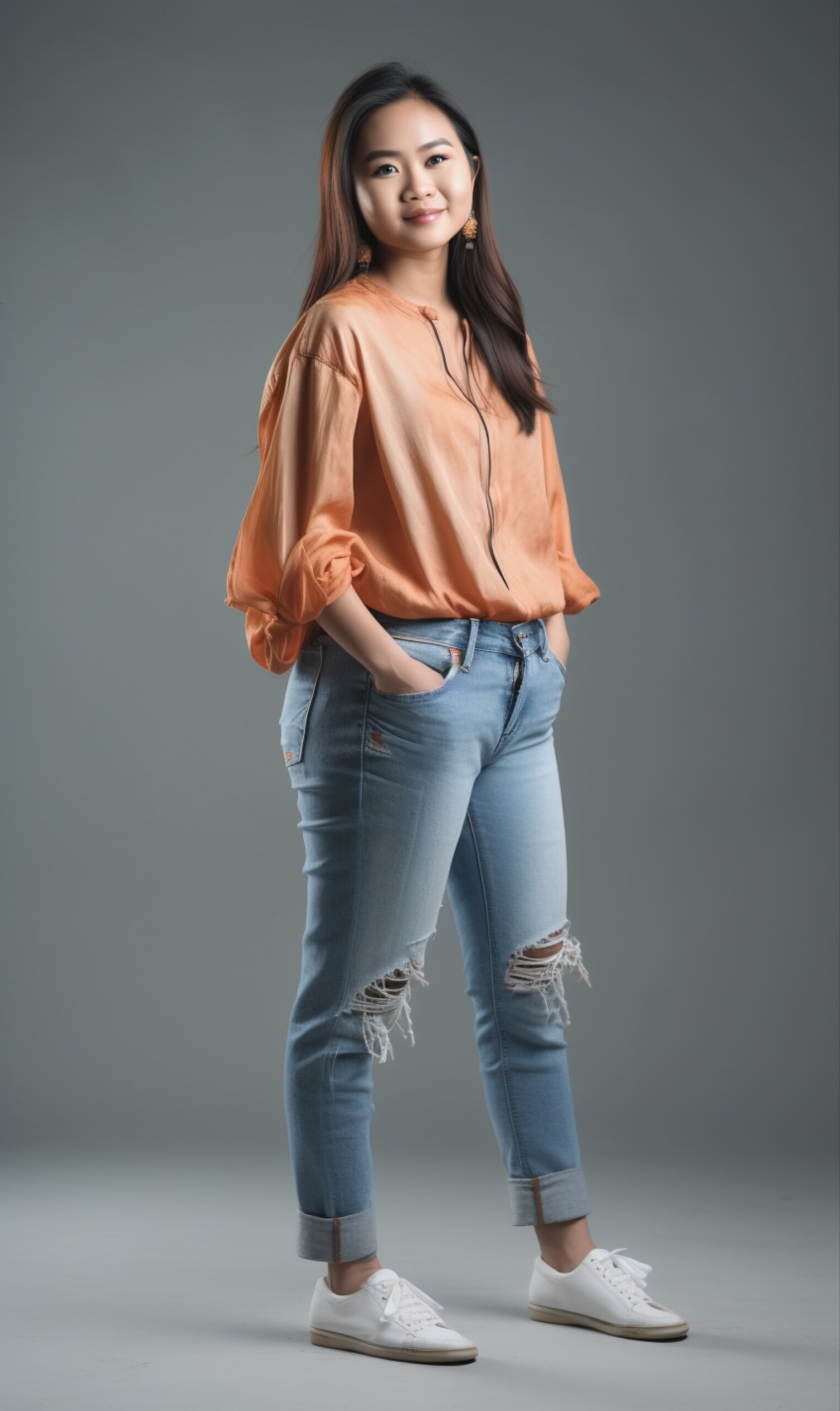
Philippines
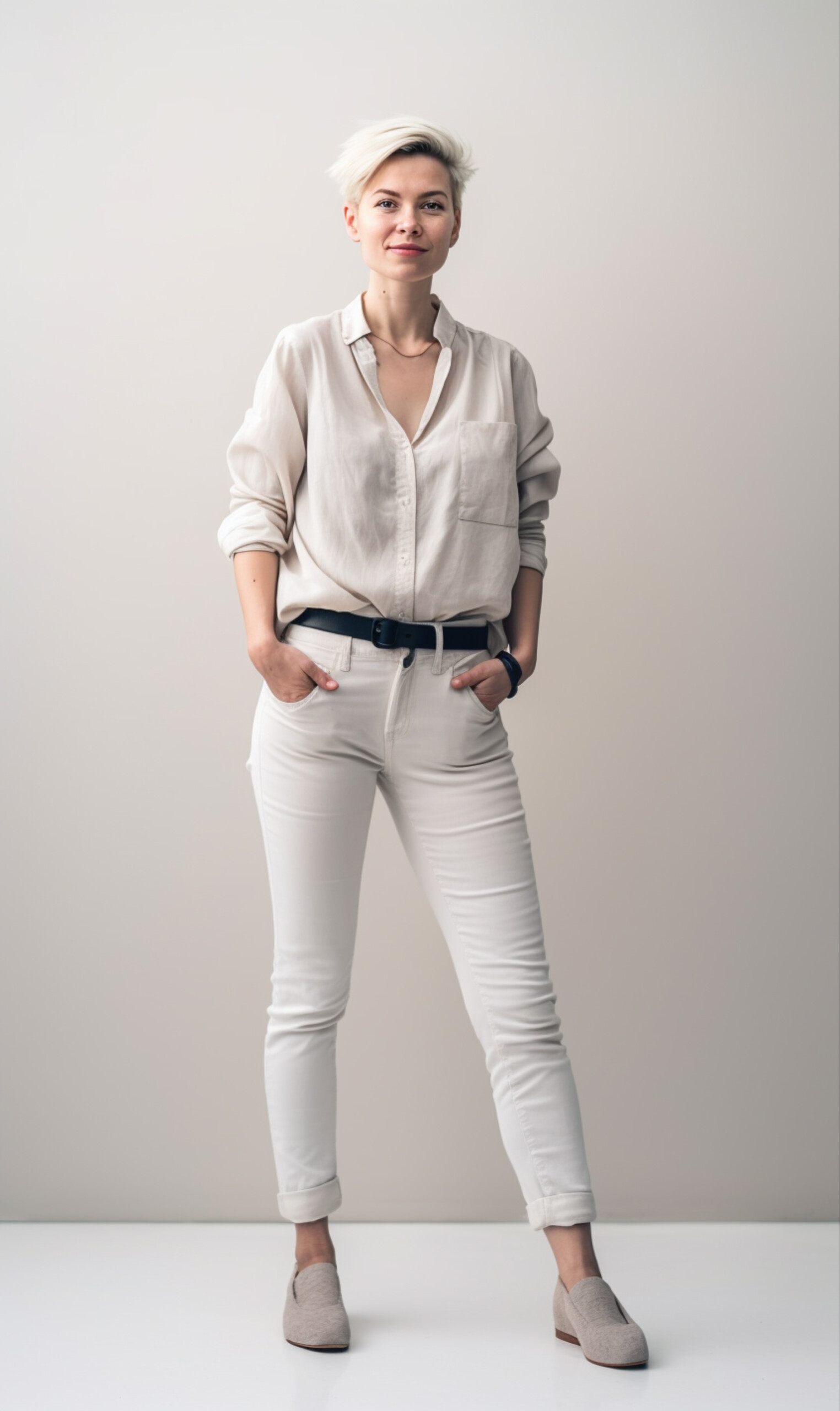
Poland
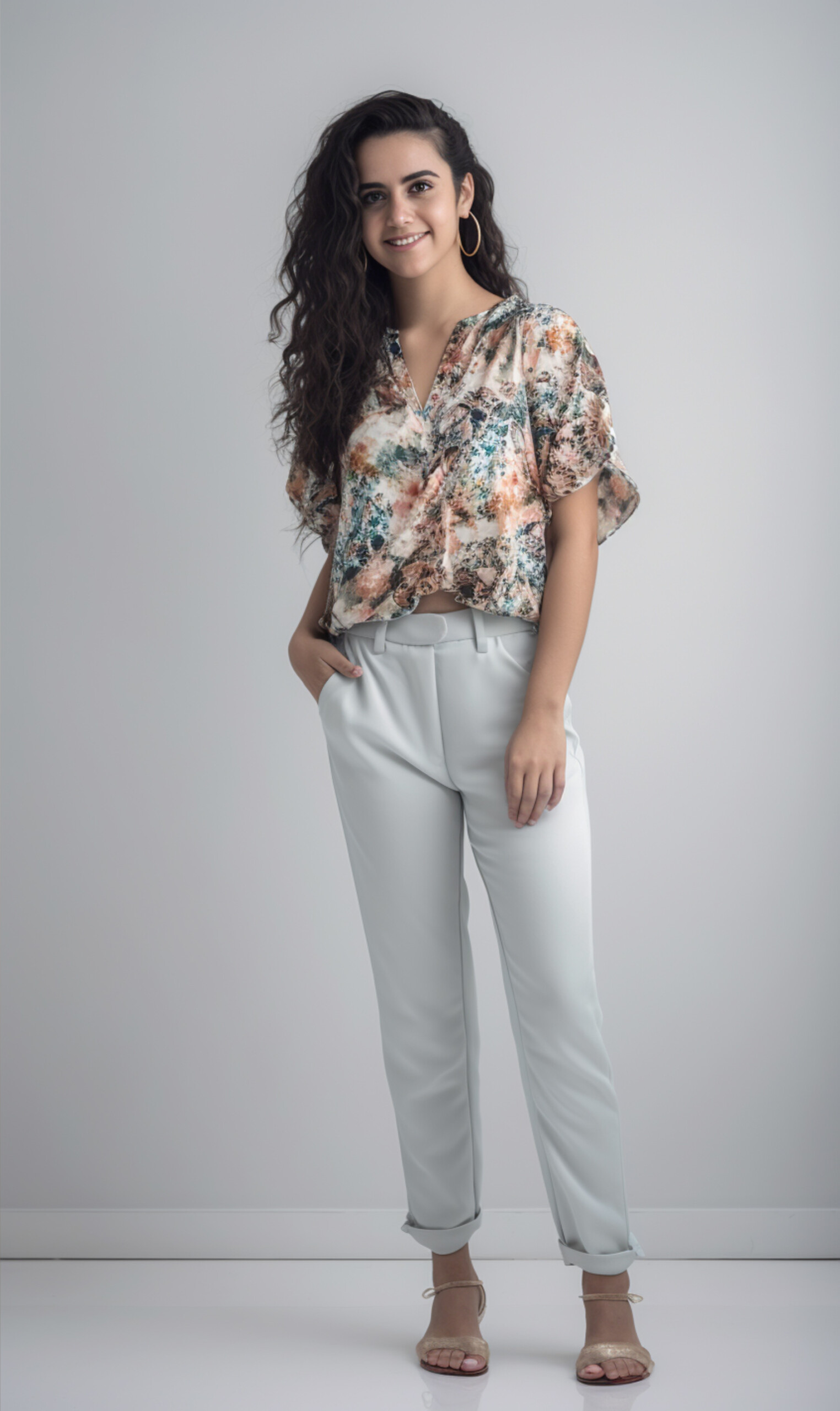
Portugal
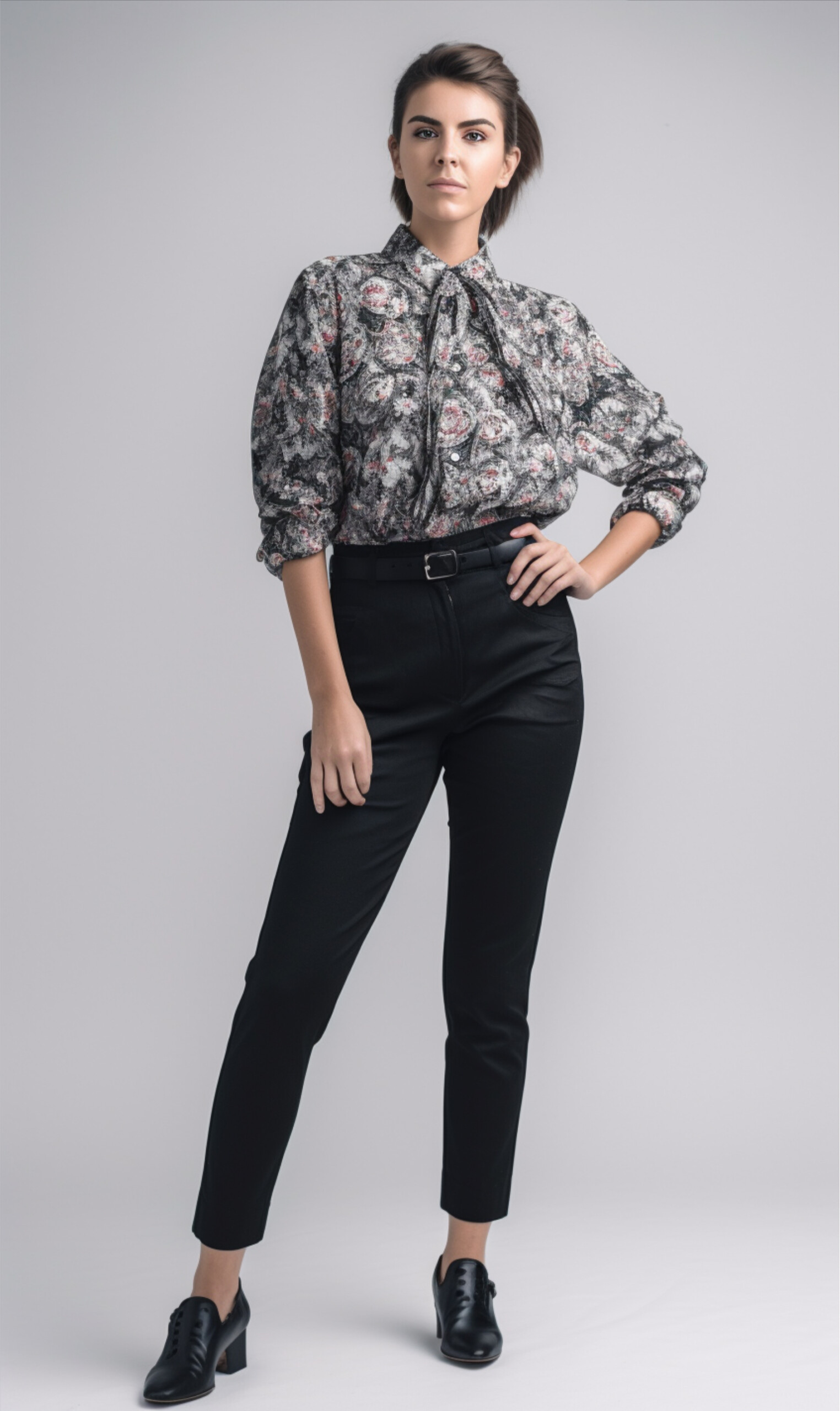
Romania
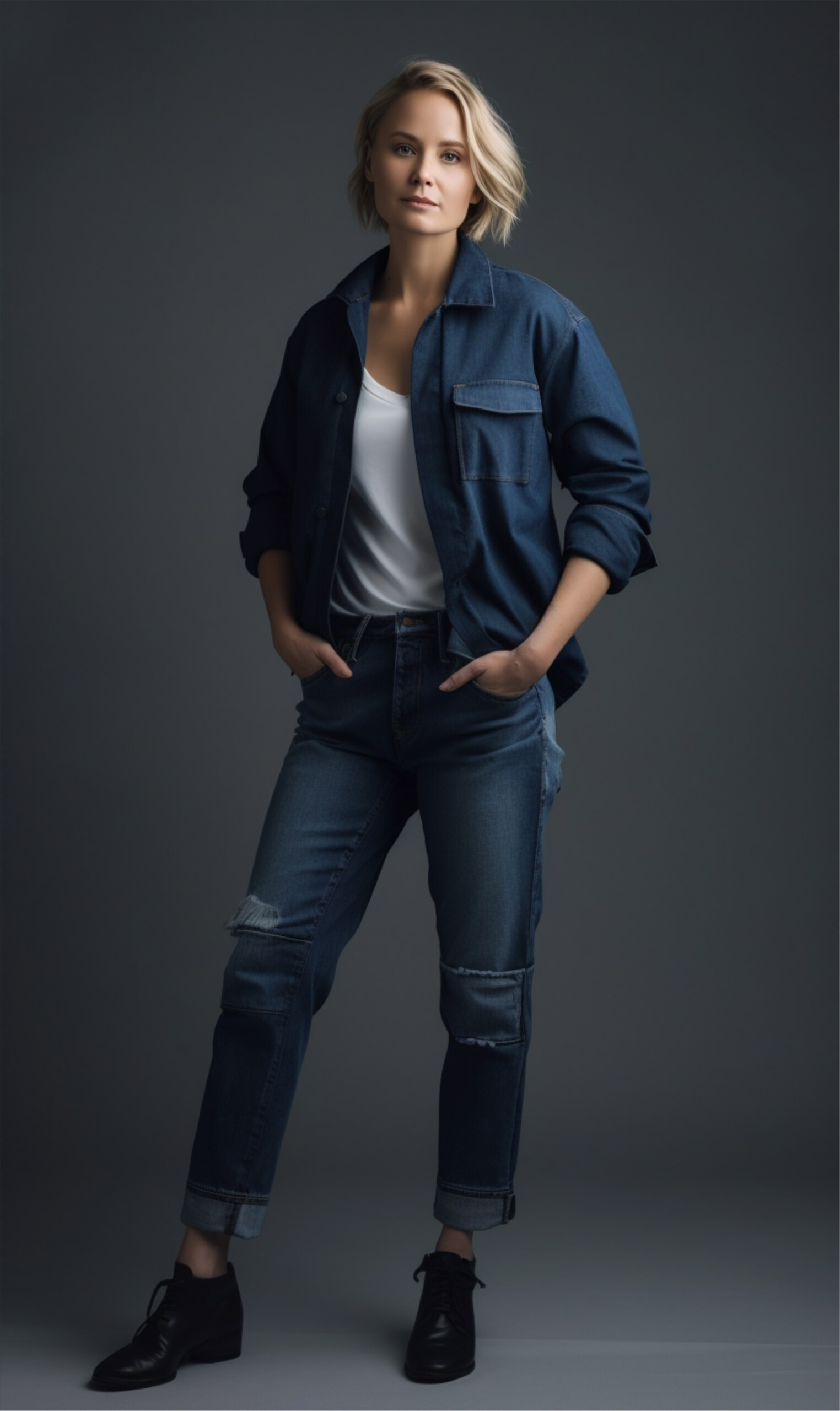
Russia
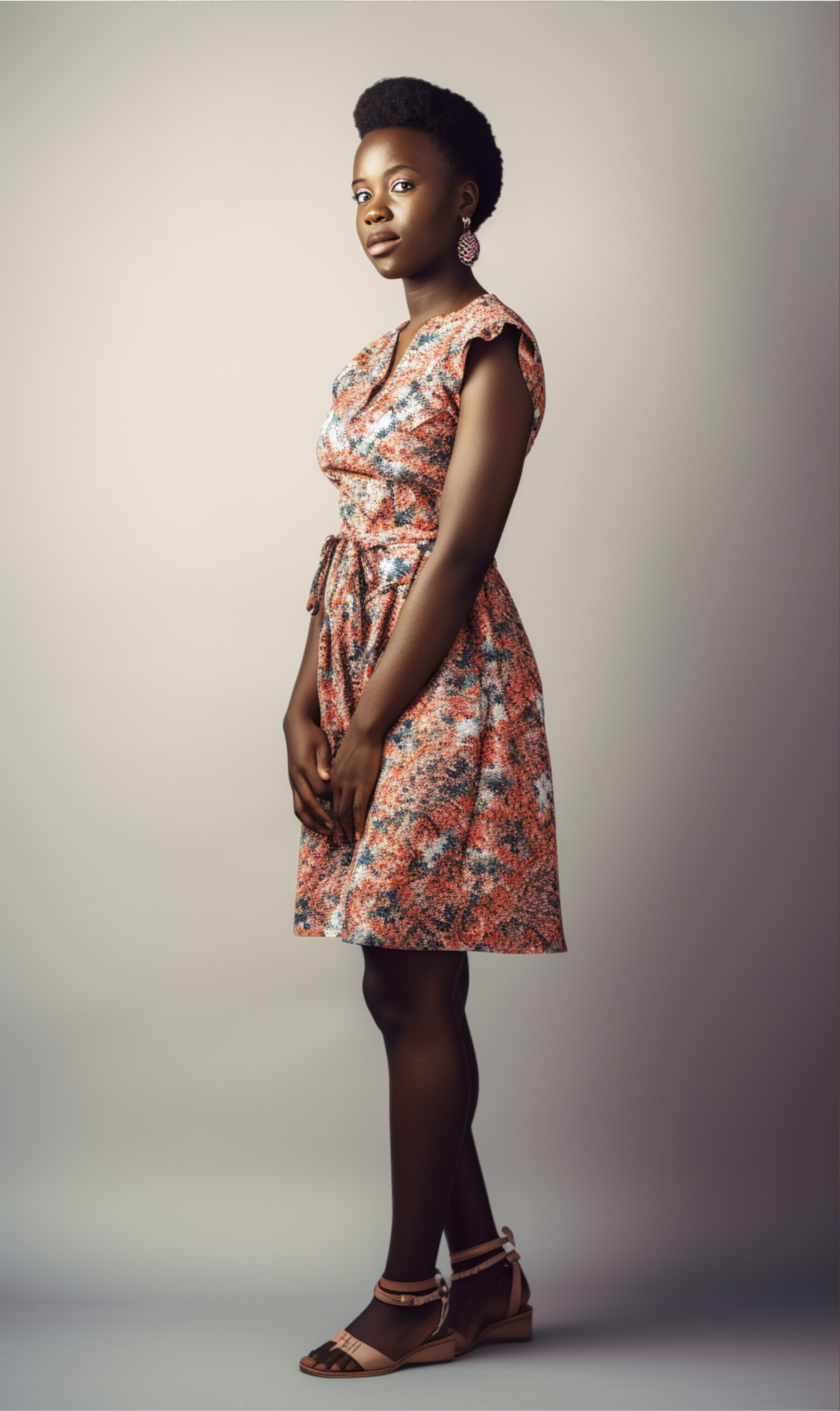
Rwanda
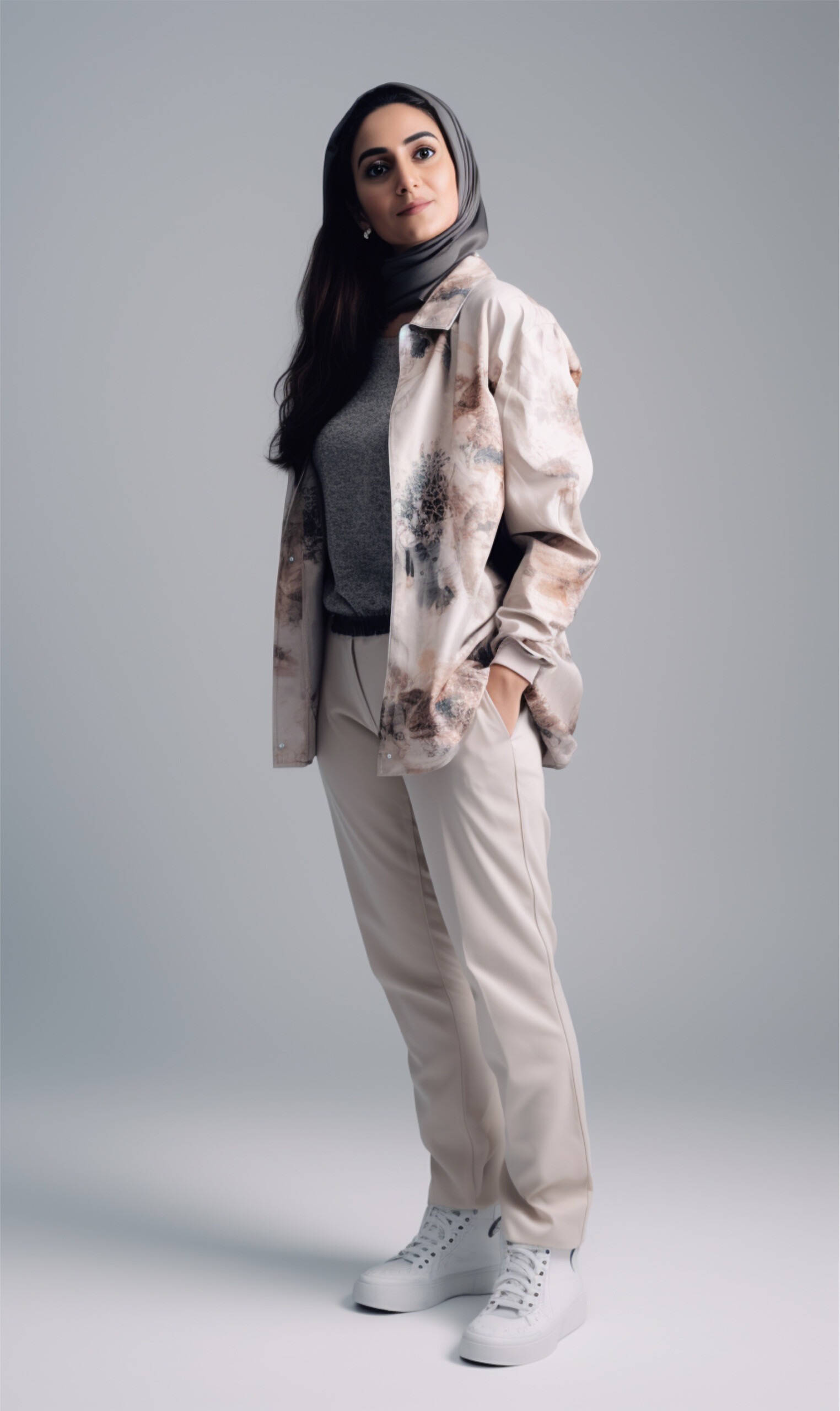
Saudi Arabia
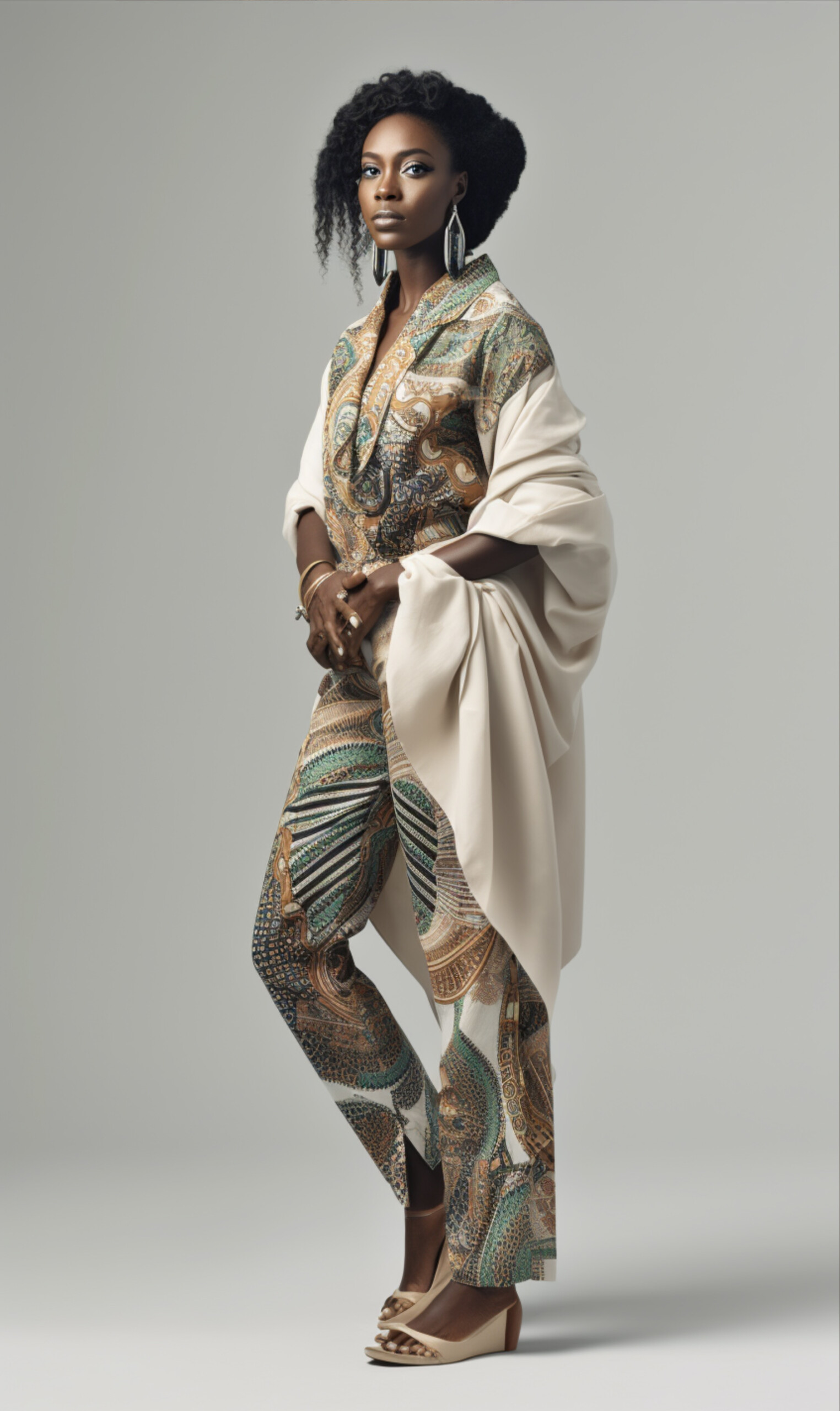
Senegal
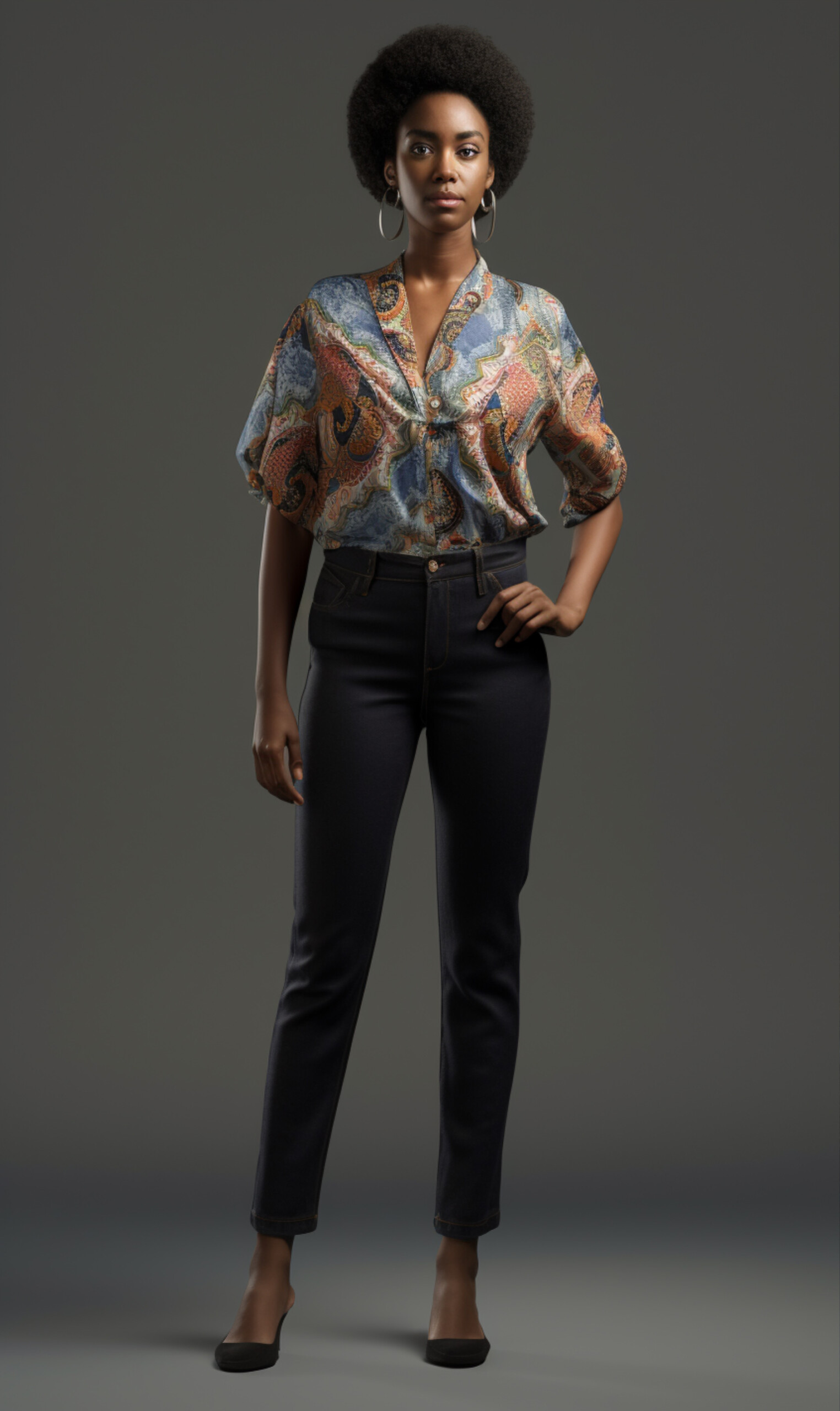
Sierra Leone
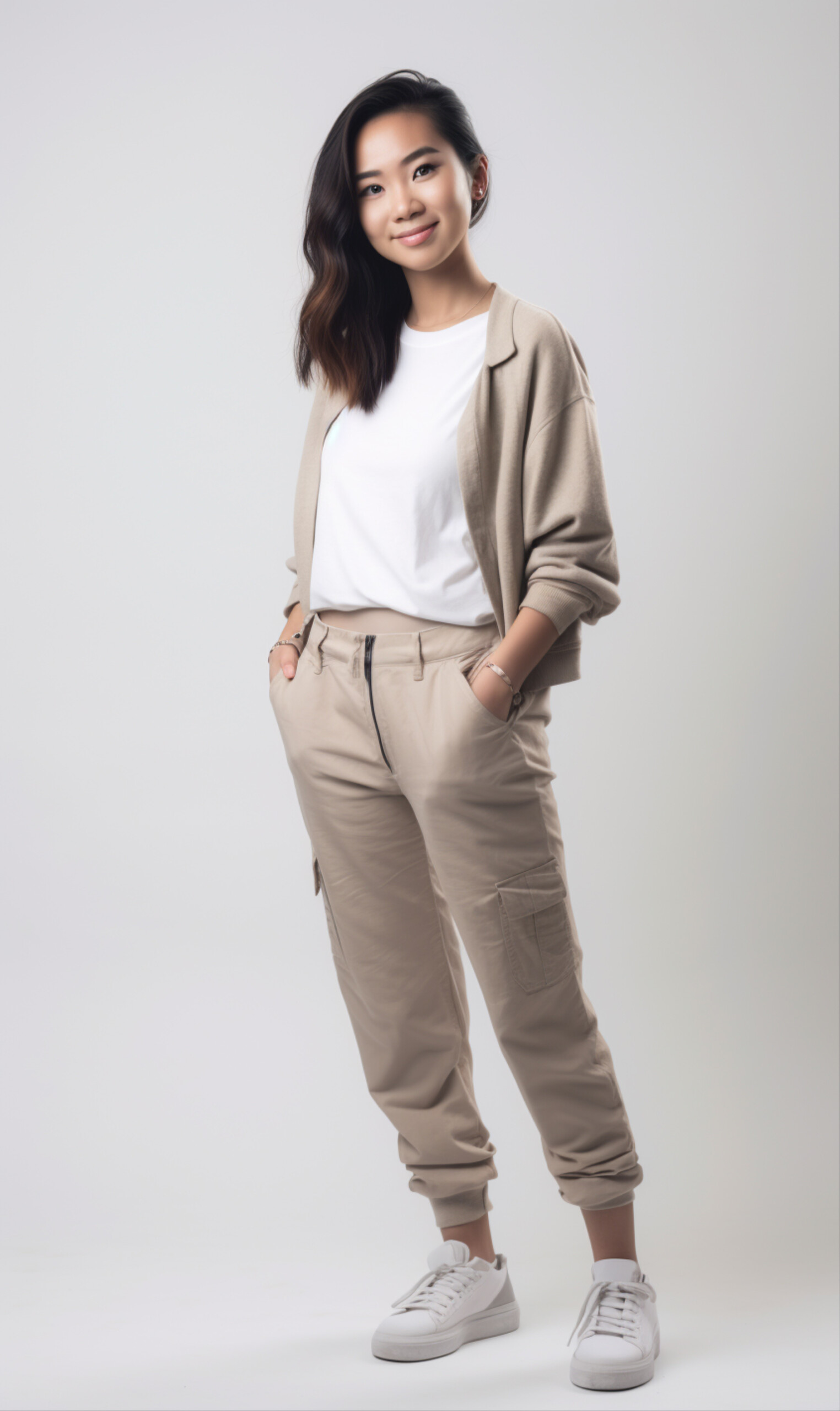
Singapore
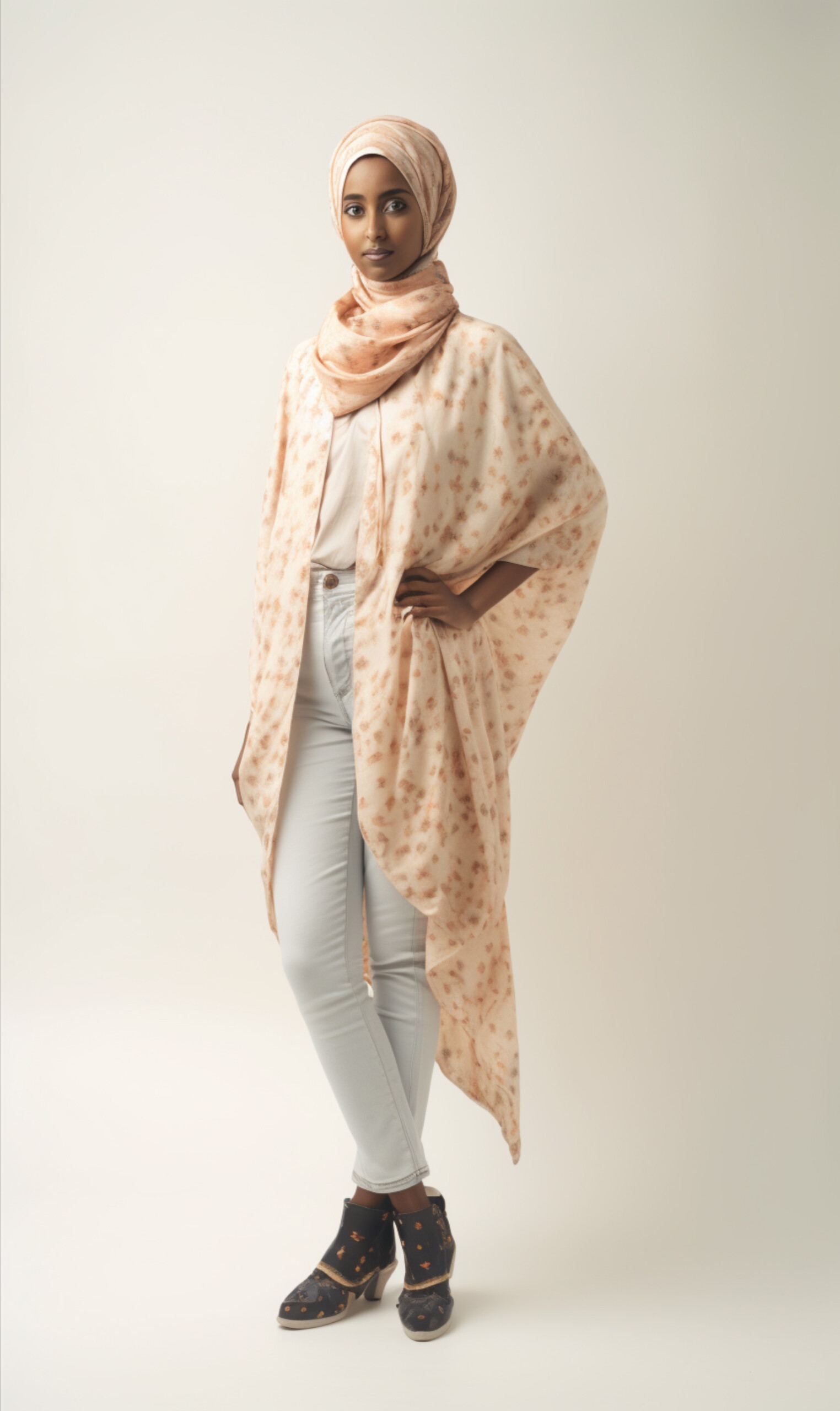
Somalia
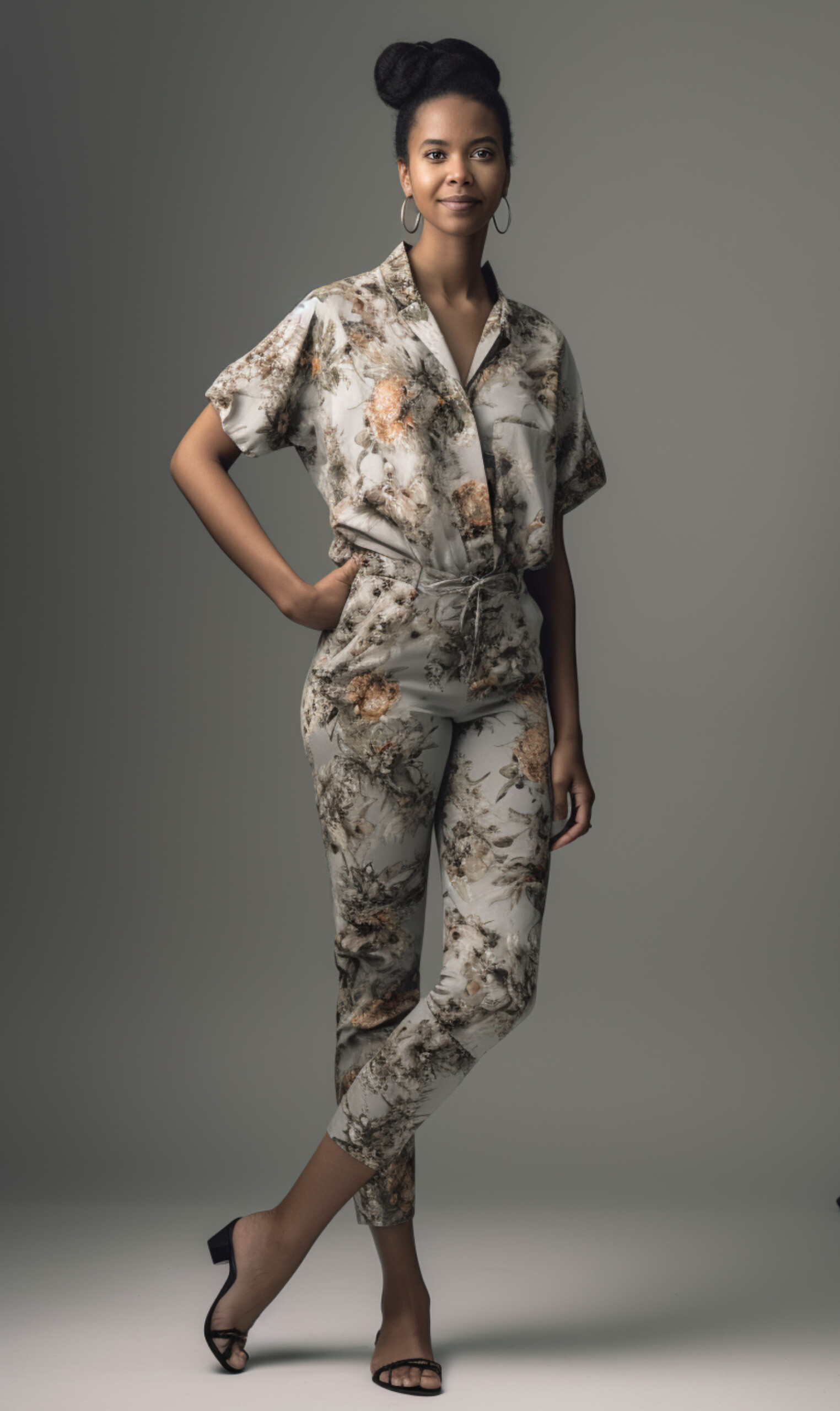
South Africa
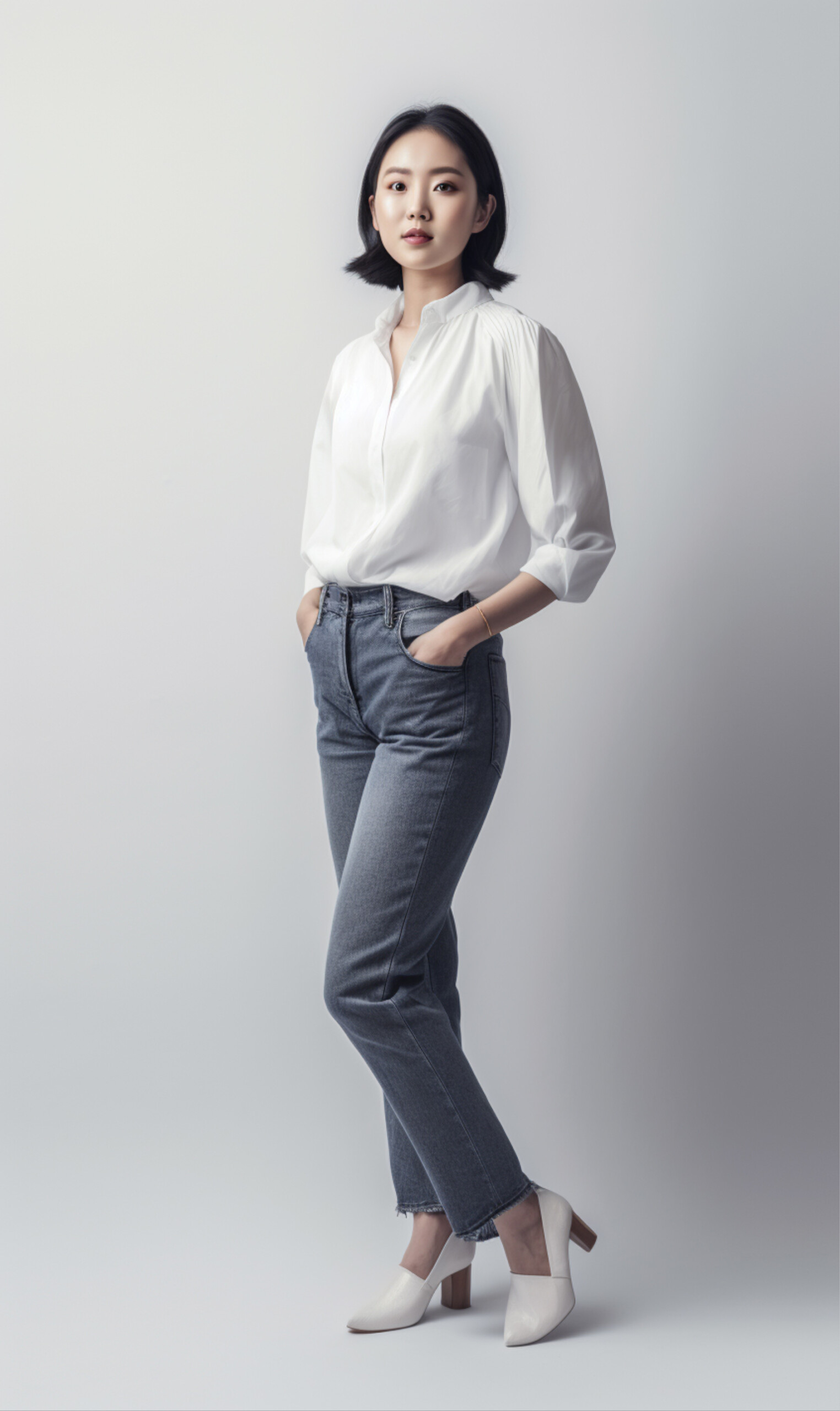
South Korea
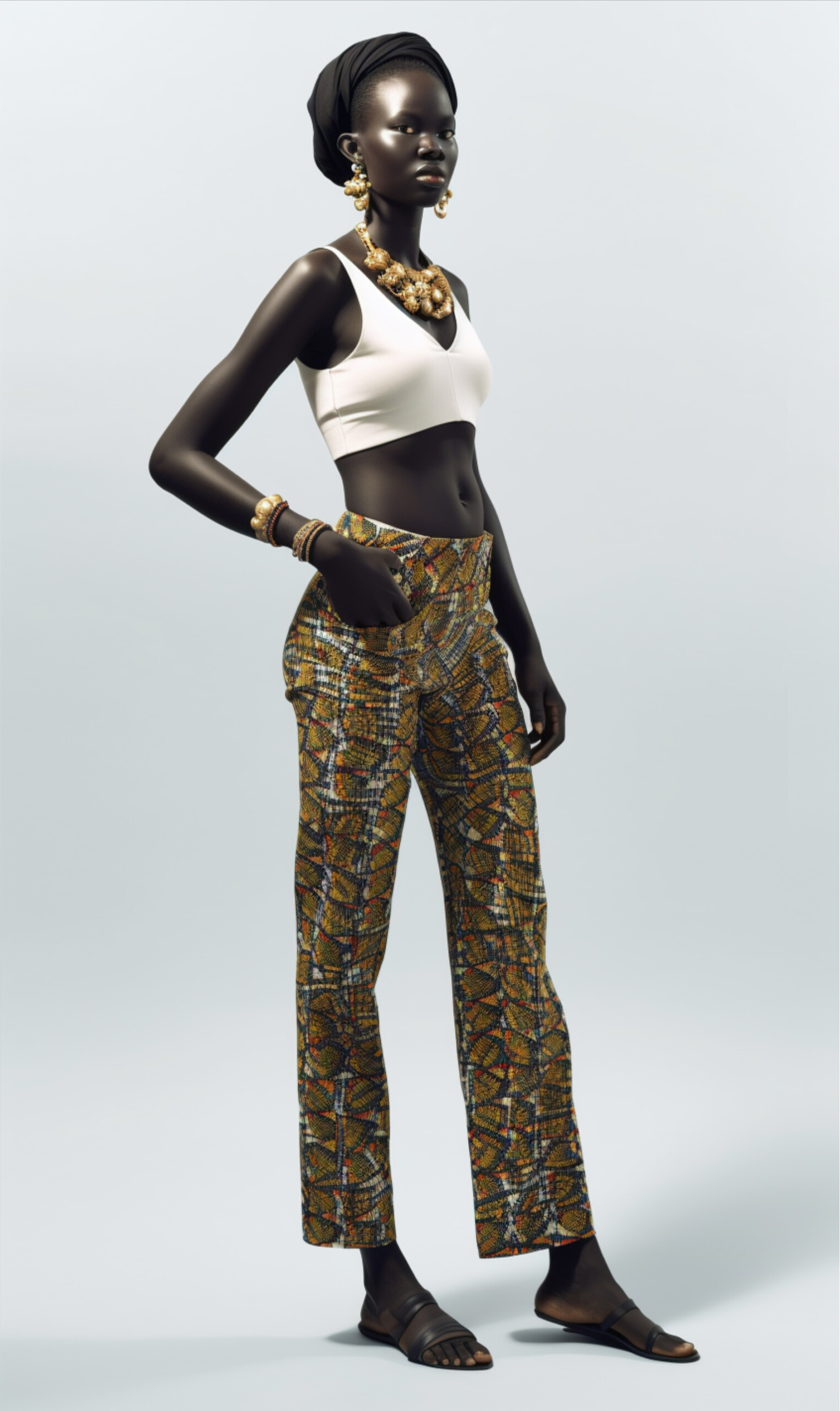
South Sudan
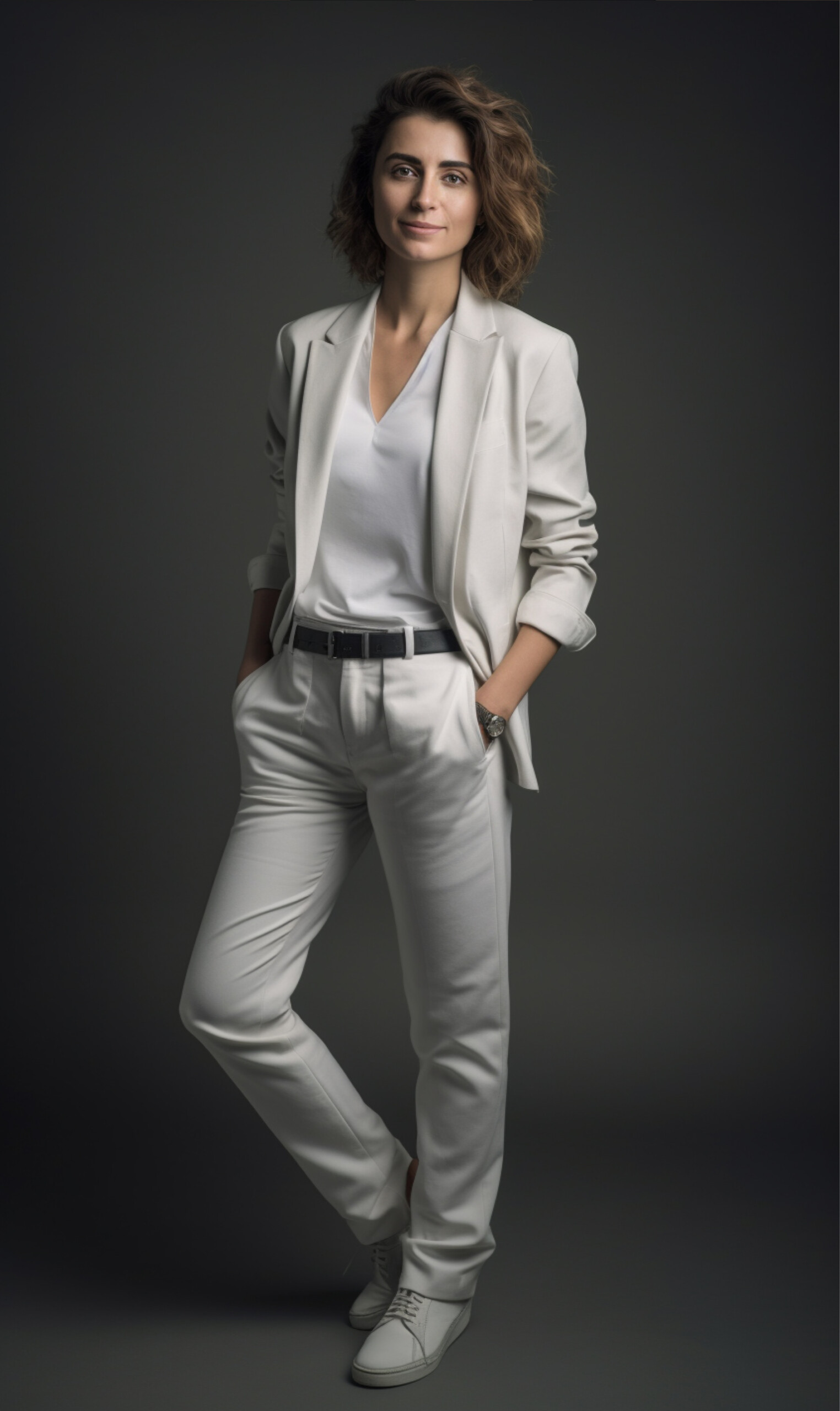
Spain
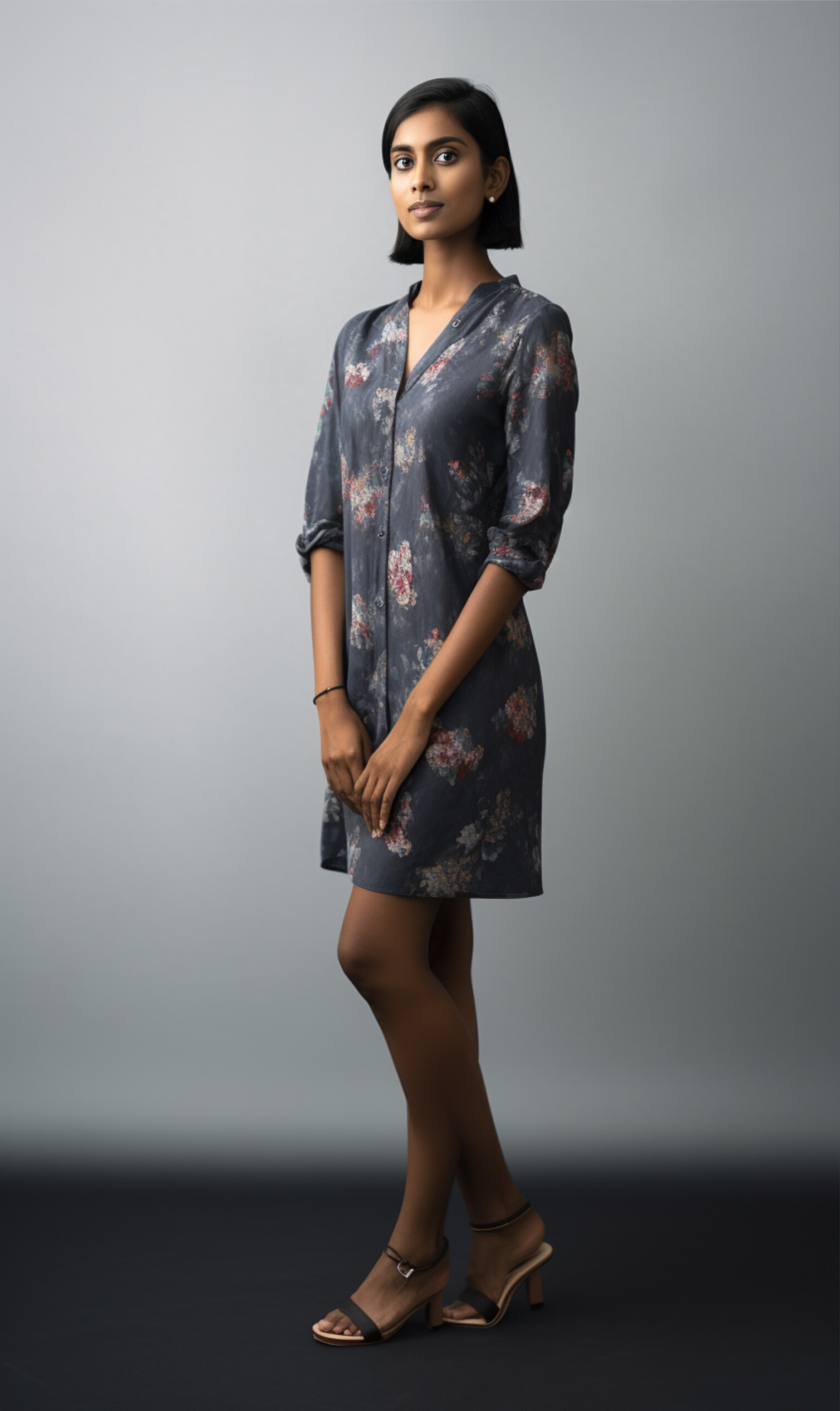
Sri Lanka
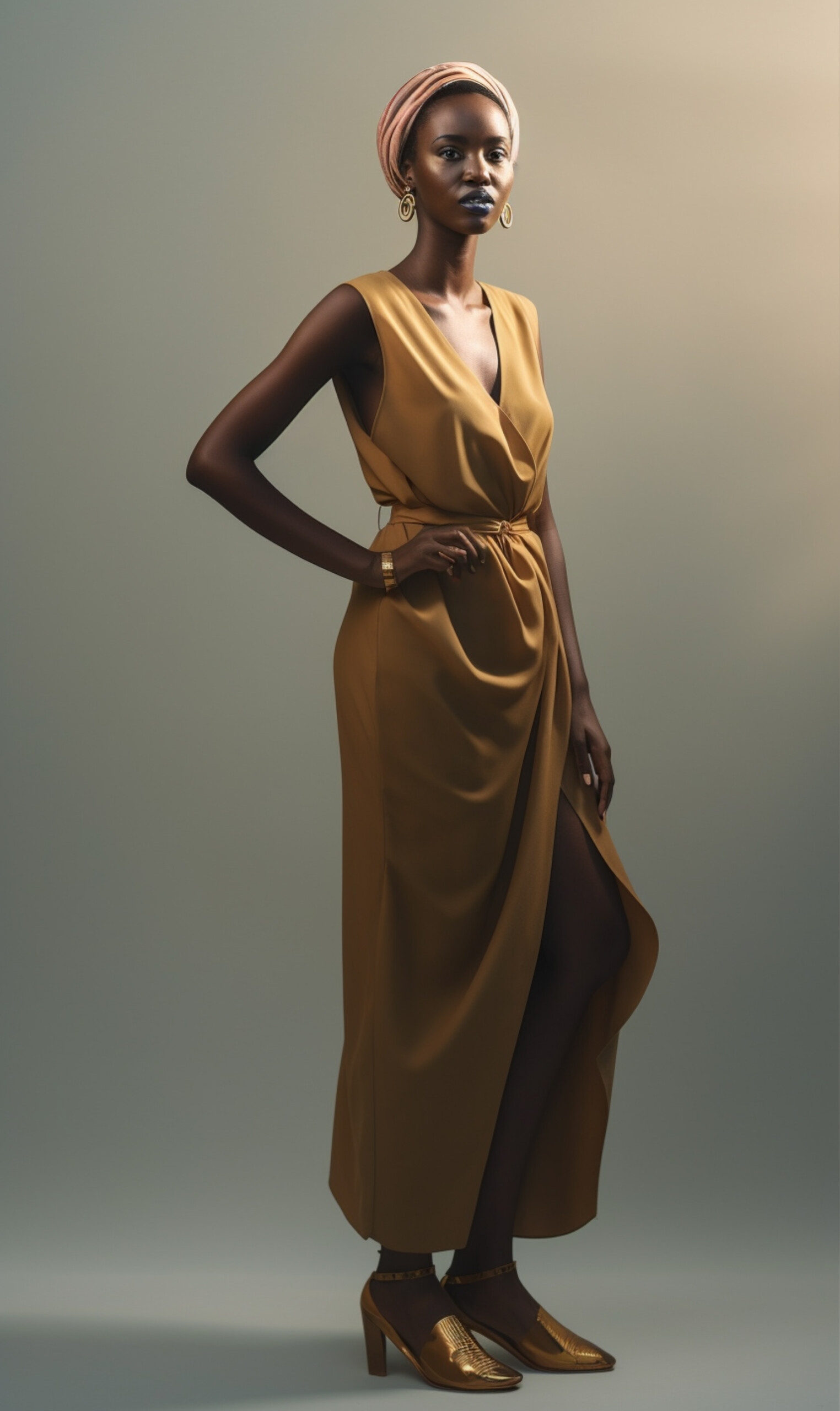
Sudan
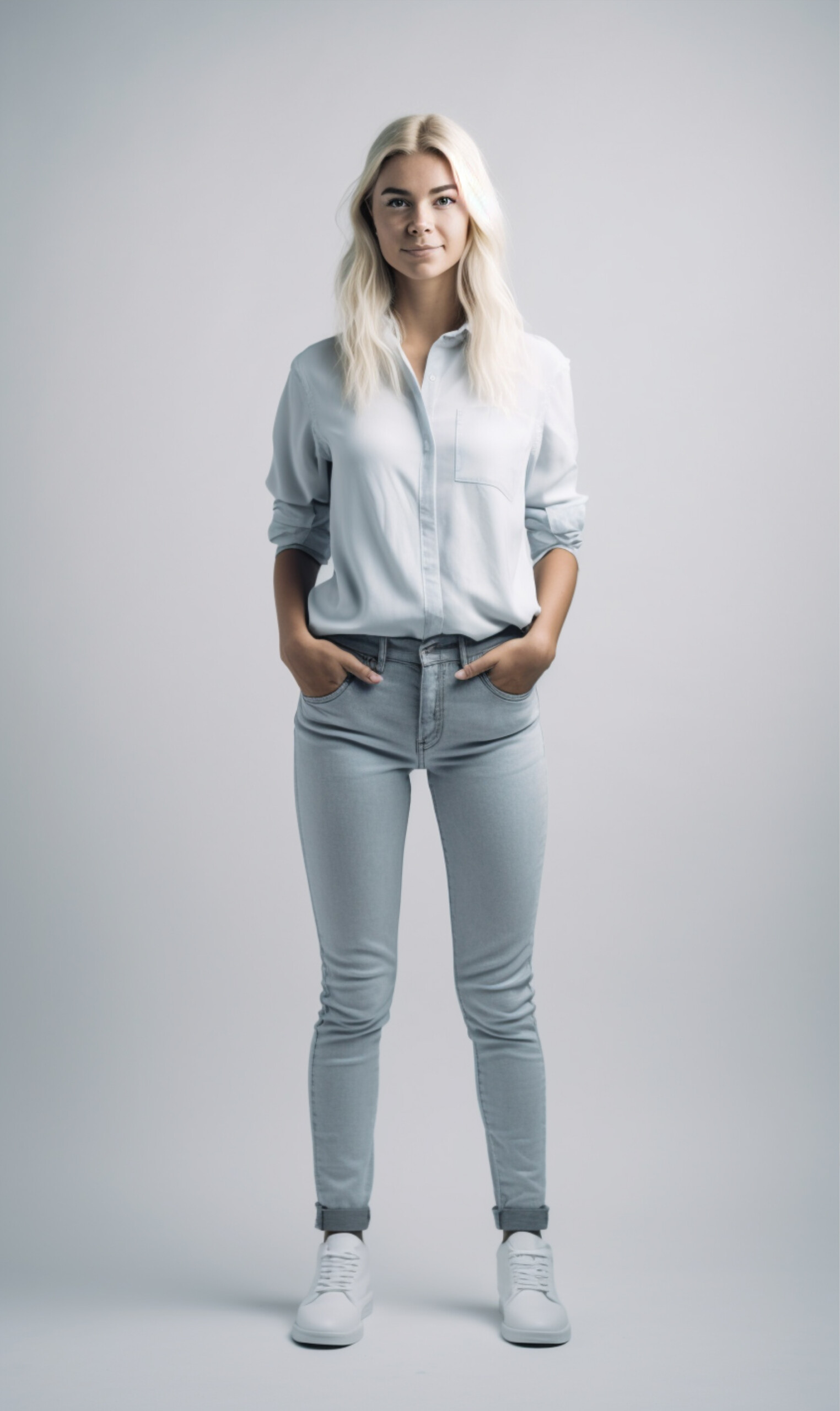
Sweden
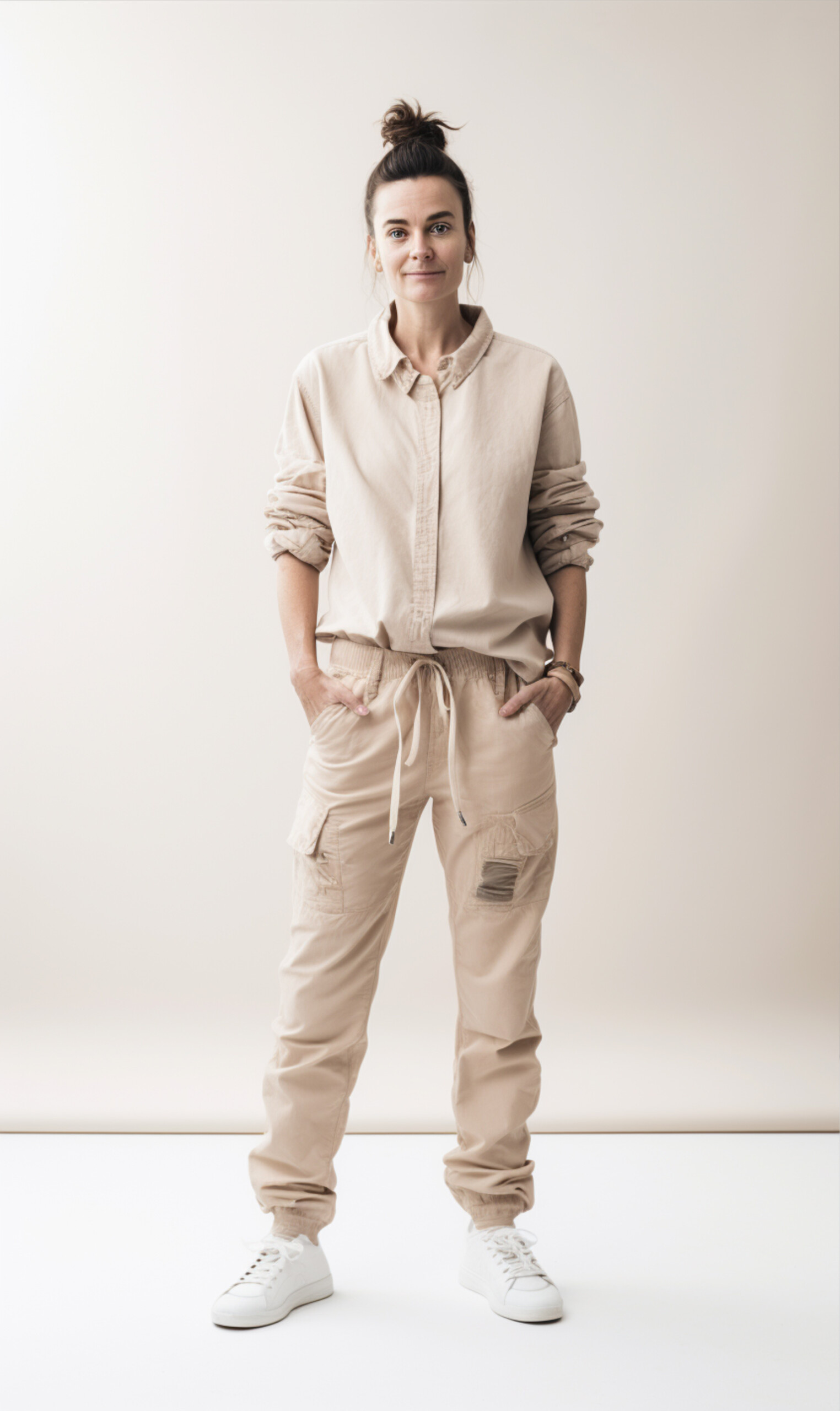
Switzerland
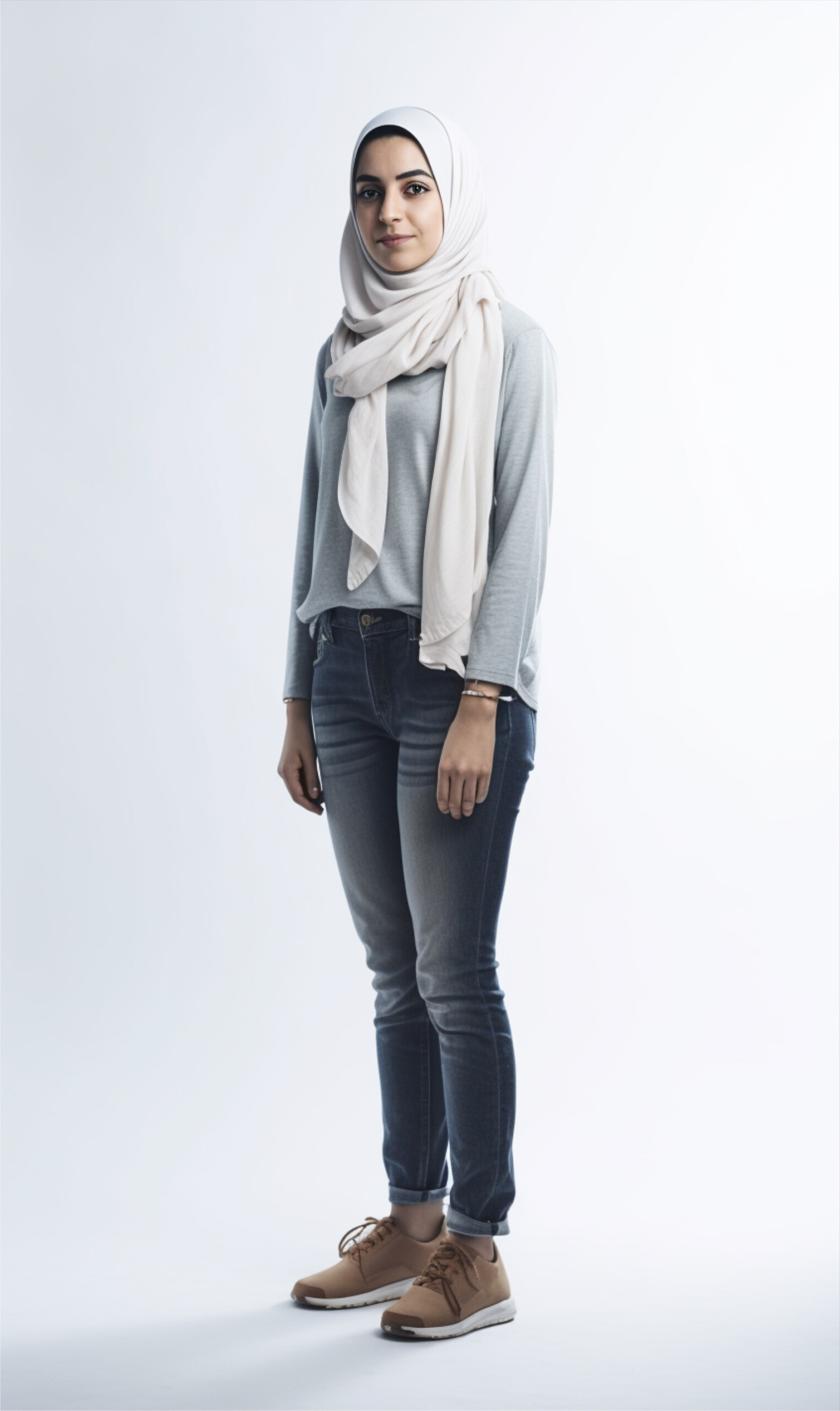
Syria
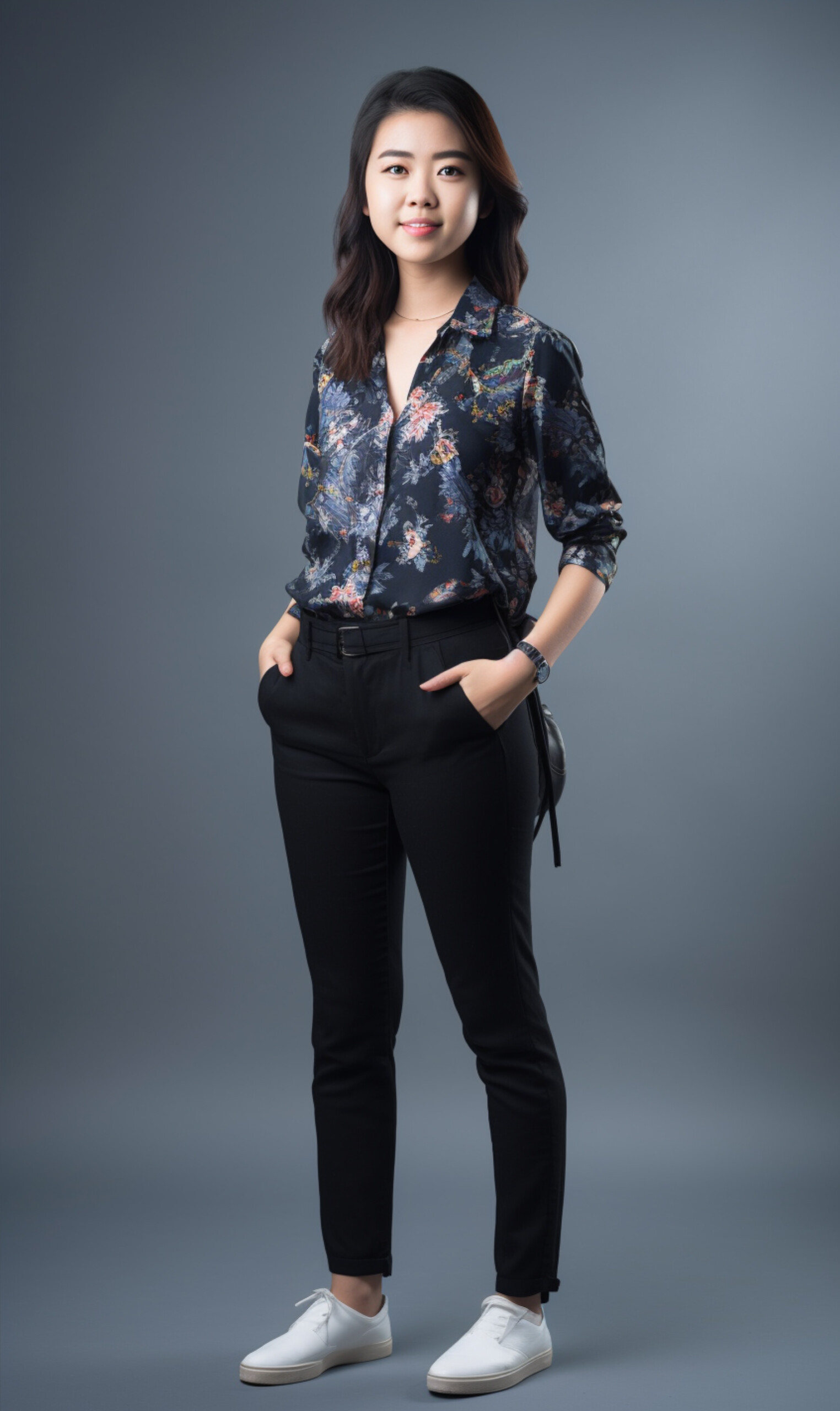
Taiwan
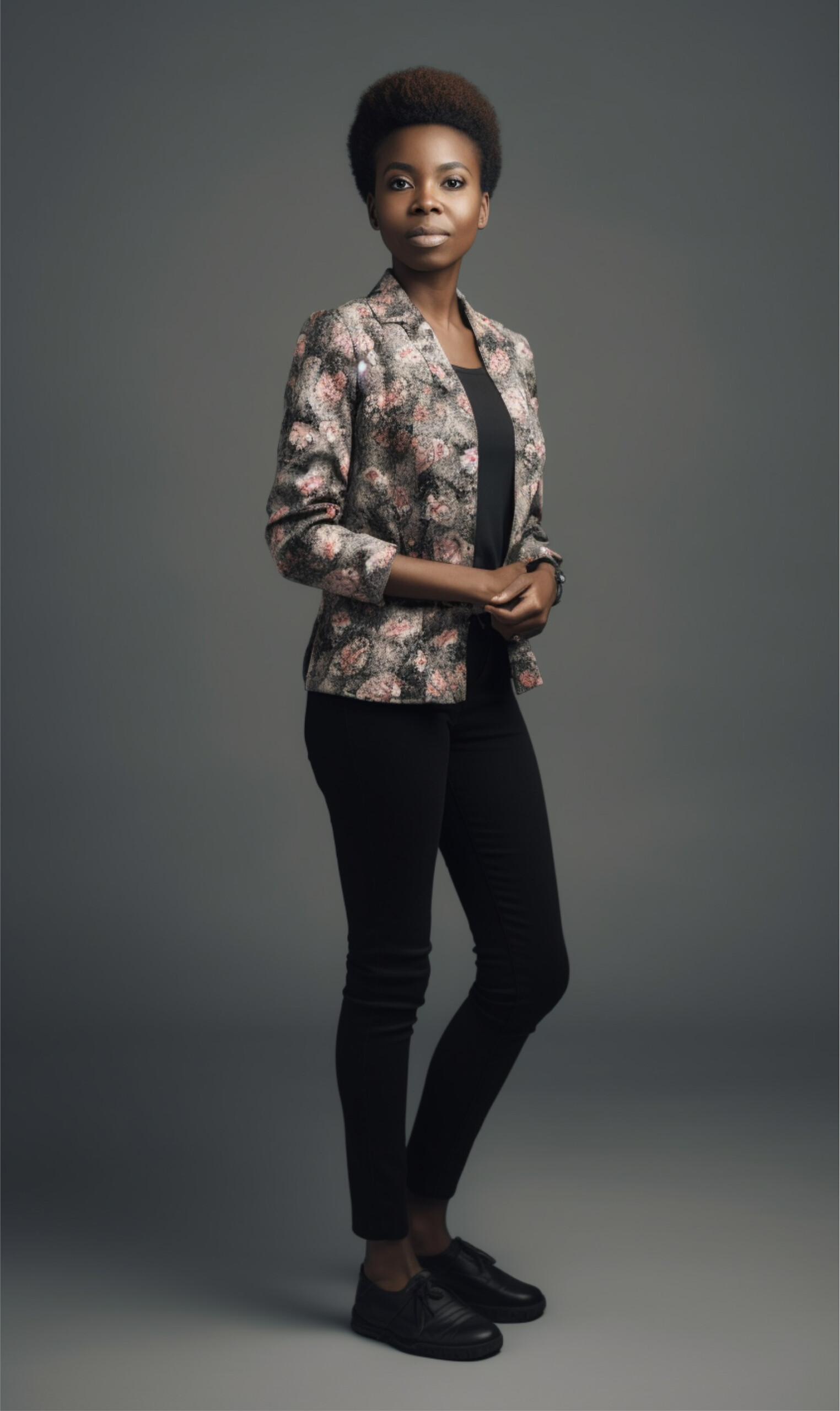
Tanzania
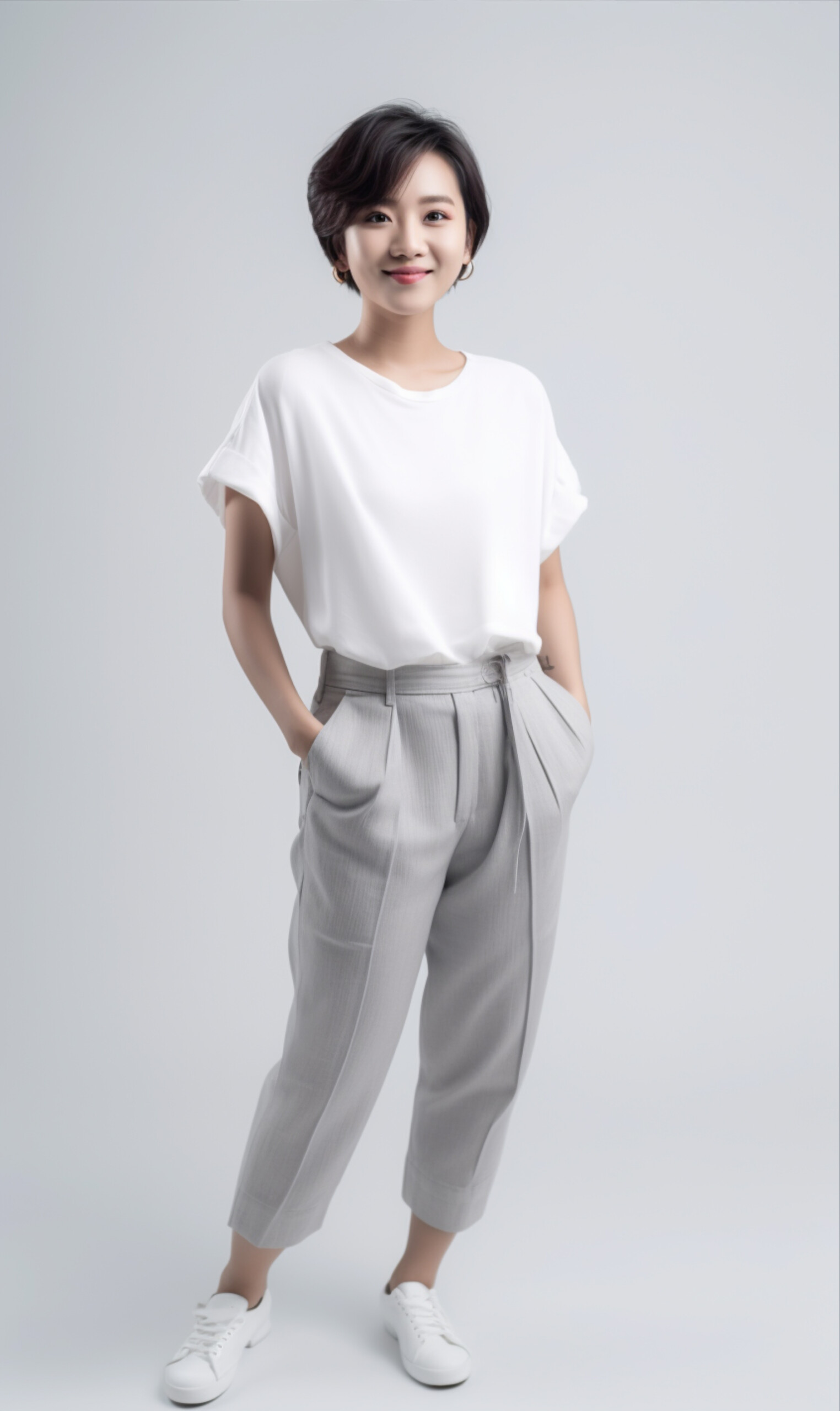
Thailand
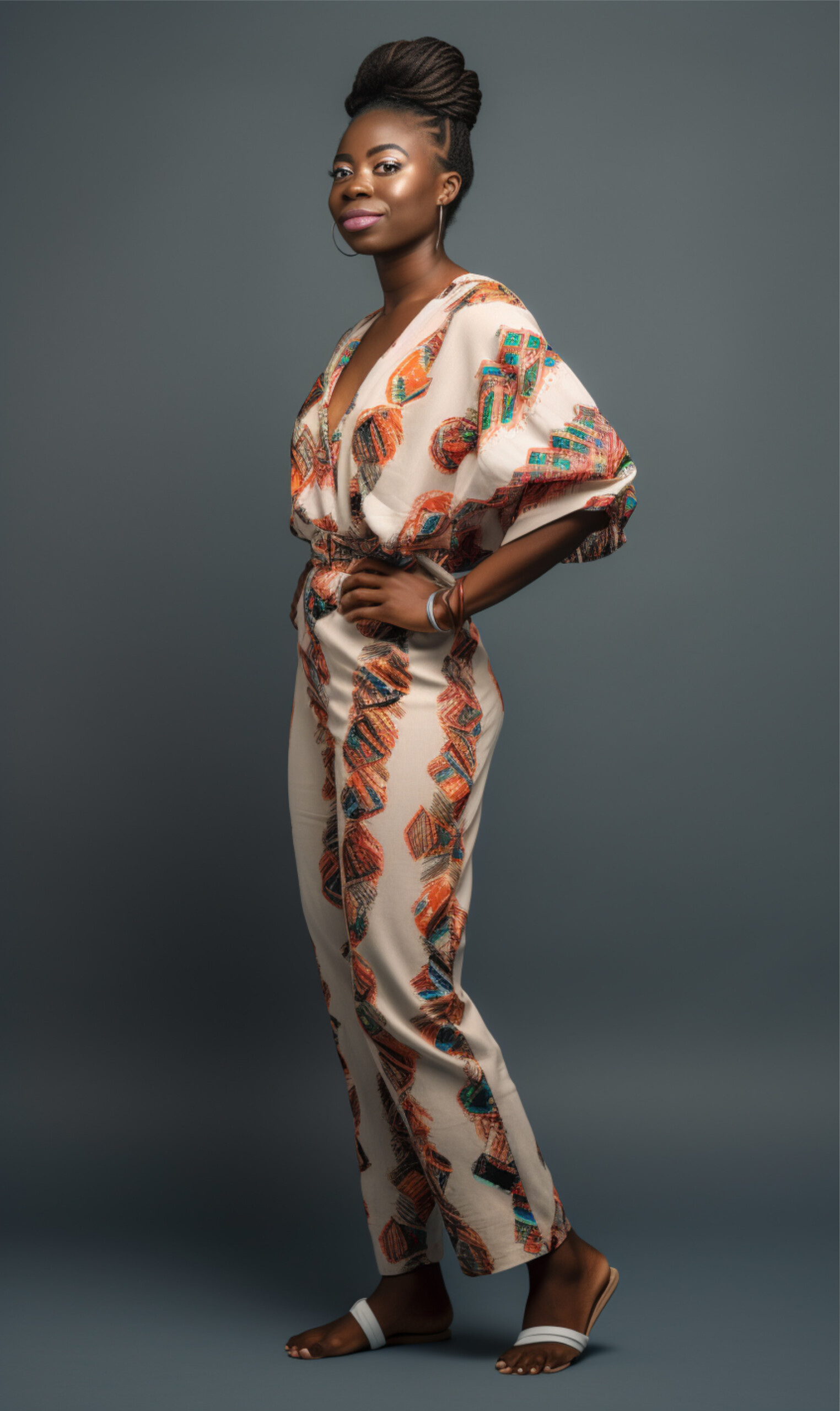
Togo
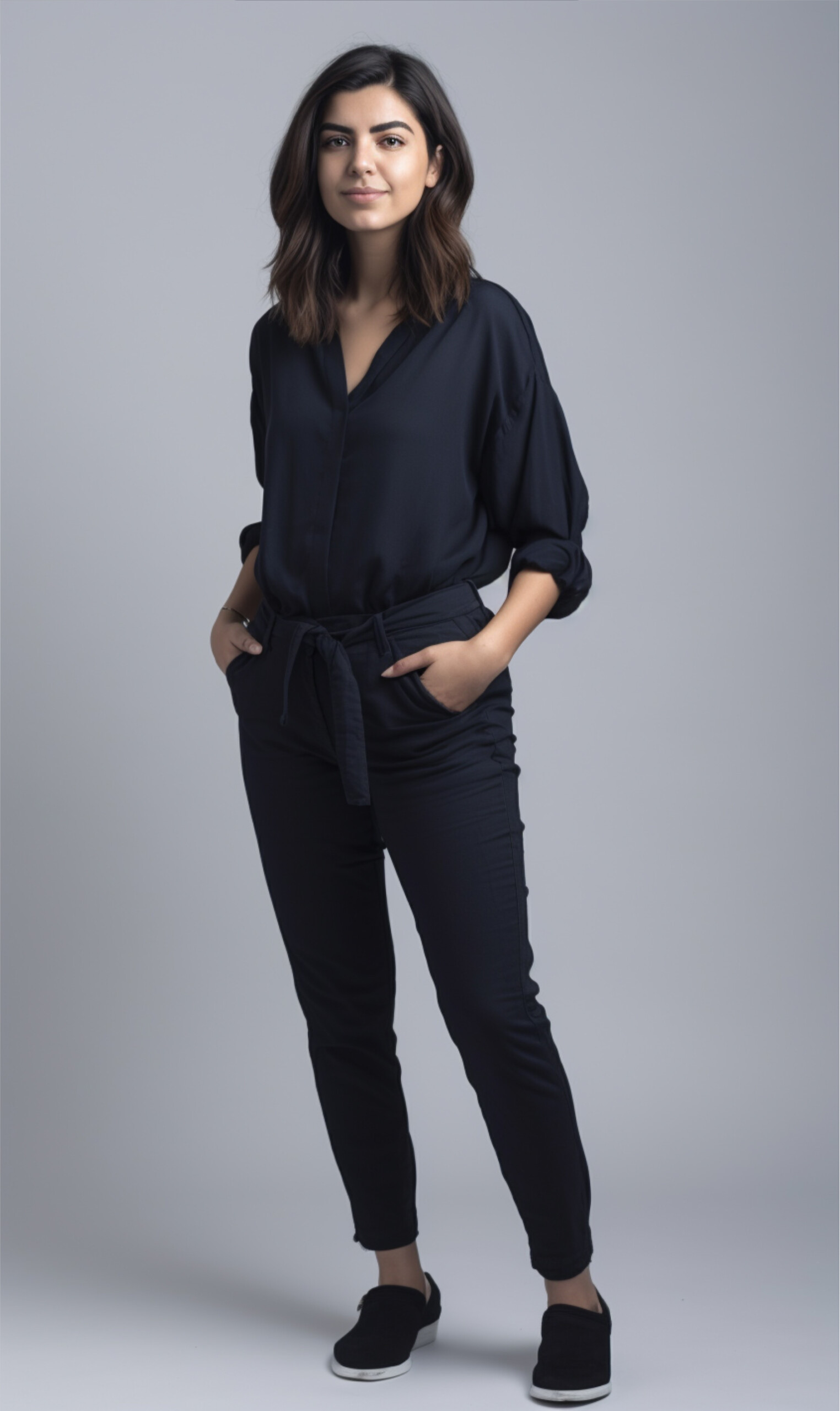
Turkey
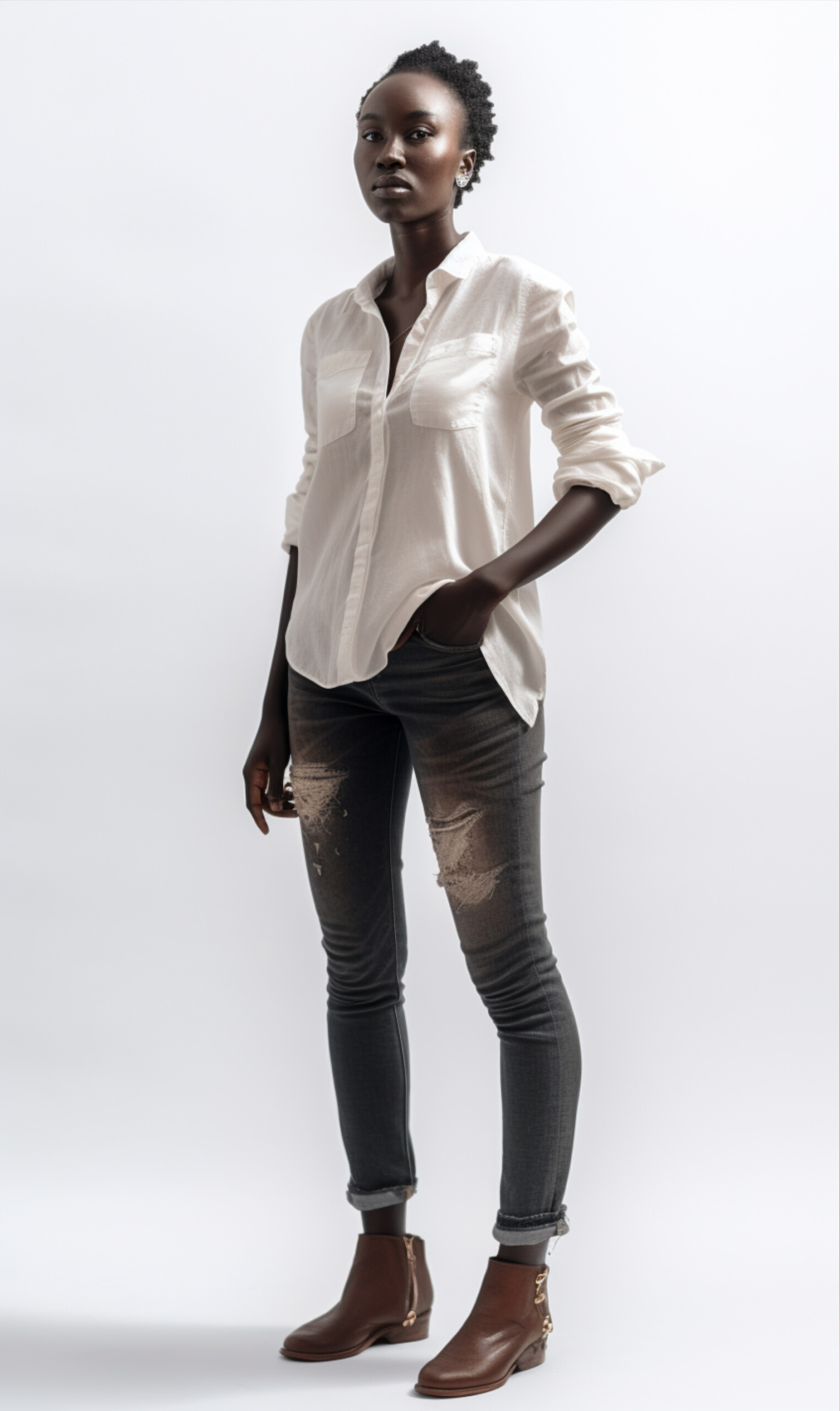
Uganda
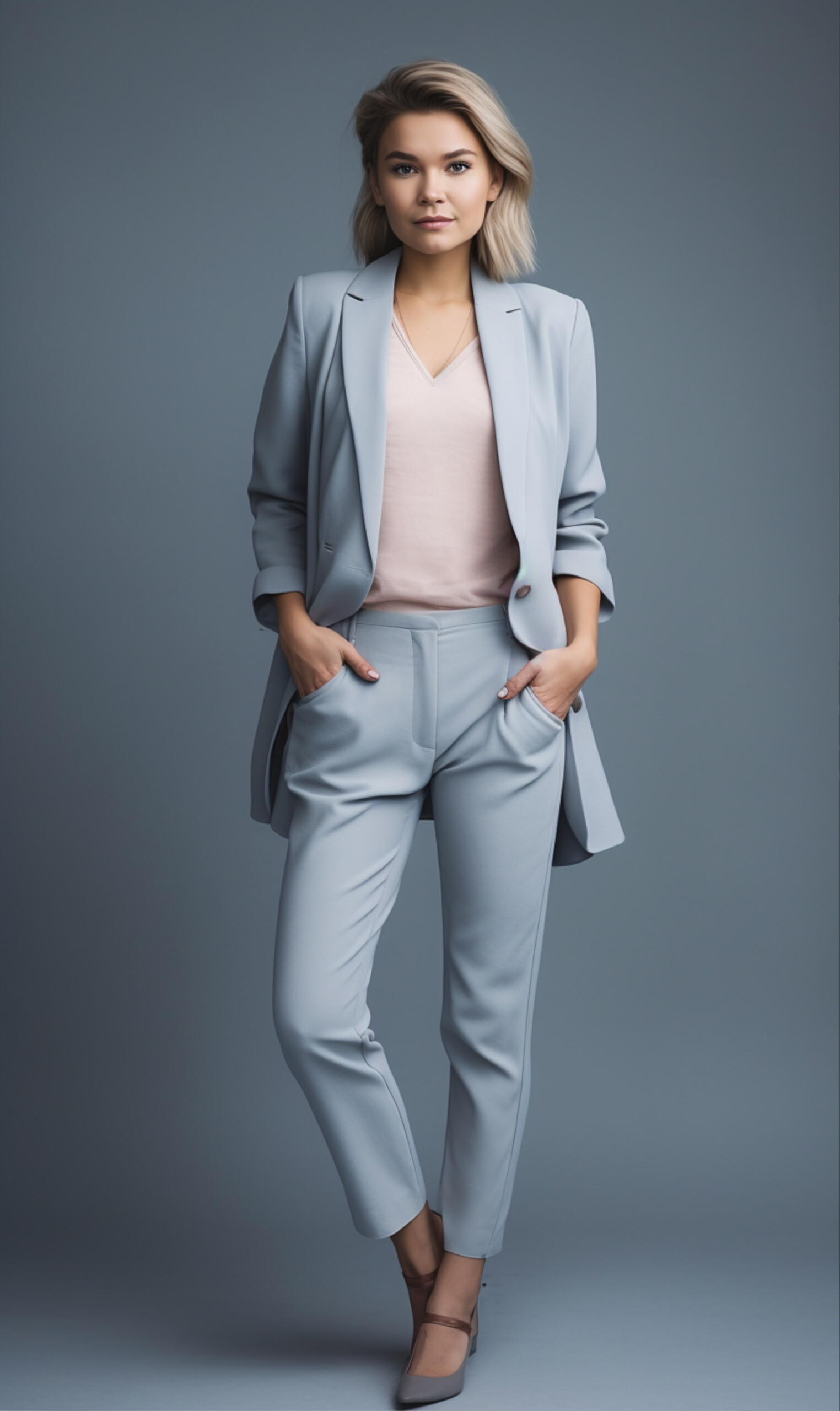
Ukraine
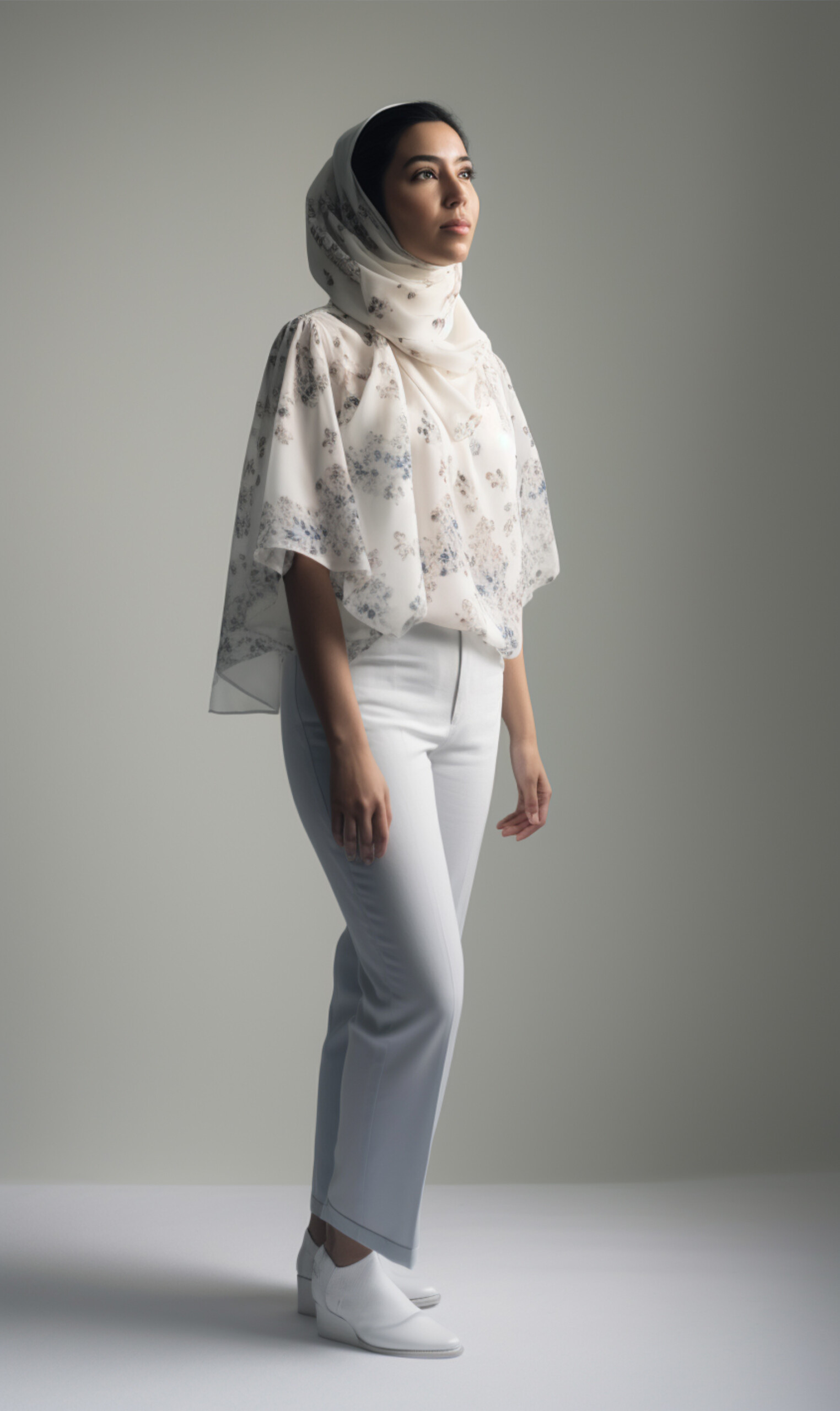
United Arab Emirates
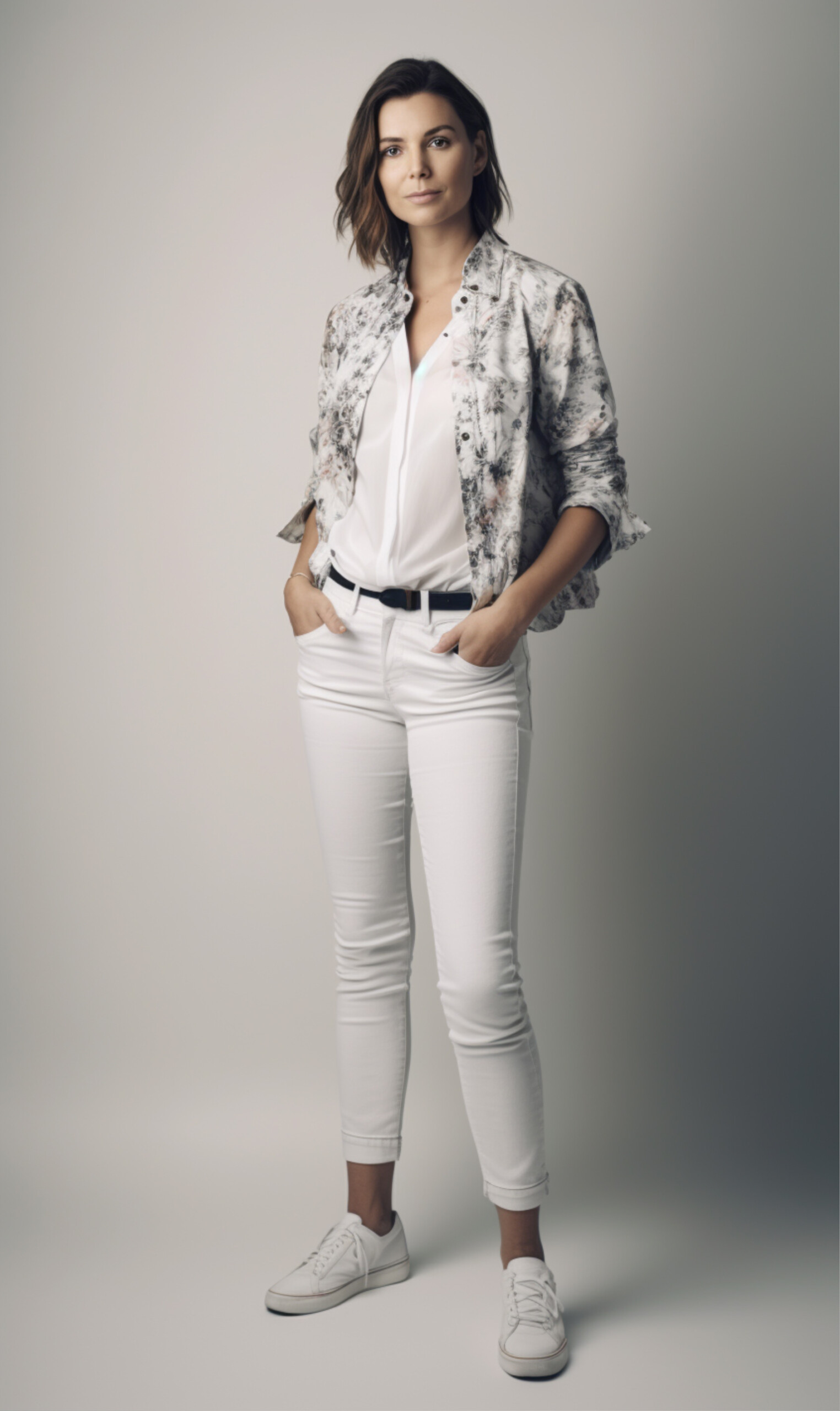
United Kingdom
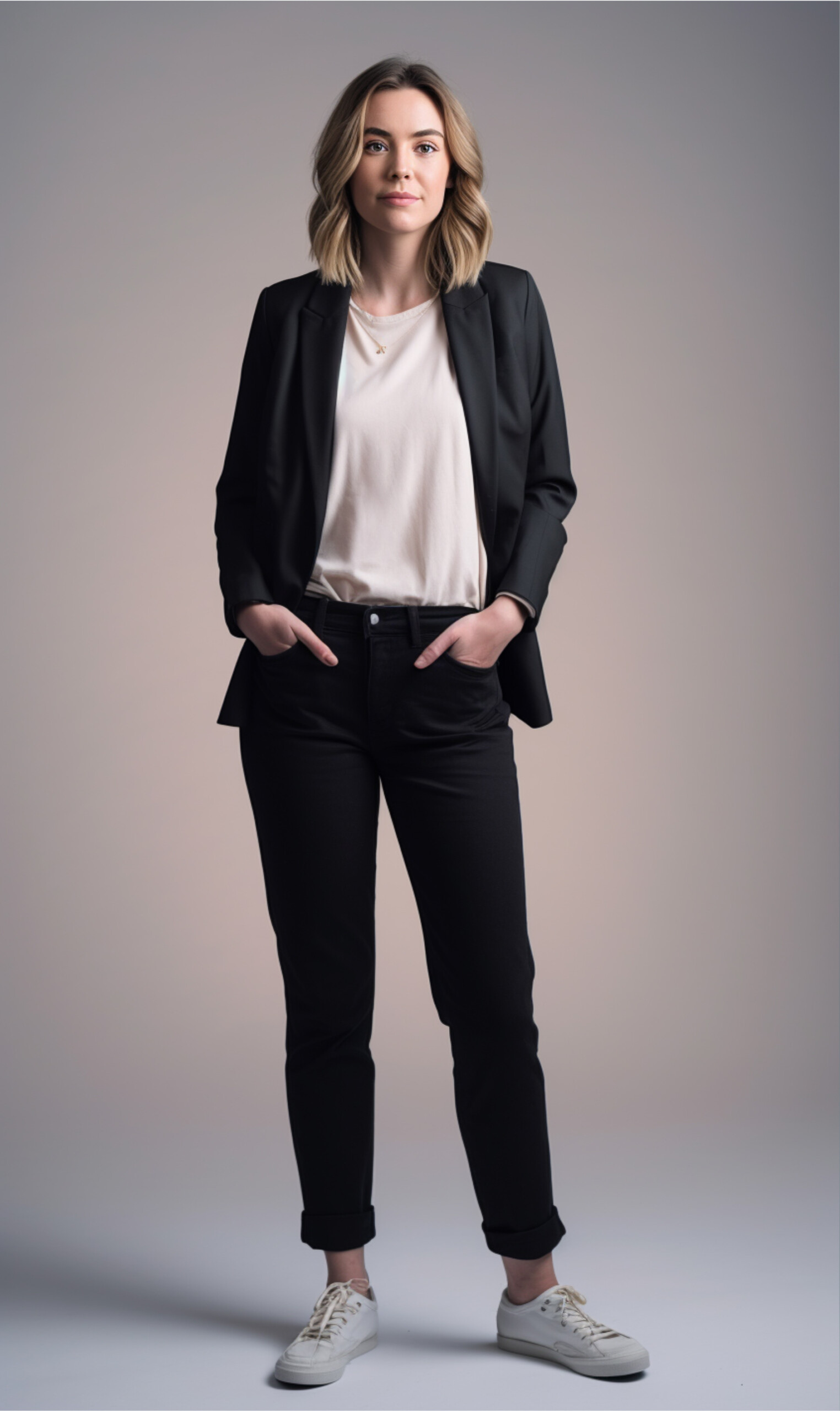
United States
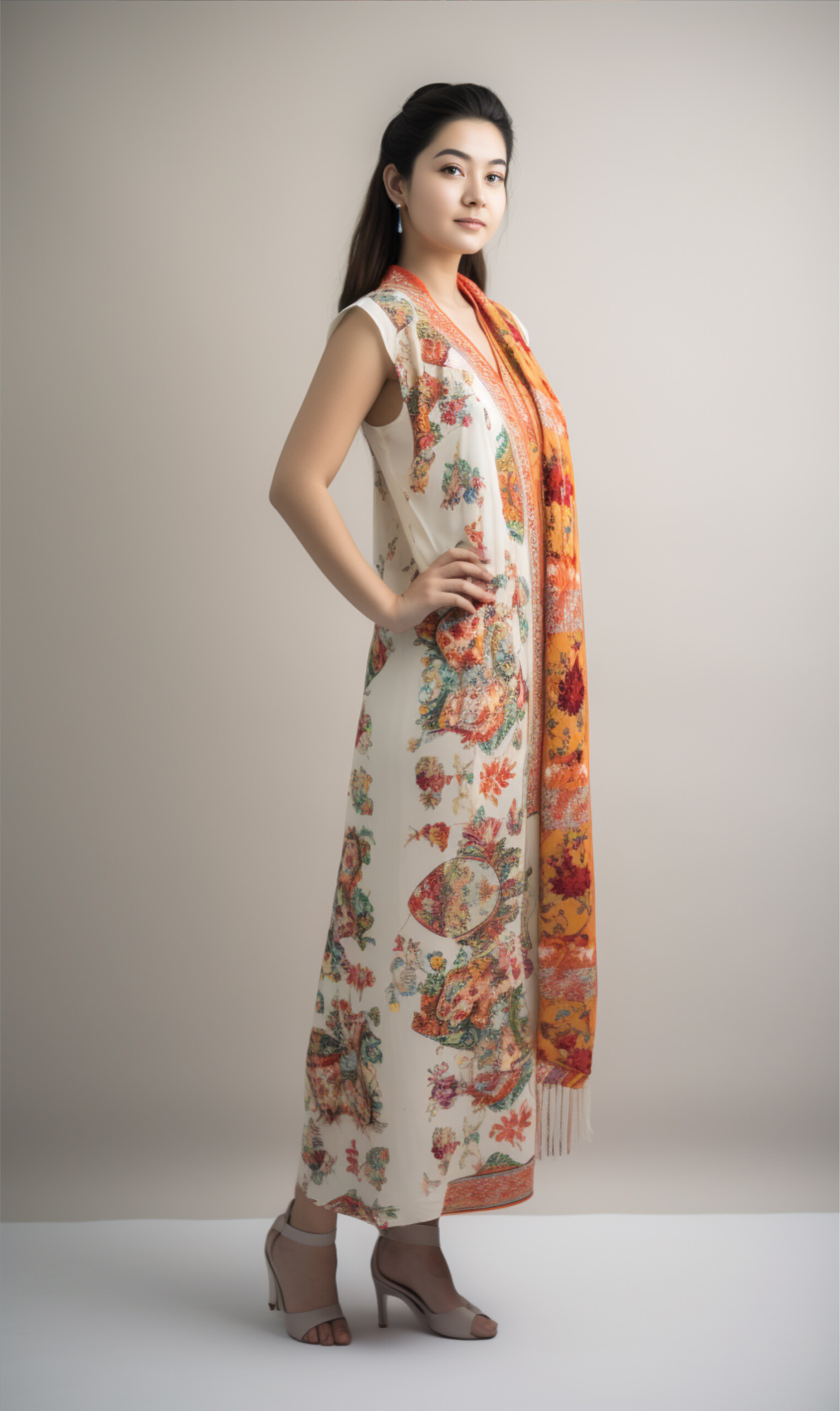
Uzbekistan
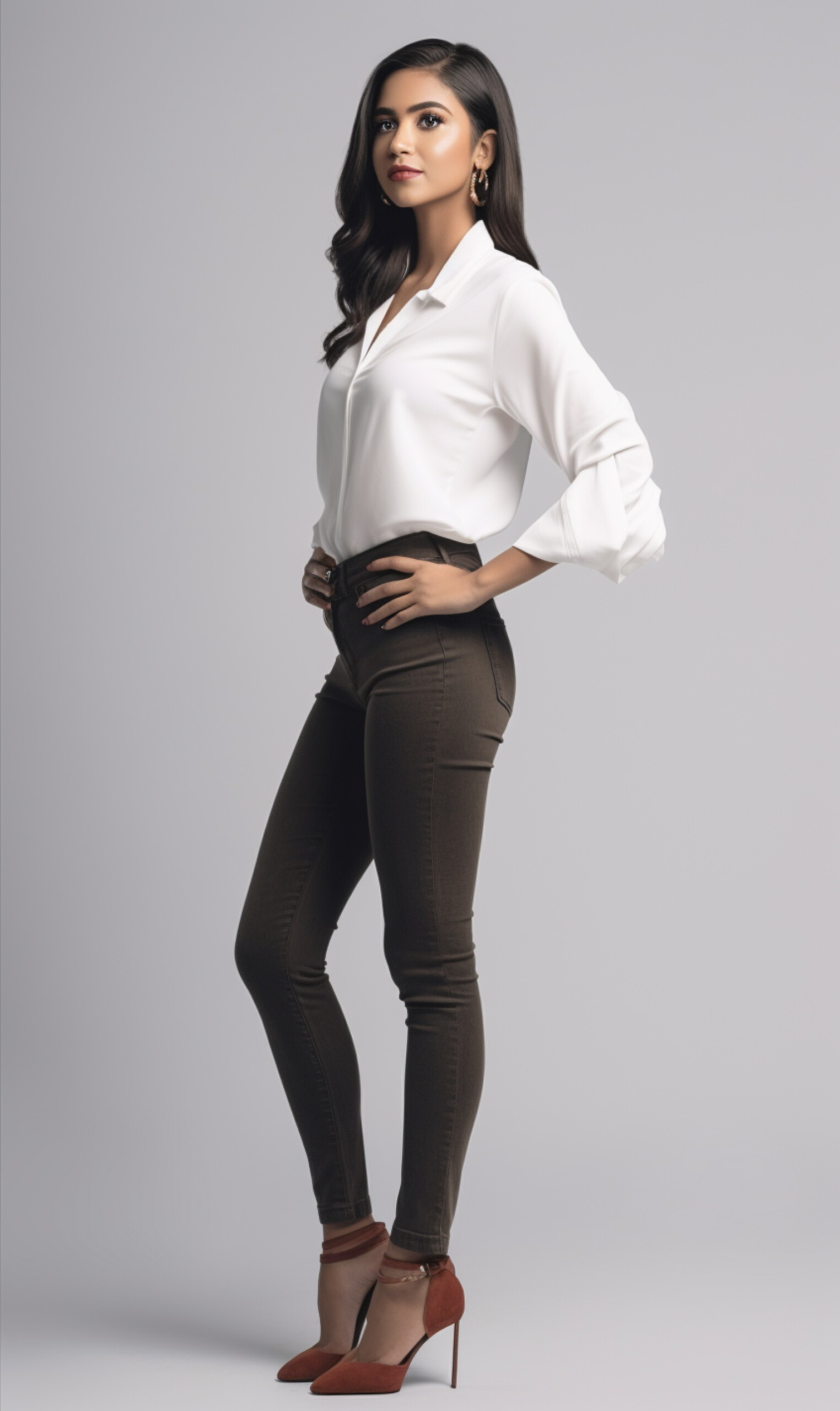
Venezuela
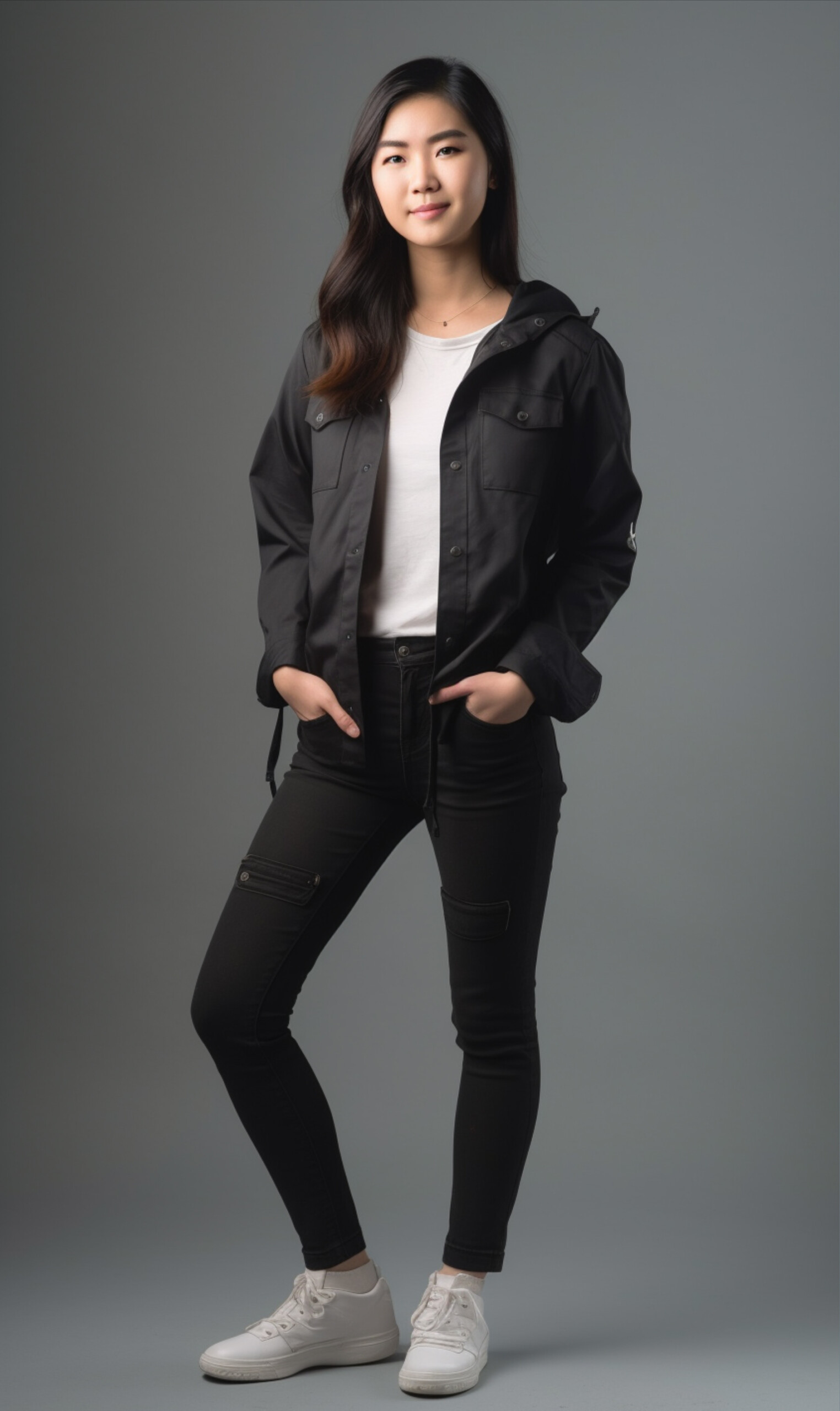
Vietnam
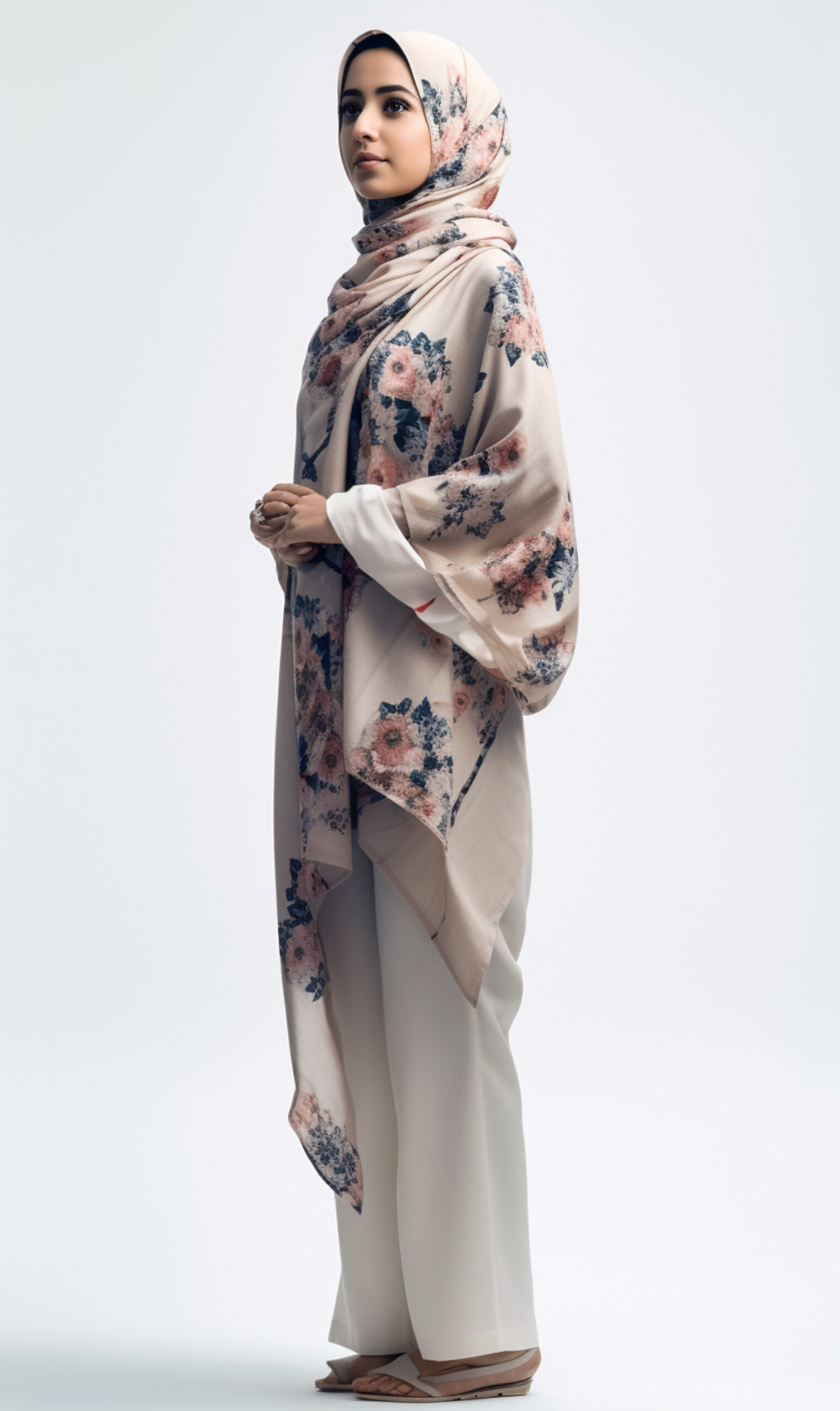
Yemen
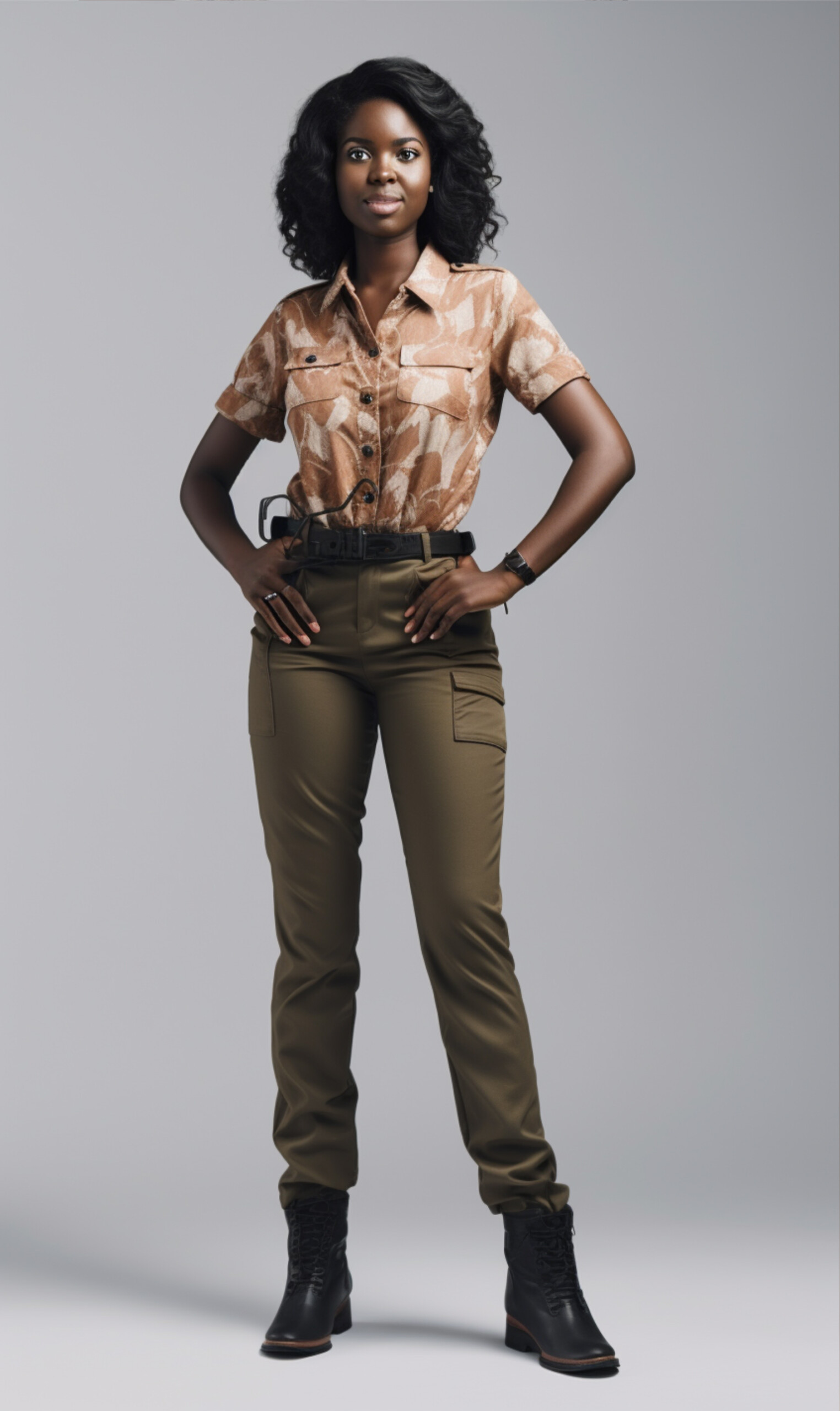
Zambia
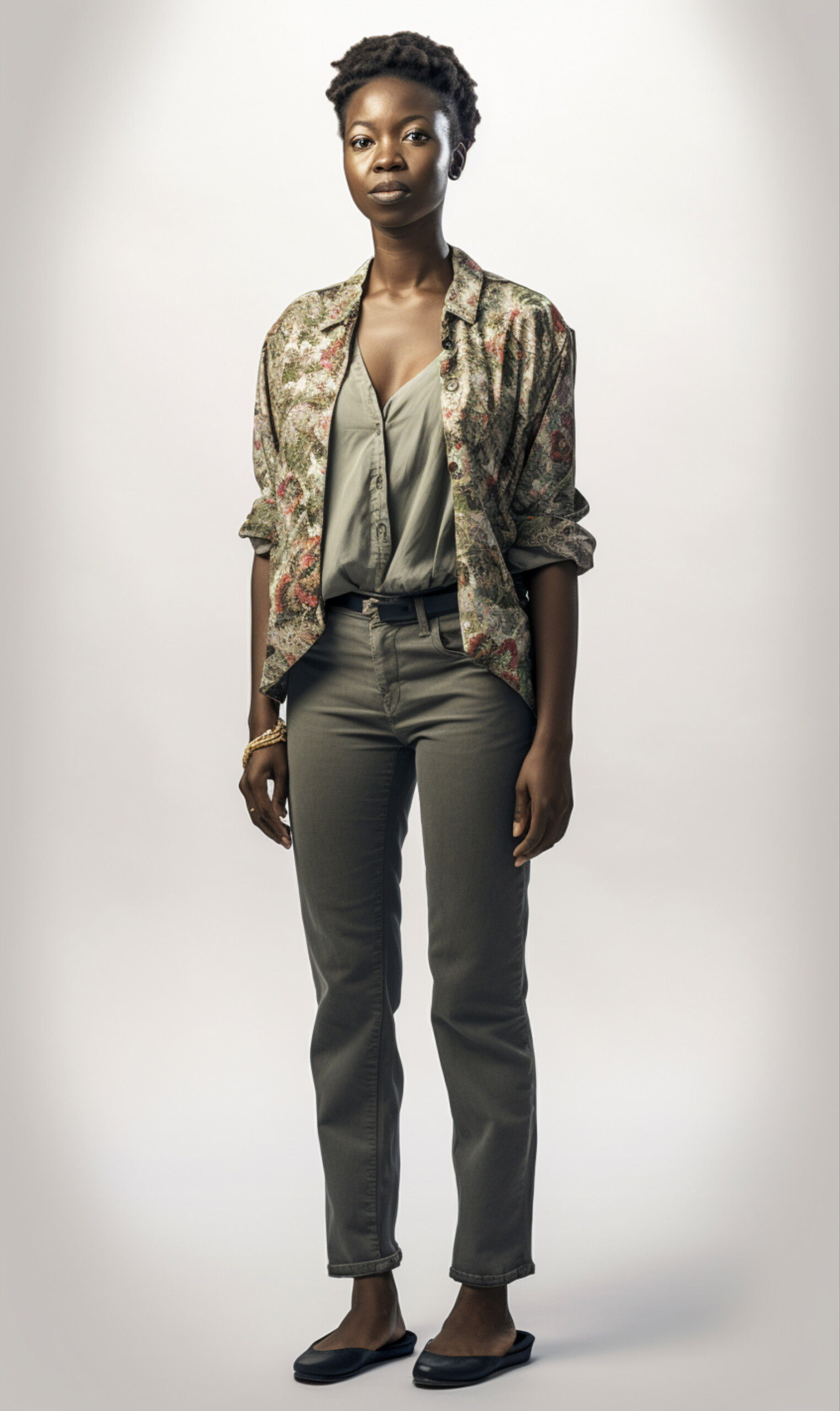
Zimbabwe
AI’s Universal Beauty Standards
Our analysis reveals a striking uniformity in AI-generated beauty standards across the 100 countries tested. AI consistently produced images of women who appear relatively thin and “put together,” though it also managed to incorporate a degree of diversity, predominately in terms of race and cultural clothing, into their overall appearances.
Interestingly, most of the generated women appear with minimal or natural makeup, suggesting that AI does not strictly associate beauty with heavy cosmetics. Additionally, many of the images depict women wearing pants instead of dresses or skirts, challenging traditional gender norms and indicating that AI is programmed to recognize a variety of attire as equally beautiful.
Of course, not all people fit the slender body type favored by AI, nor do they have access to the curated clothing it frequently portrays. As AI-generated content becomes more ubiquitous, it’s important to remember that the AI’s output is a reflection of the patterns it identifies in the data it is given, which is created by humans. This, however, raises important questions about the diversity of the data we feed into such systems, especially in relation to differing beauty standards across cultures in aspects such as body type, clothing, and more.
How AI Shows Intricacies Across Cultures
Our findings highlight AI’s impressive ability to capture the intricate nuances of various cultures through women’s clothing. As anticipated, AI tailored the attire to align with each country’s cultural background, showcasing an array of styles and traditions.
Women in some Middle Eastern countries such as UAE, Yemen, and Syria are depicted wearing hijab while women in African countries like Madagascar, Mali, and South Sudan appear wearing headscarves.
The generated outfits display a vibrant spectrum of cultural styles, ranging from the colorful and bold patterns of Bolivian clothing, to the minimalistic and sleek designs found in countries like Denmark and Italy. This demonstrates AI’s capability to identify and represent the diverse manifestations of beauty across the globe.
Define Your Own Beauty
Our exploration of AI-generated images demonstrates both the potential and the limitations of artificial intelligence in capturing diverse beauty standards. While AI does exhibit a surprising balance in certain aspects, such as minimal makeup and diverse attire, it also reveals preferences related to body types and cultural associations like hairstyles.
Our study underscores the significant role we play in shaping technology, especially as it becomes more integrated into our lives. Given that AI systems operate based on human-input data, our responsibility extends to ensuring that this data represents a diverse range of perspectives.
In the pursuit of defining one’s own beauty, brands like StyleSeat are leading the way toward embracing diversity in the beauty industry. They do this by representing a broad array of styles, encouraging each individual to celebrate their unique aesthetic preferences.
StyleSeat connects you with stylists who not only understand but also cater to your distinct tastes. This personalized approach ensures every individual is valued and adequately represented. Through StyleSeat, we are encouraged to define our own aesthetic standards, thus fostering a more inclusive and diverse understanding of beauty.
Methodology
All images in this study were generated using Midjourney.
To generate images of “beautiful women” across 100 countries, we used the following prompt:
“photorealistic full-length portrait photo, beautiful woman from [country], standing full body facing camera, standing against a bright white backdrop, hyper detailed, Sony a7iv 85mm f1.0, bokeh, anamorphic –ar 3:5 –q 2 –v 5”
Here’s that prompt broken down:
- “Photorealistic” and “hyper detailed” gave us photo-like images that look very real at first glance. Without these terms, the images generated were more artistic and cartoon-like.
- “Full-length portrait,” “standing full body facing camera,” and “standing against a bright white backdrop” allowed each image to appear standing. Without these terms, the women were often sitting or only appeared from the waist up.
- “ Sony a7iv 85mm f1.0” is the camera and lens type, further telling the AI image generator that we wanted very realistic images.
- “Bokeh” tells the AI generator that we wanted the woman to be the main focus of the image.
- “Anamorphic” tells the AI image generator that we wanted a widened field of view that captures the entire woman.
- “Ar 3:5” refers to the aspect ratio.
- “”Q2” heightens the quality of the image produced.
- “V 5” tells the AI generator that it should use the latest version of its abilities.
Midjourney produces four images per prompt. Therefore, we had to decide how to fairly choose one image to represent each prompt. Here are the four criteria we used to choose each image, in order of importance:
- Full bodies only: Though we reinforced “full body” in our prompt, there were typically one to two images per response that were not images of full bodies.
- Neutral backgrounds: Though we included the term “bright white backdrop,” the image generator did not always produce all four images with this type of background. Sometimes the women appeared to be in a bustling crowd or even in a photography studio with cameras in the background.
- Most realistic looking: Typically, at least one of the results would look artistic or cartoon-like. For the purposes of this study, we wanted only to include the most realistic looking images.
- Top-left image: When possible, we chose the top-left image as this is the “result” we deemed as the “most confident” answer from the AI generator. This criteria falls near the bottom of our list because often, the top-left image was not one featuring a full body, had a busy background, looked like a cartoon, and so on.
